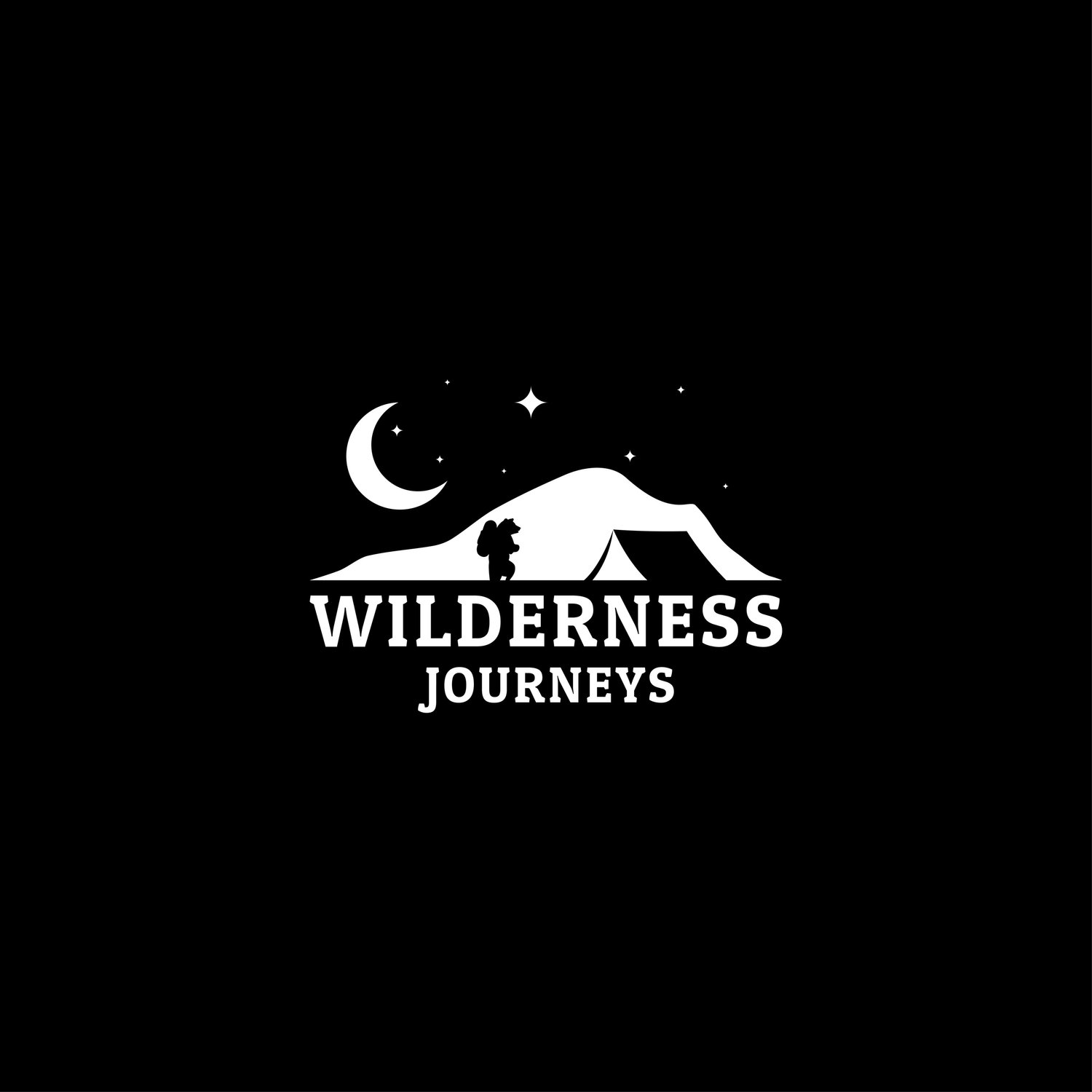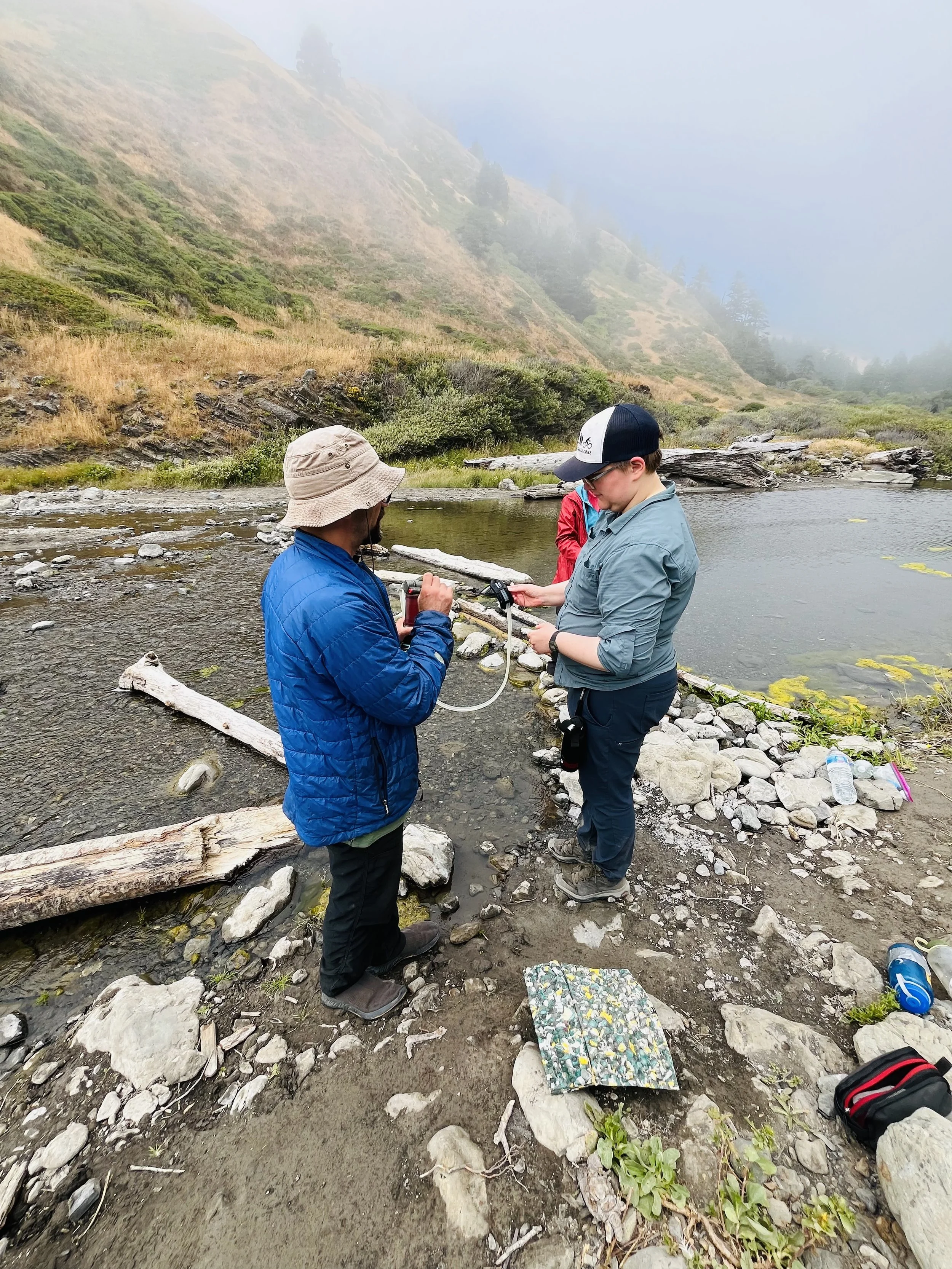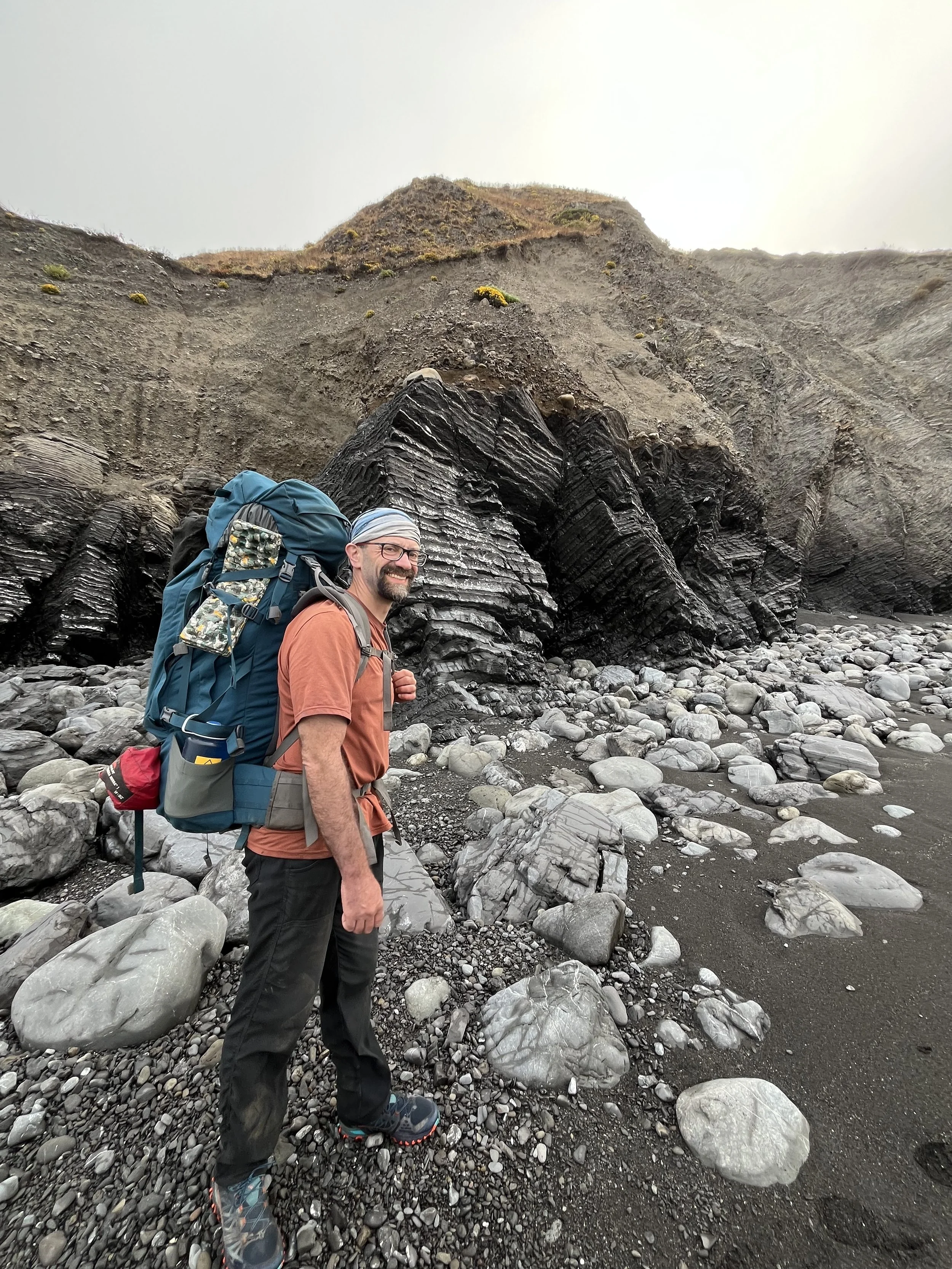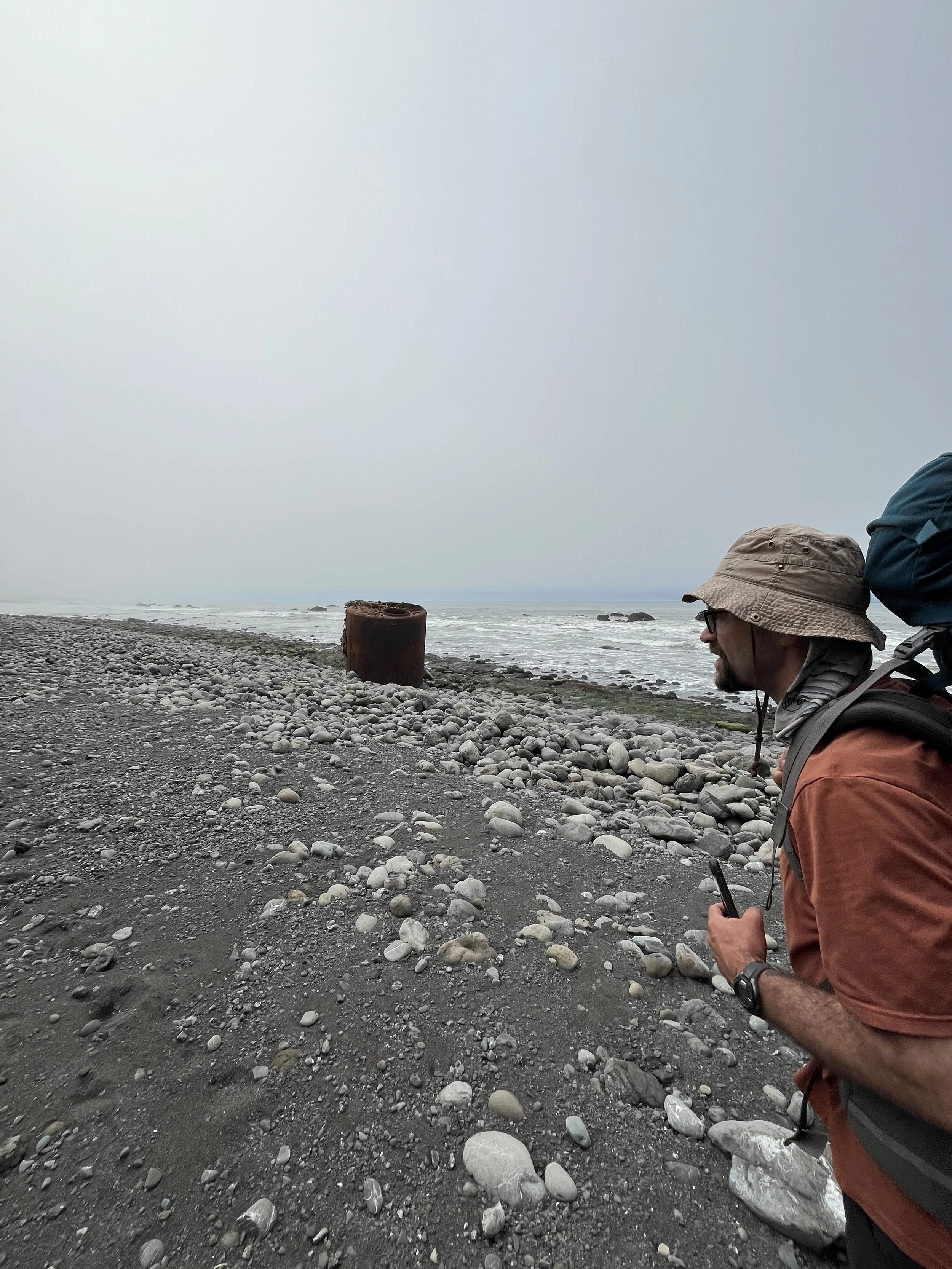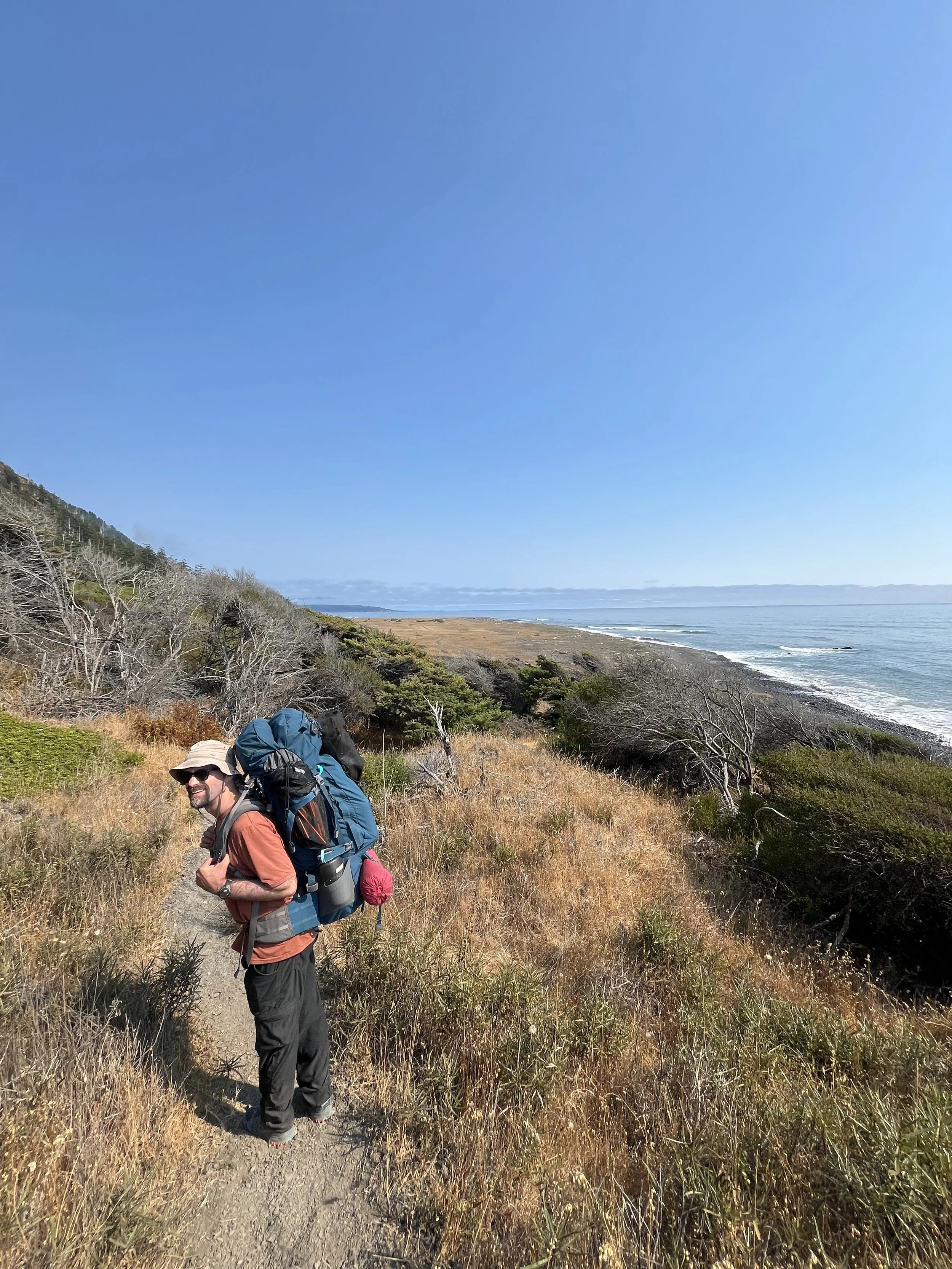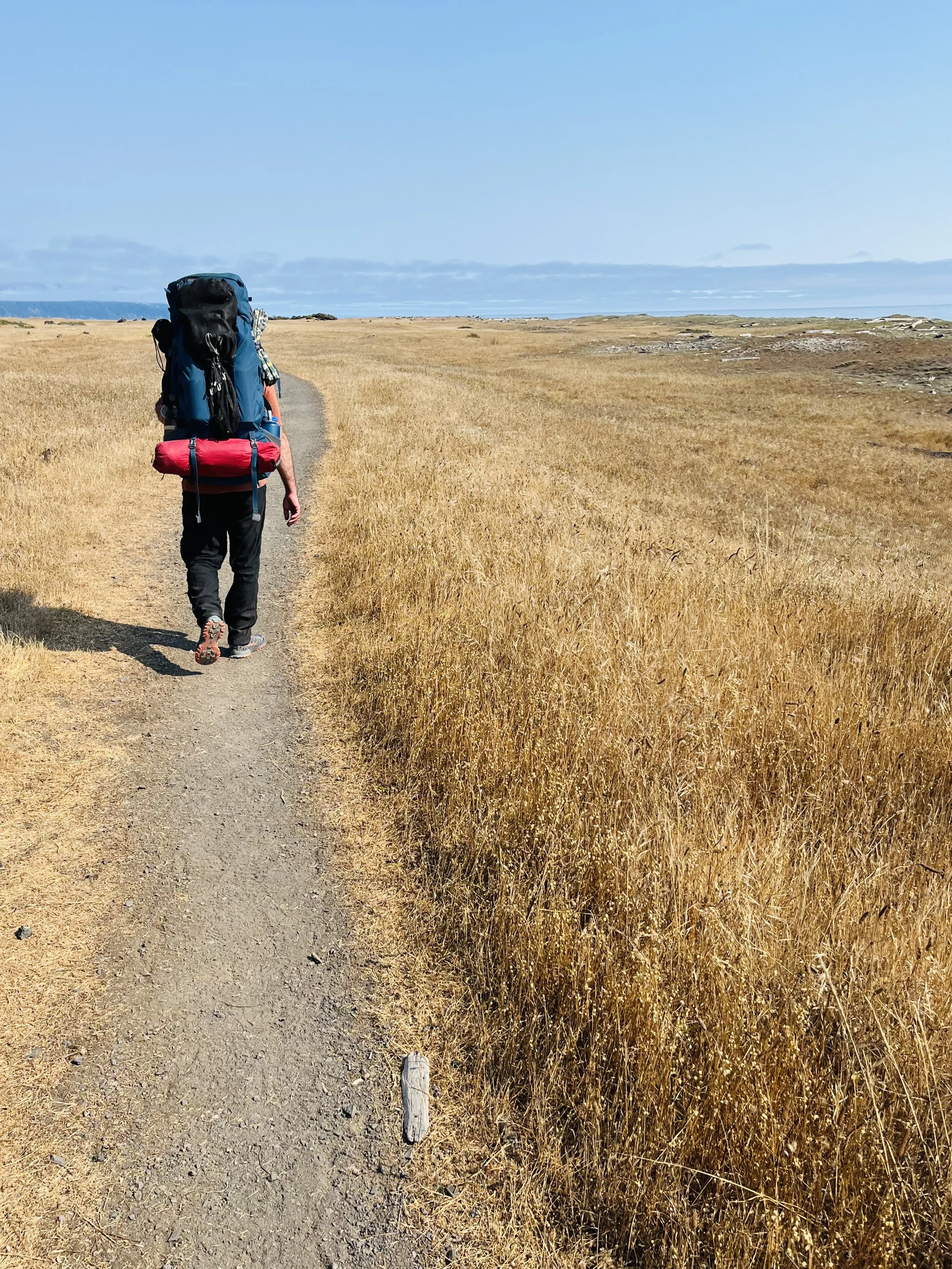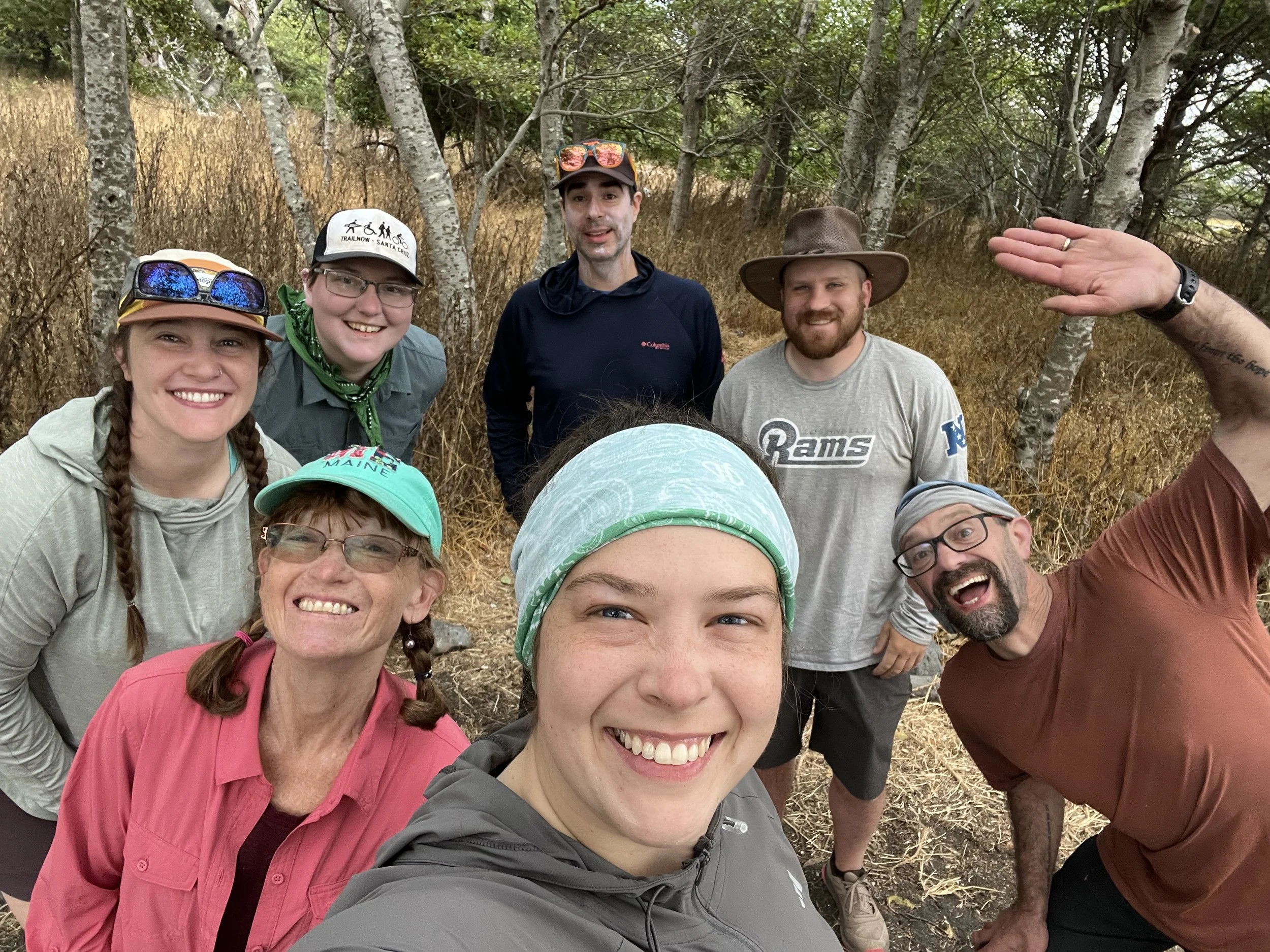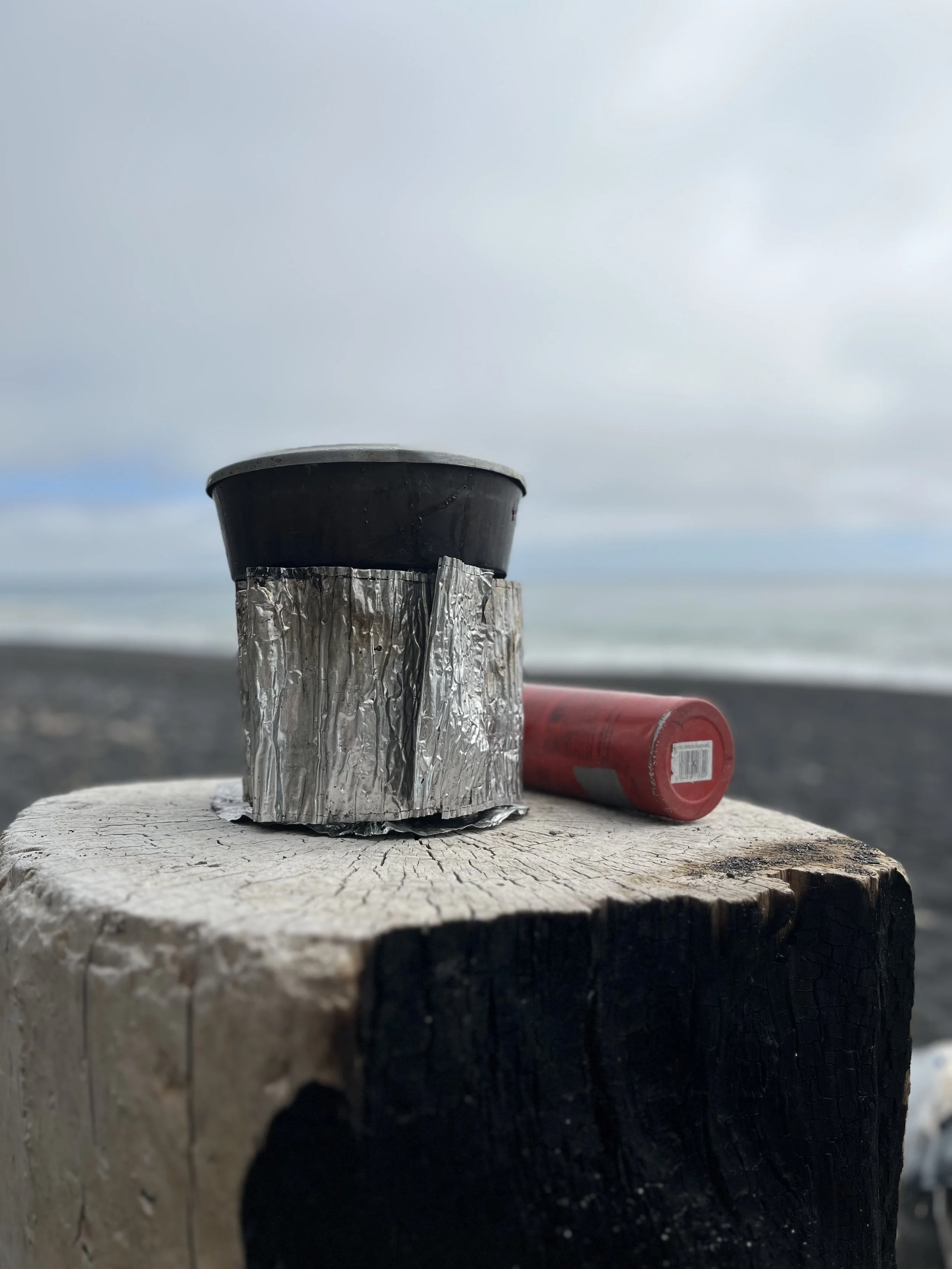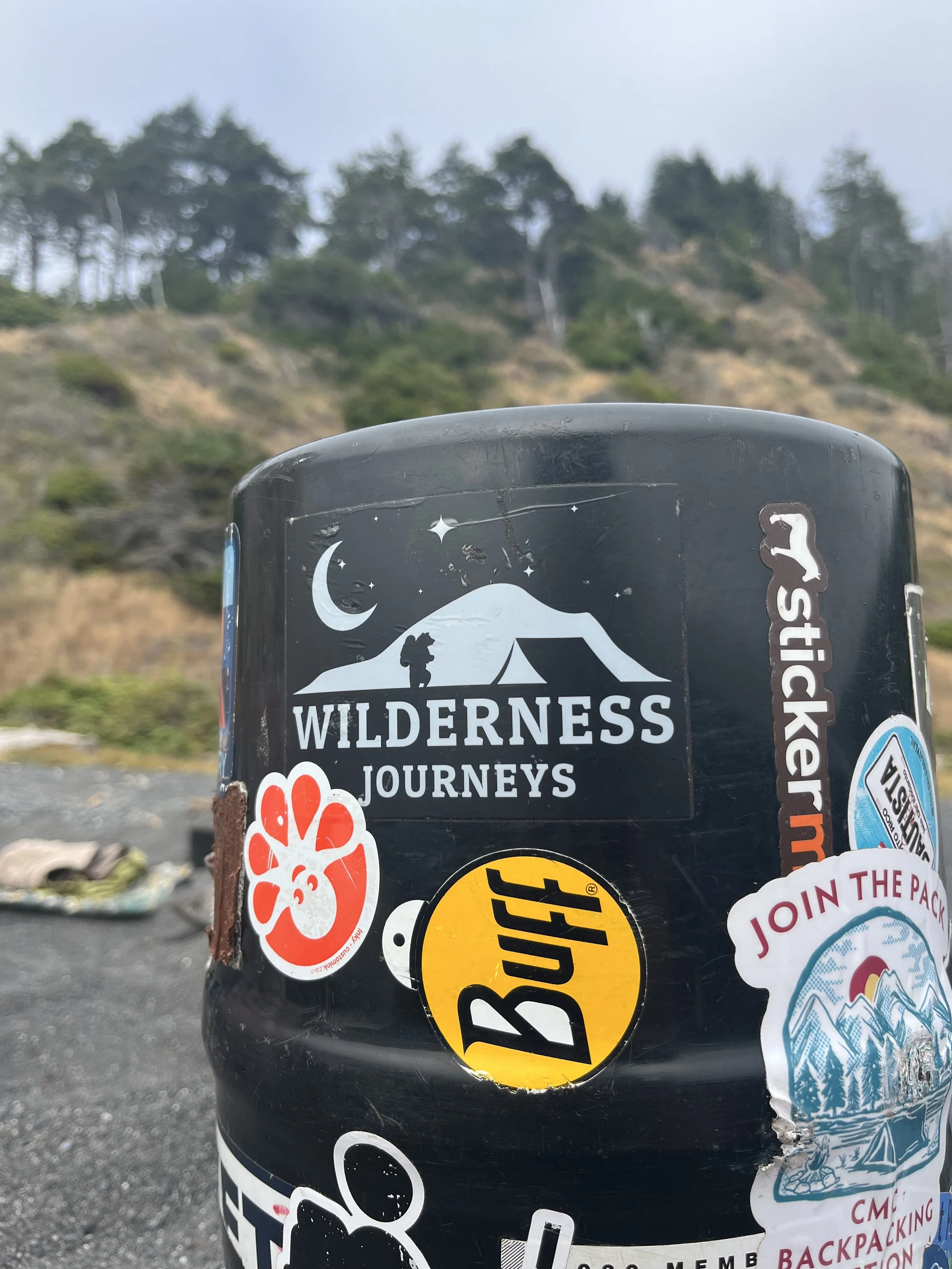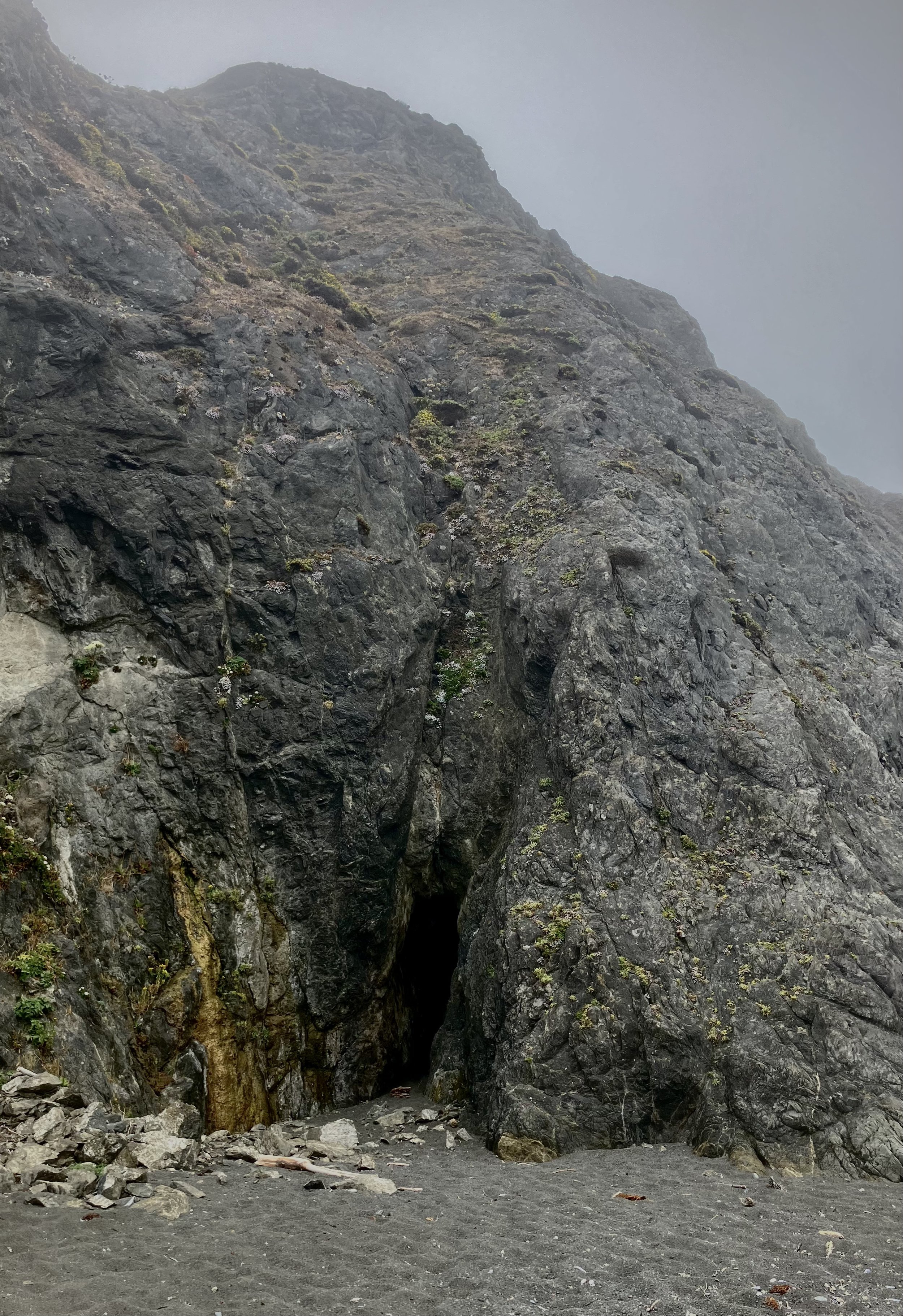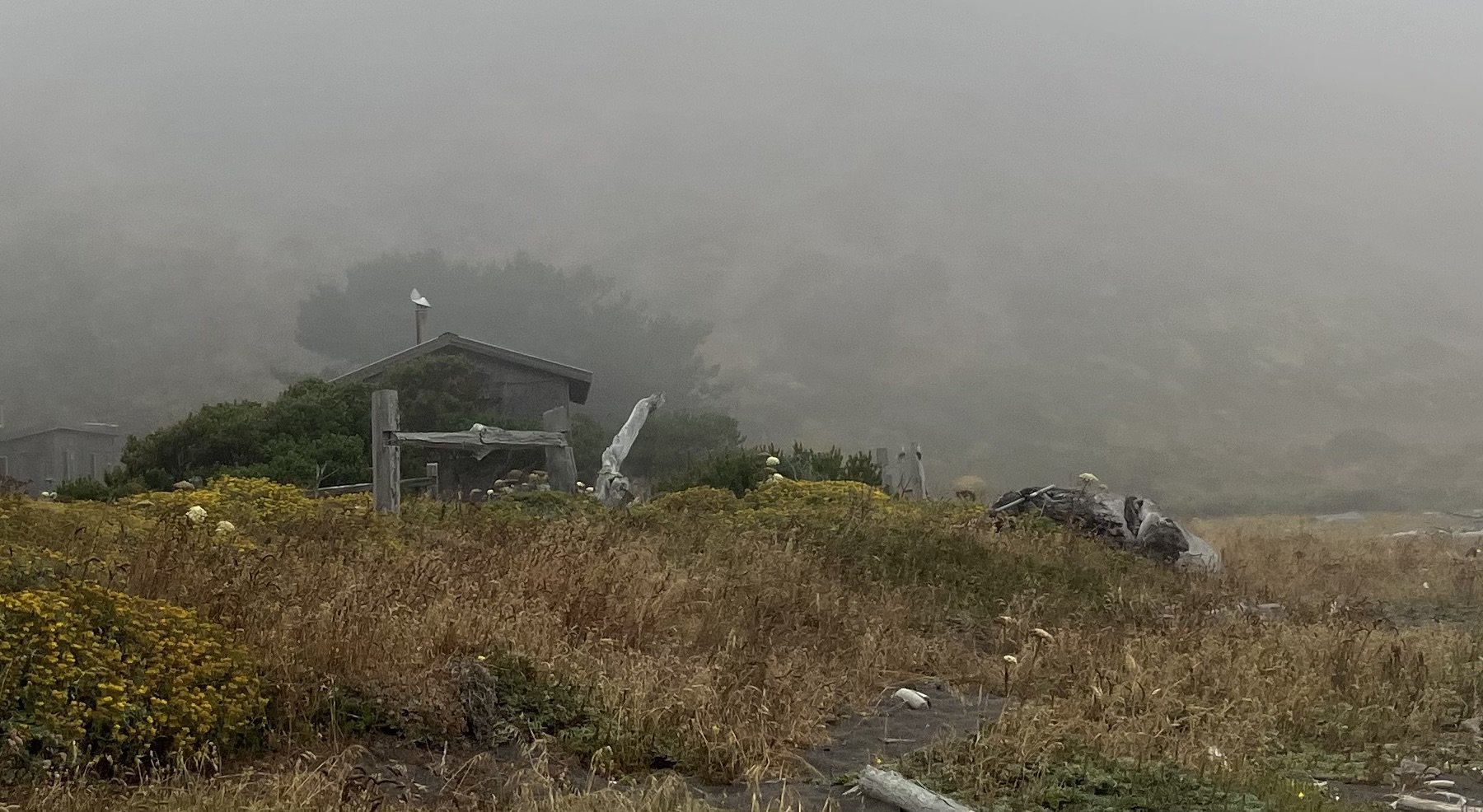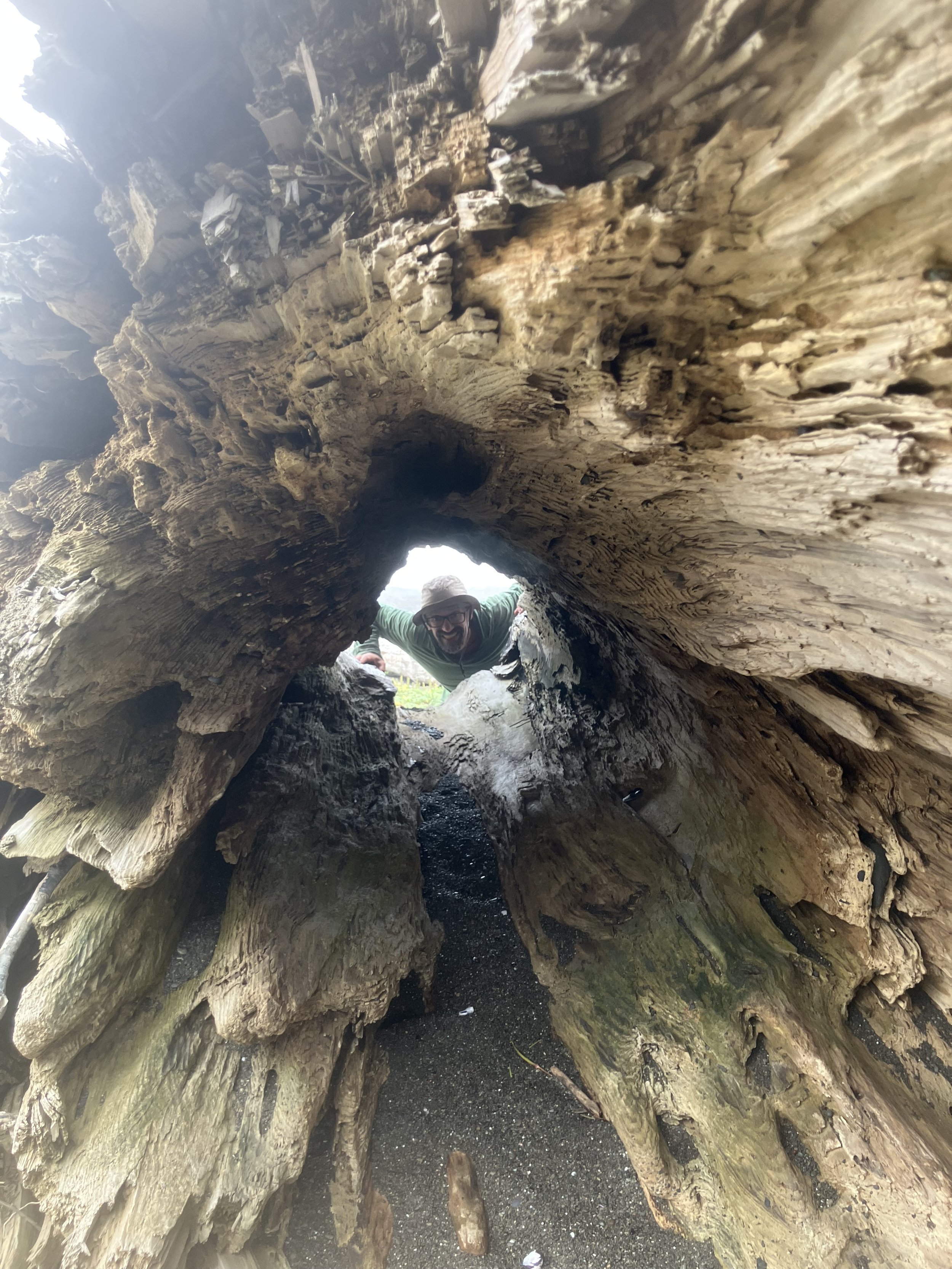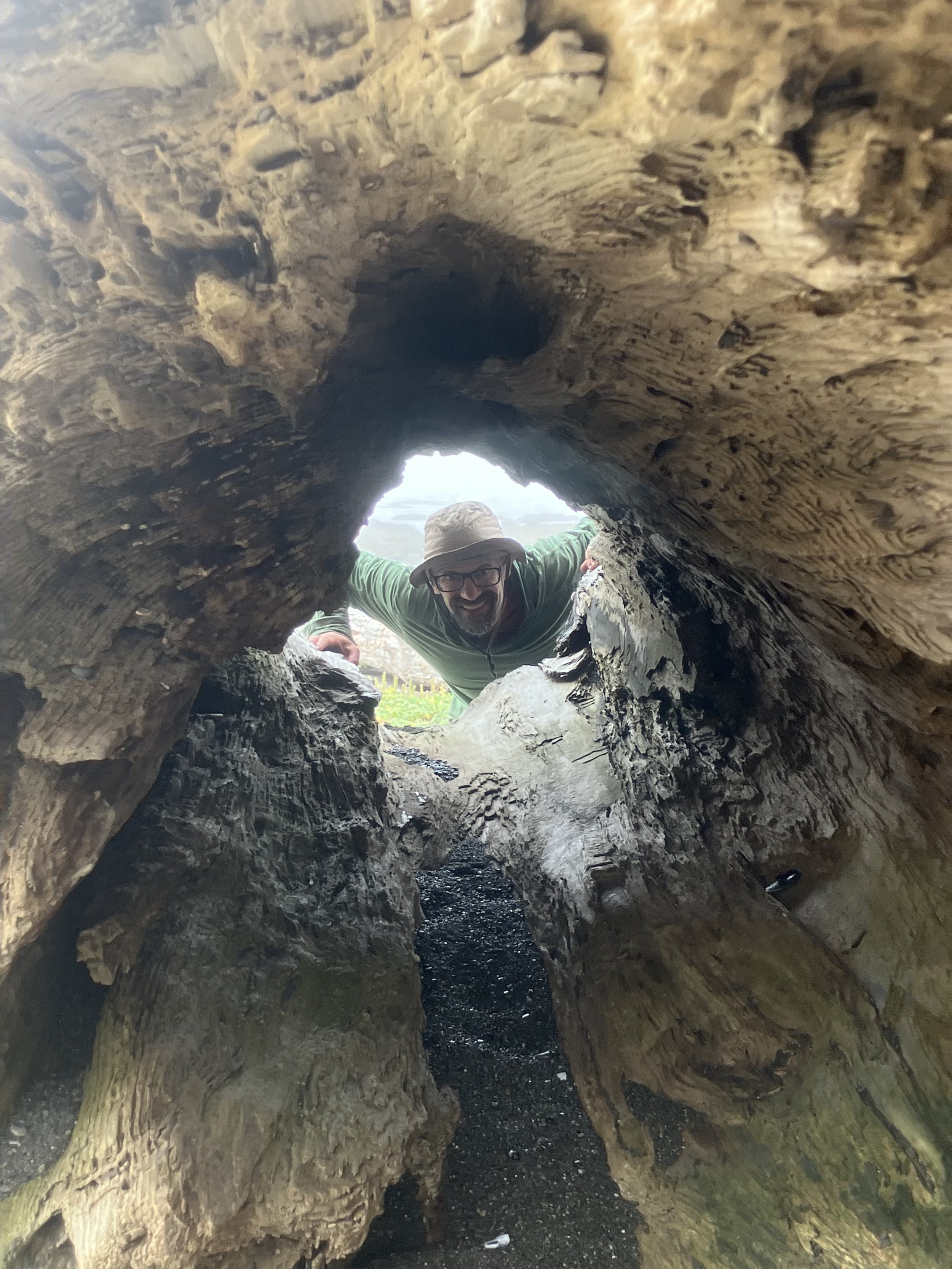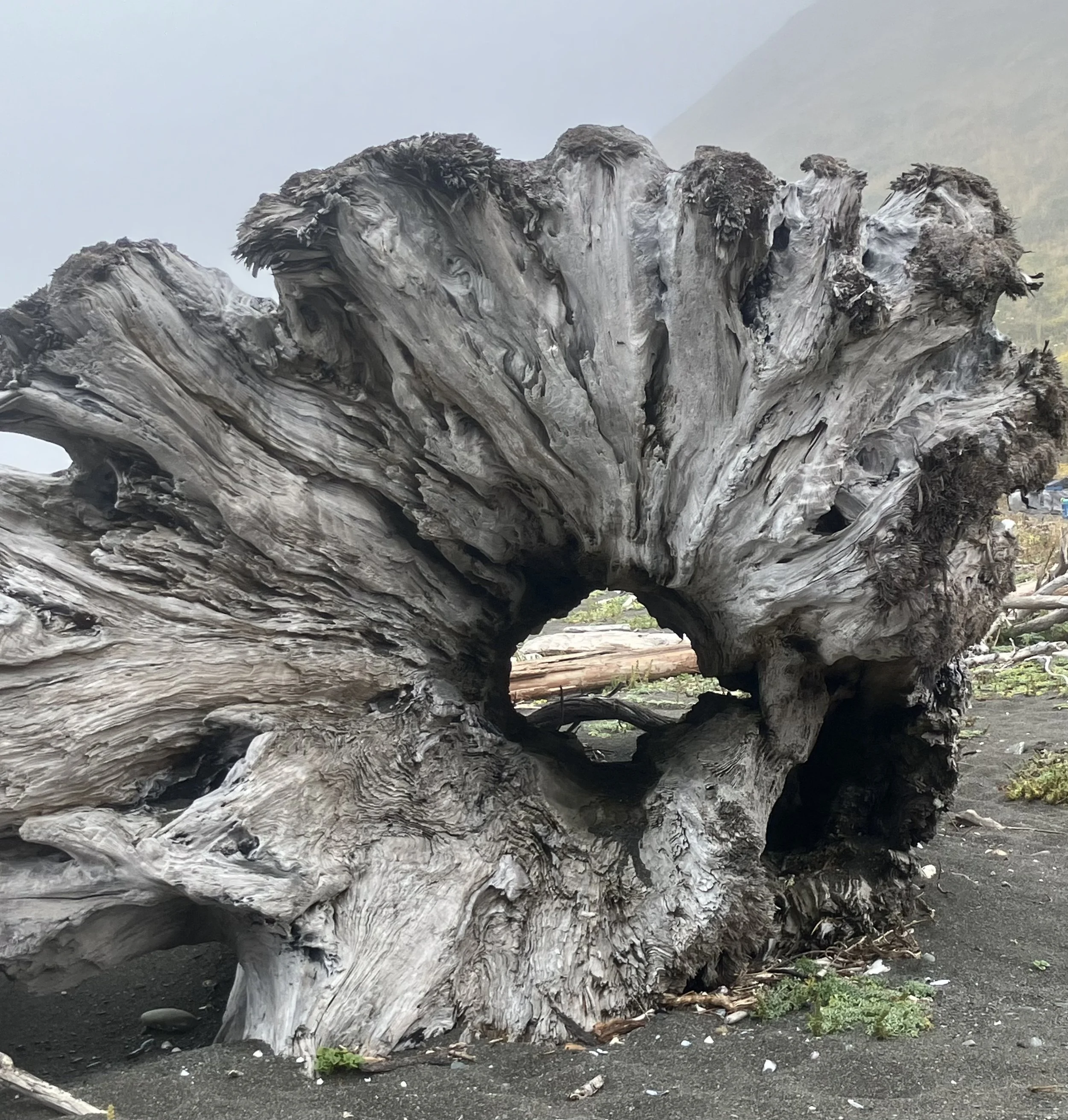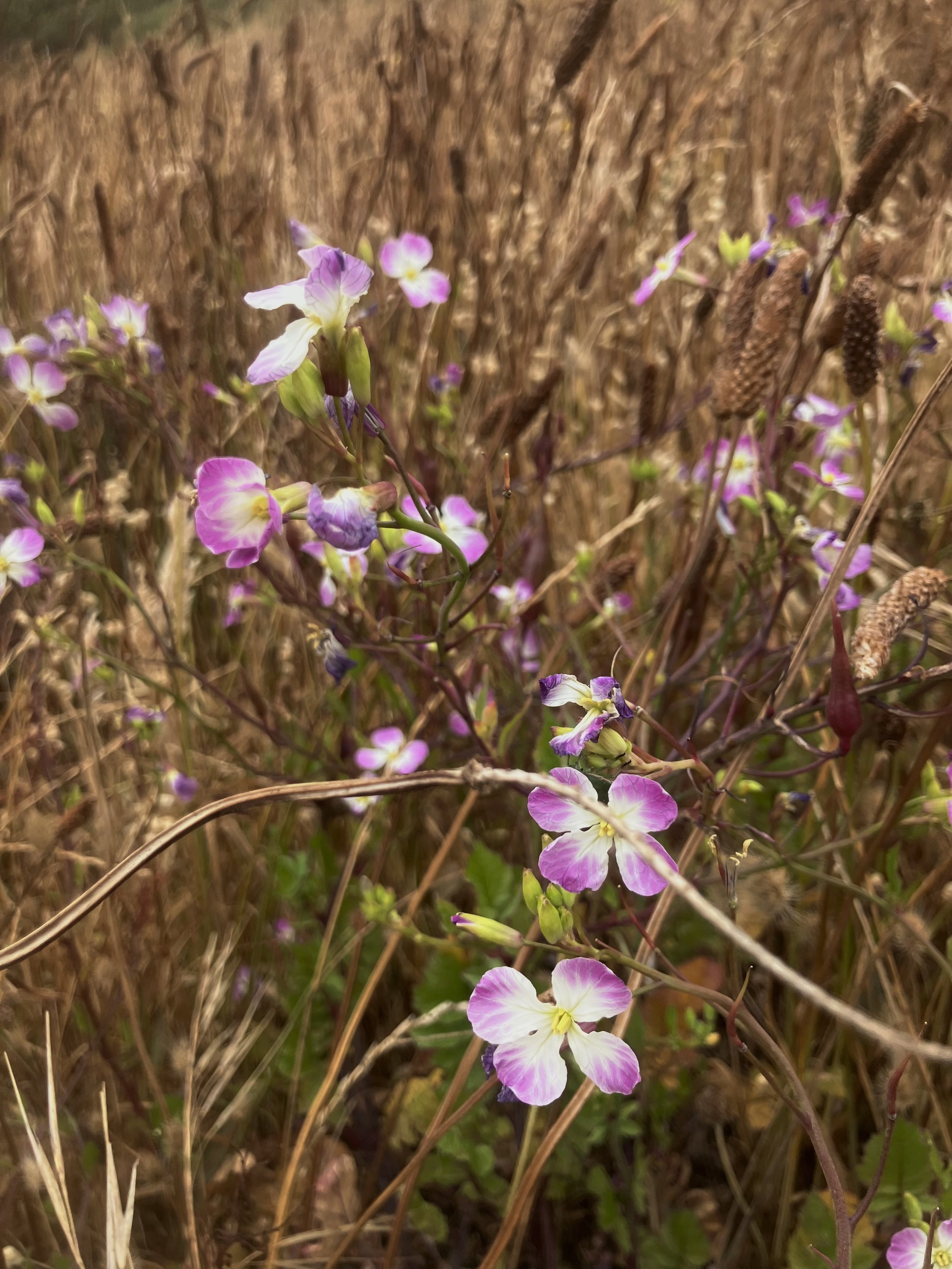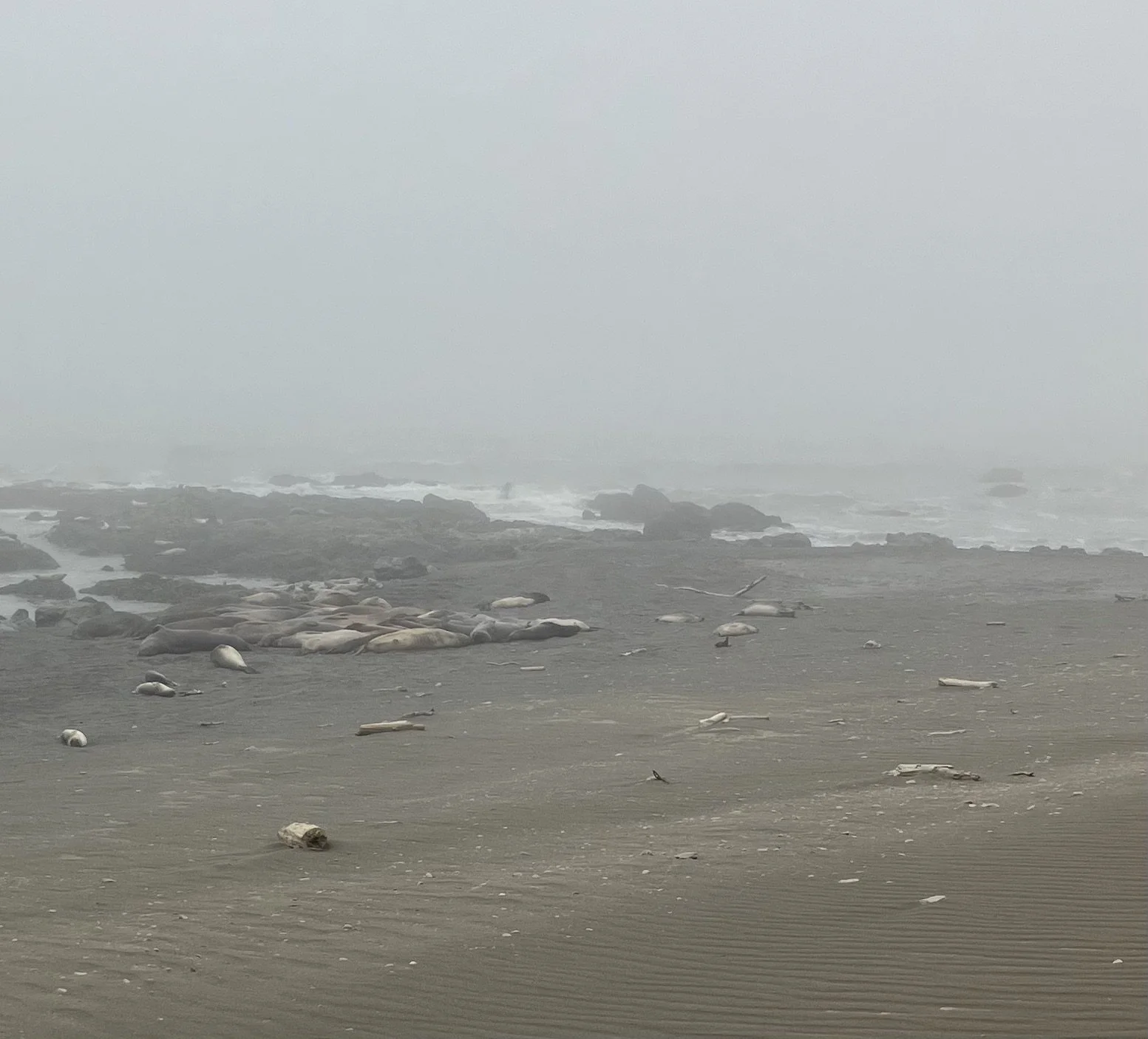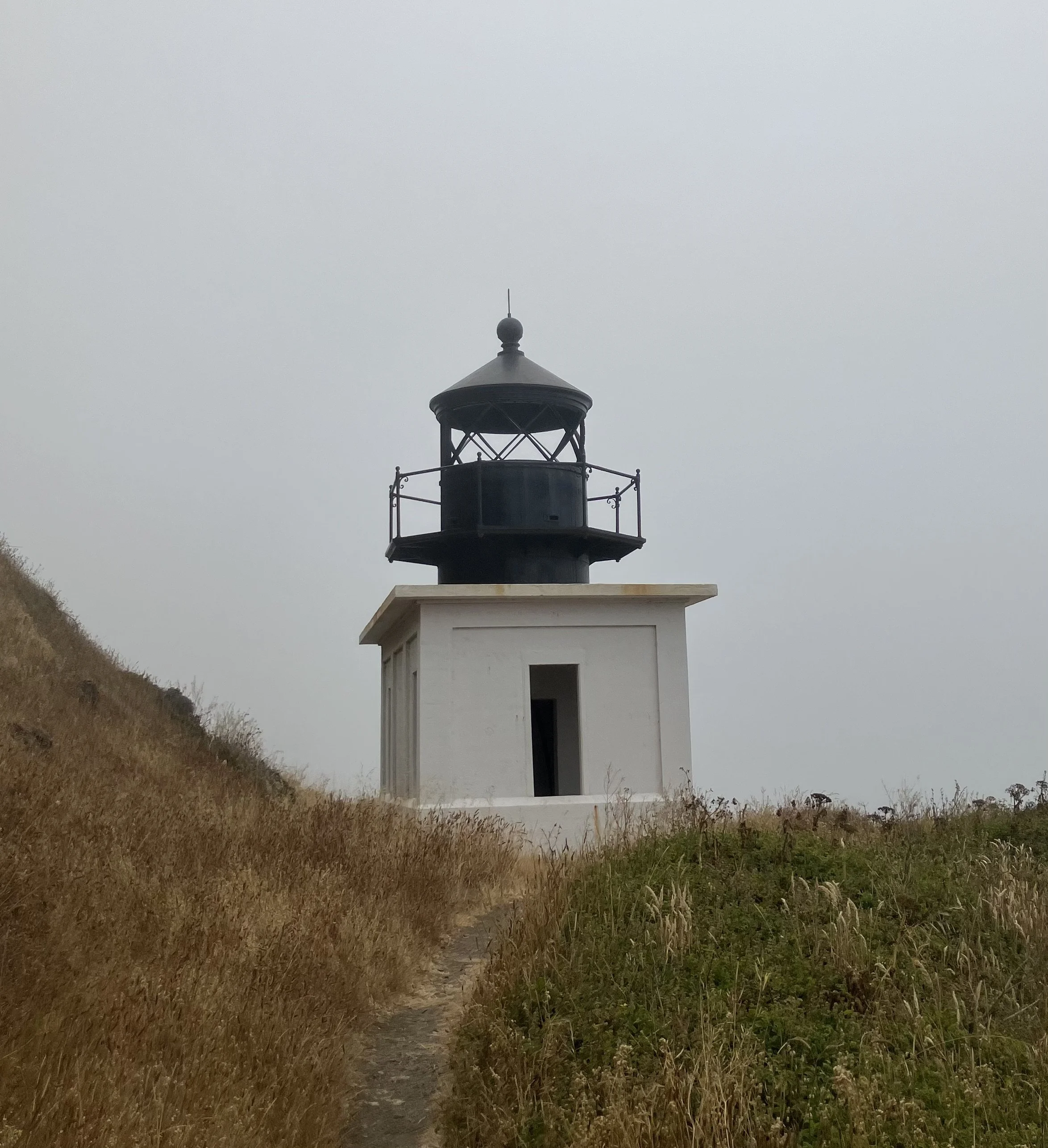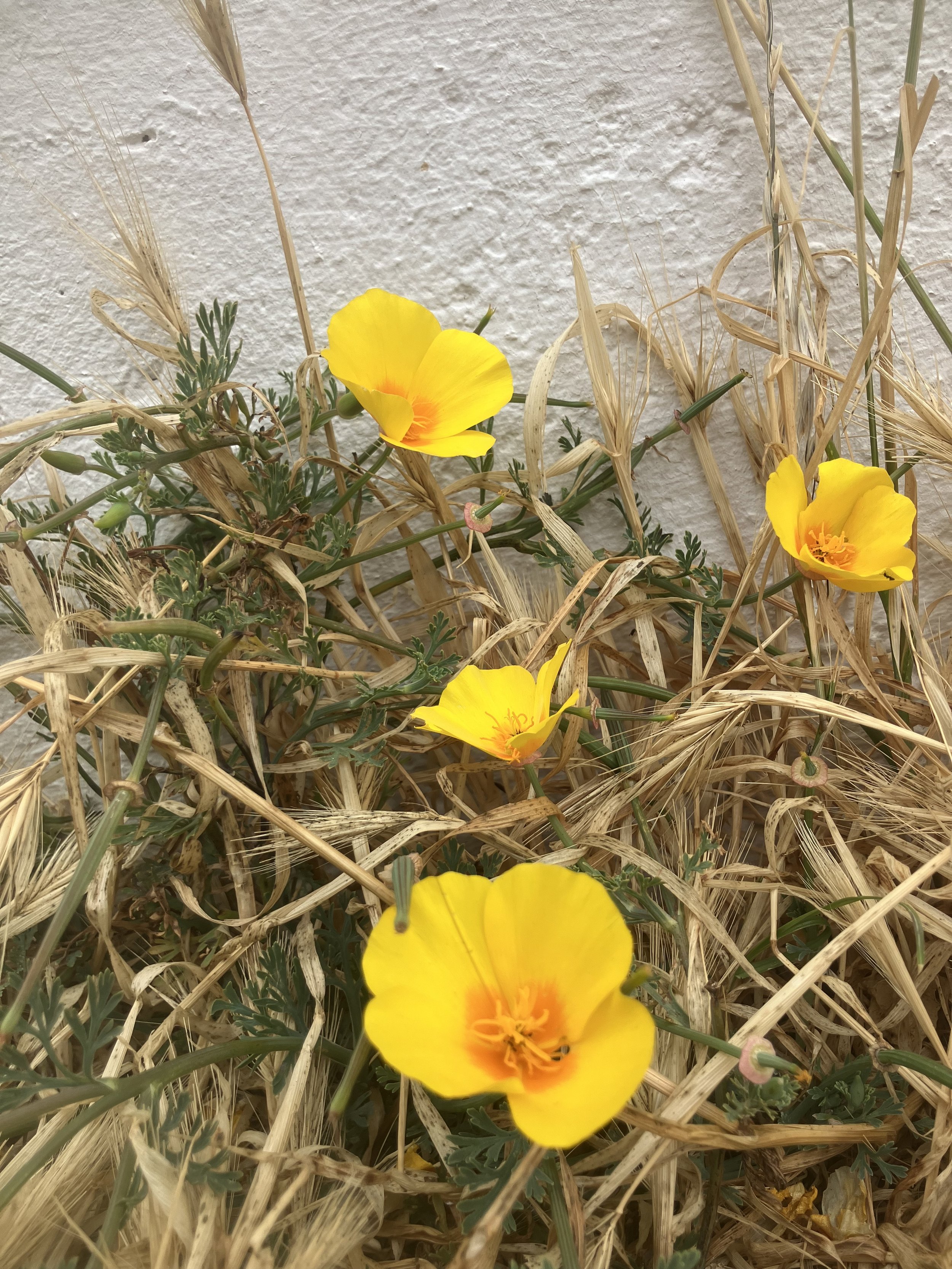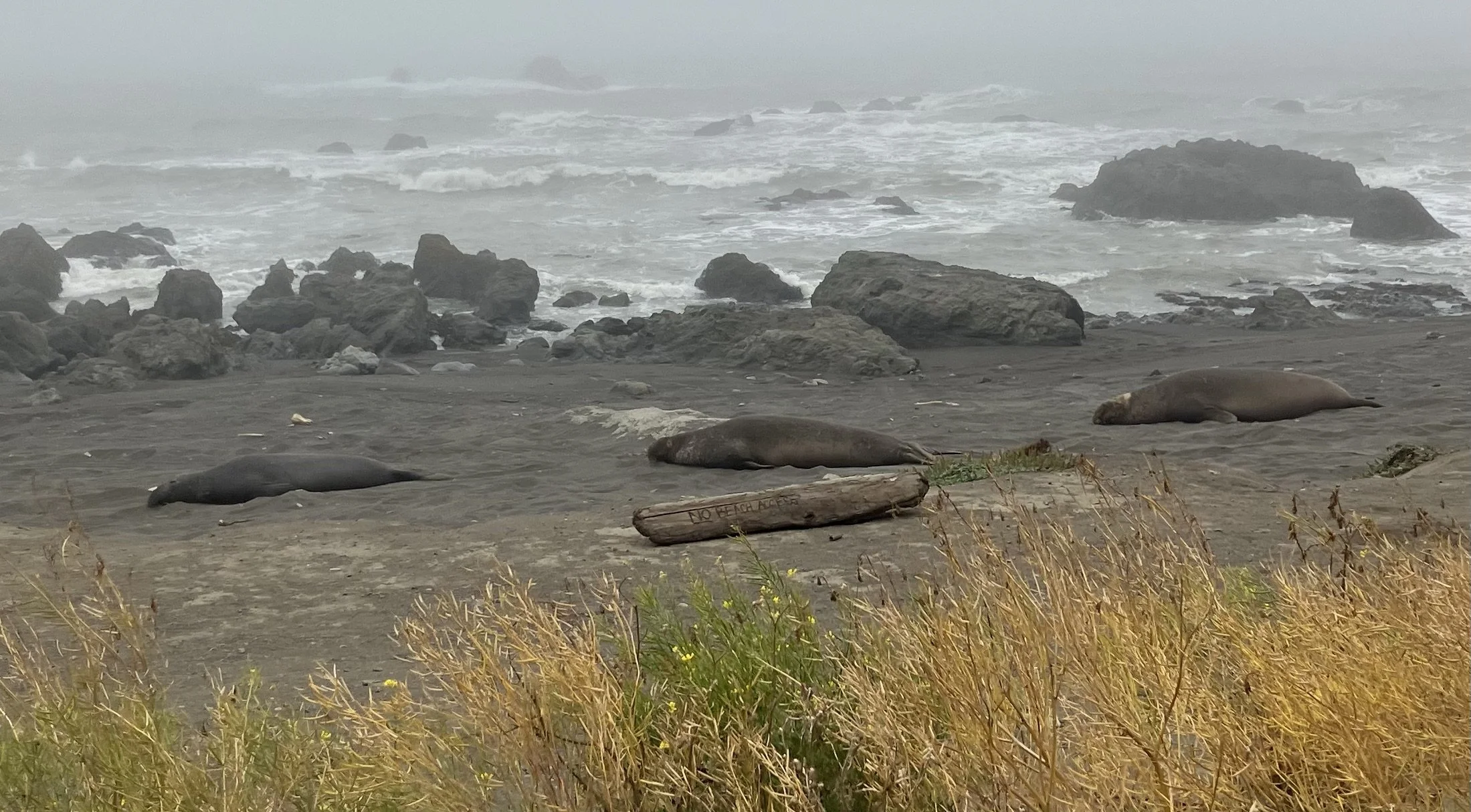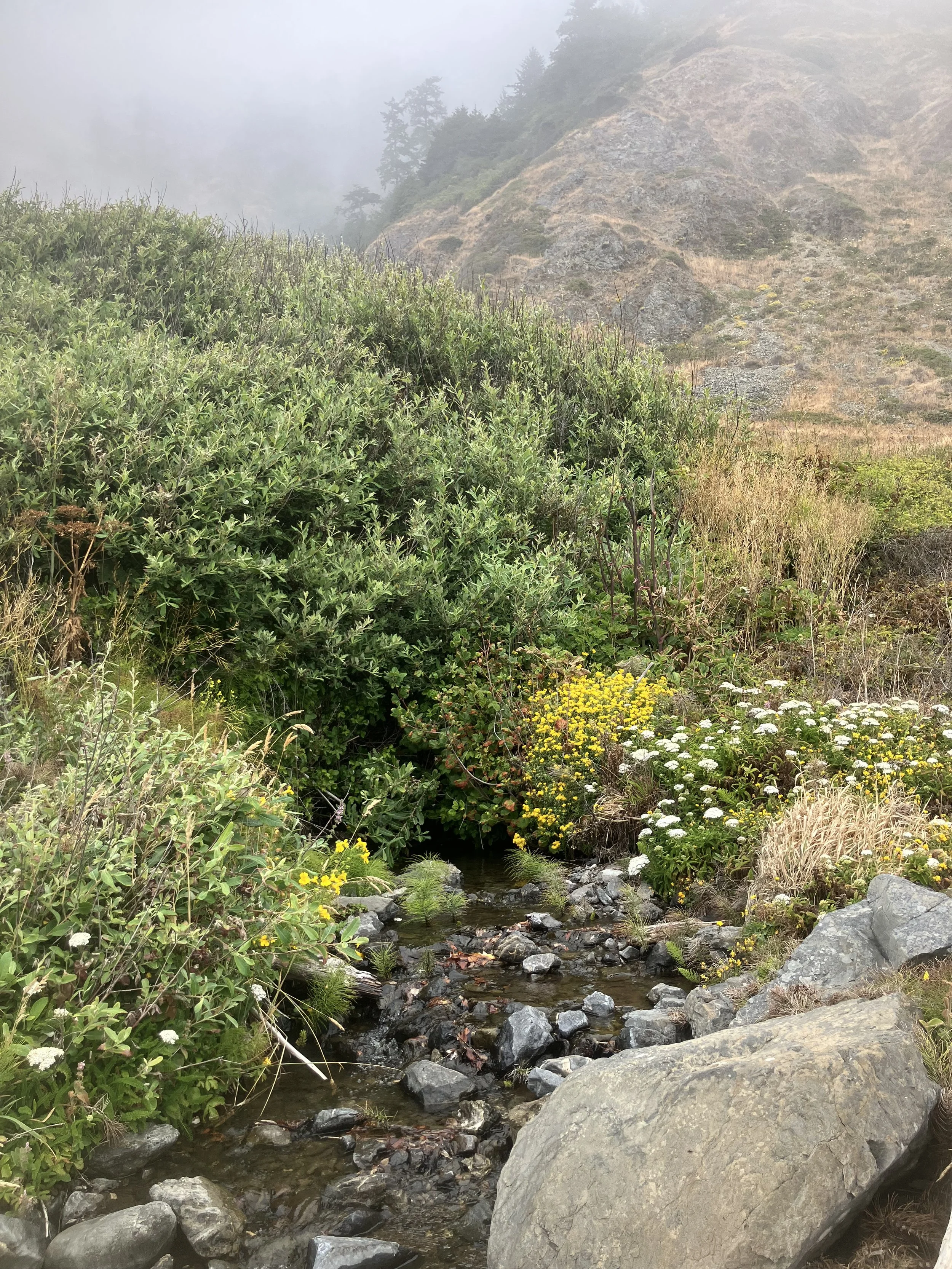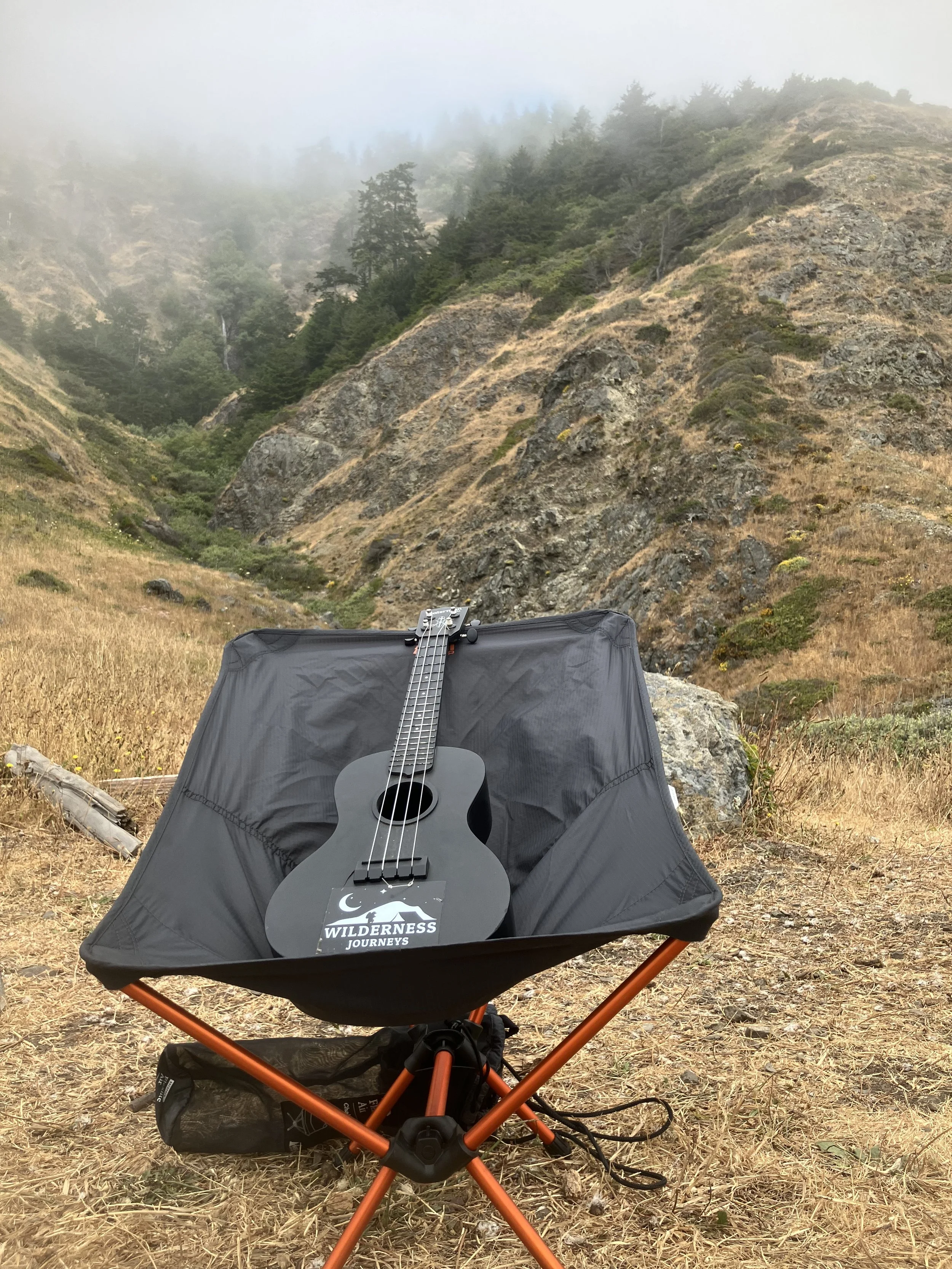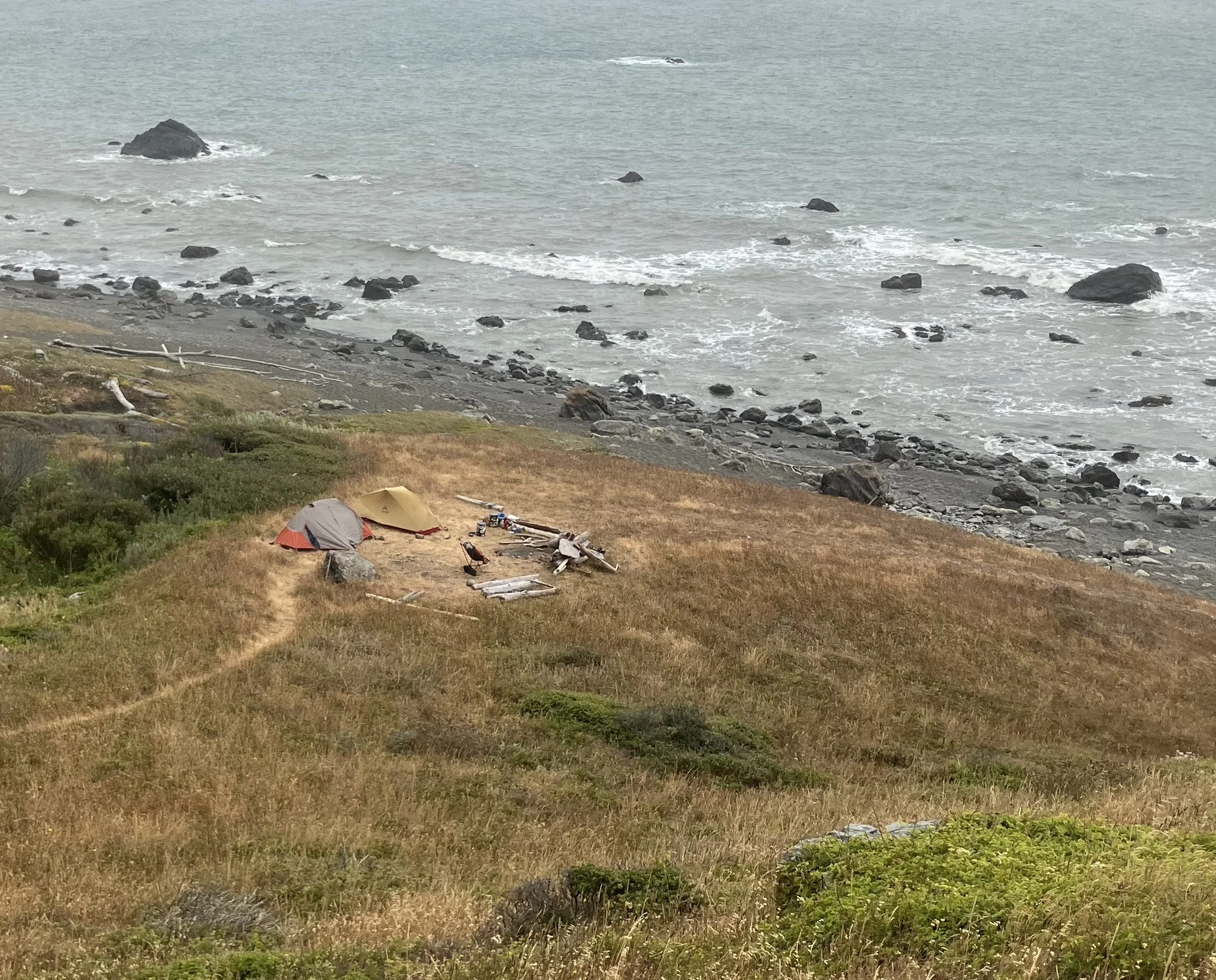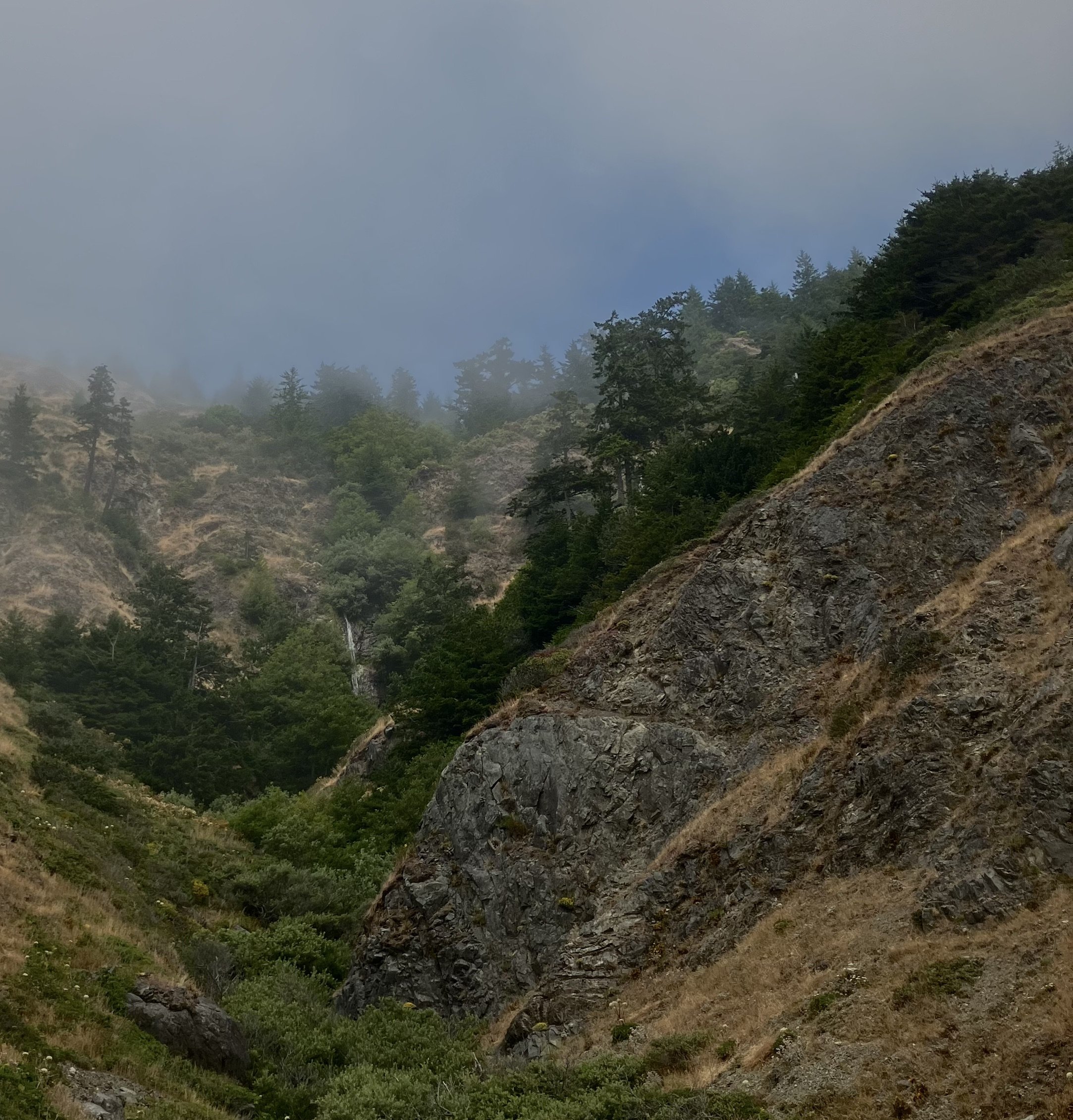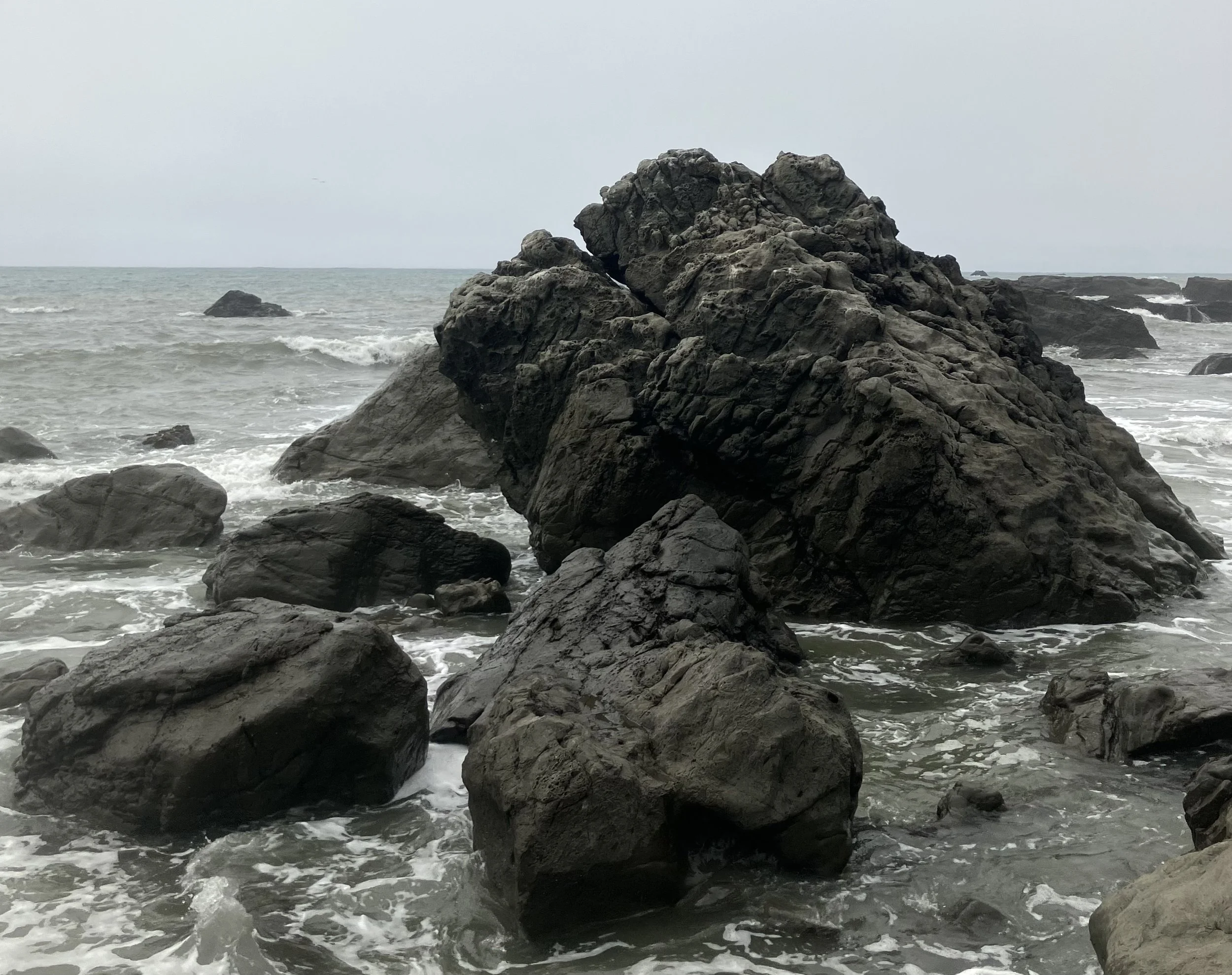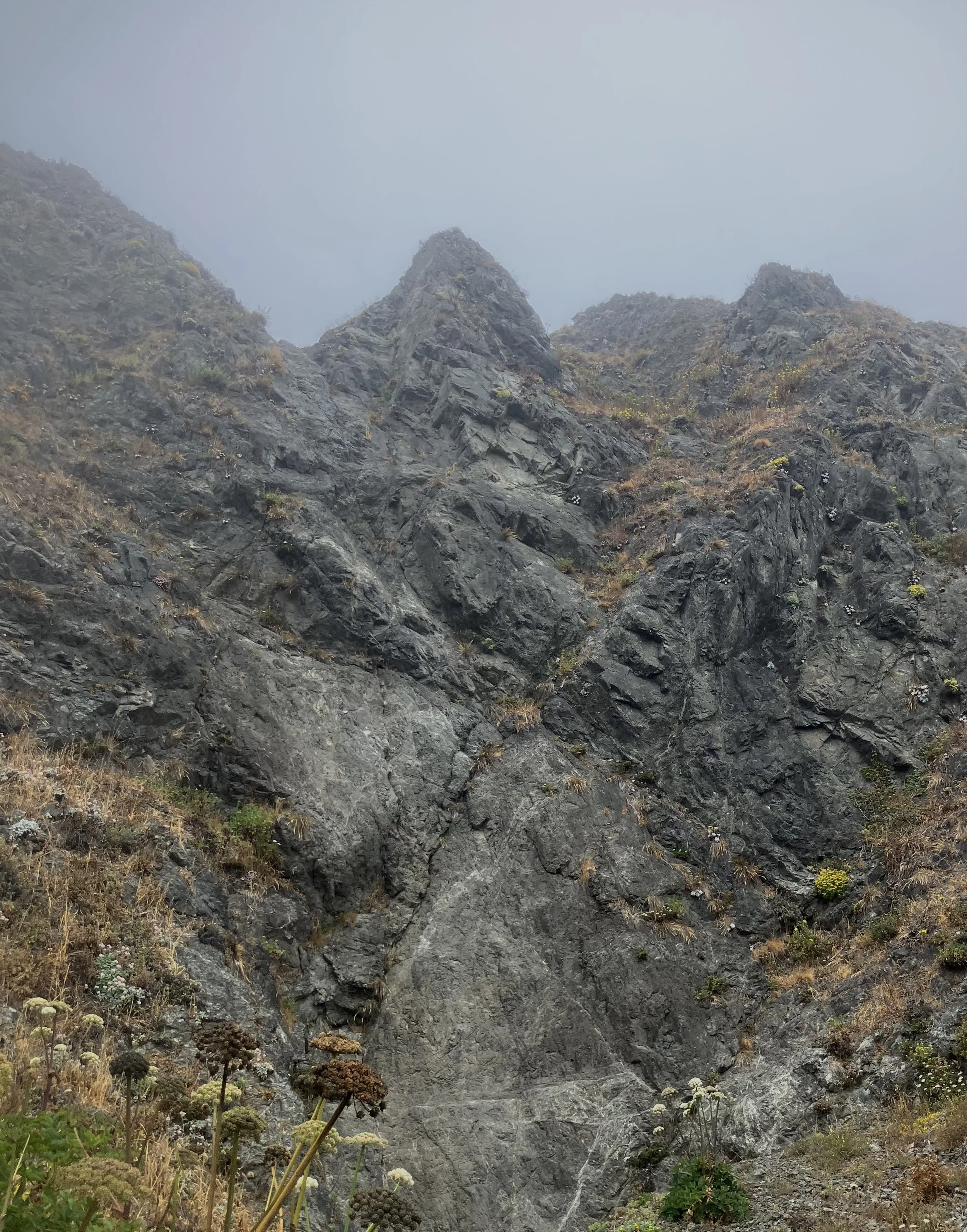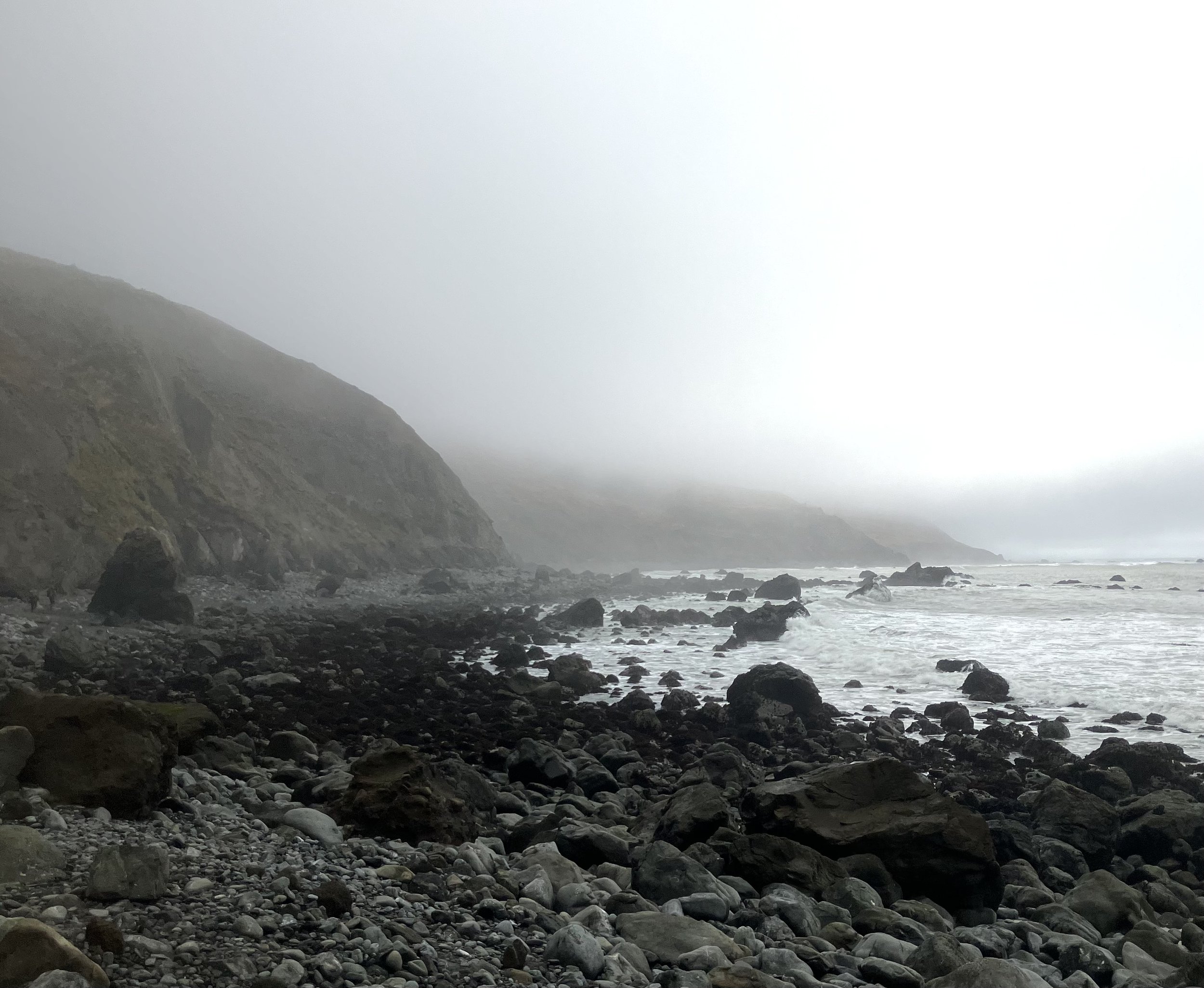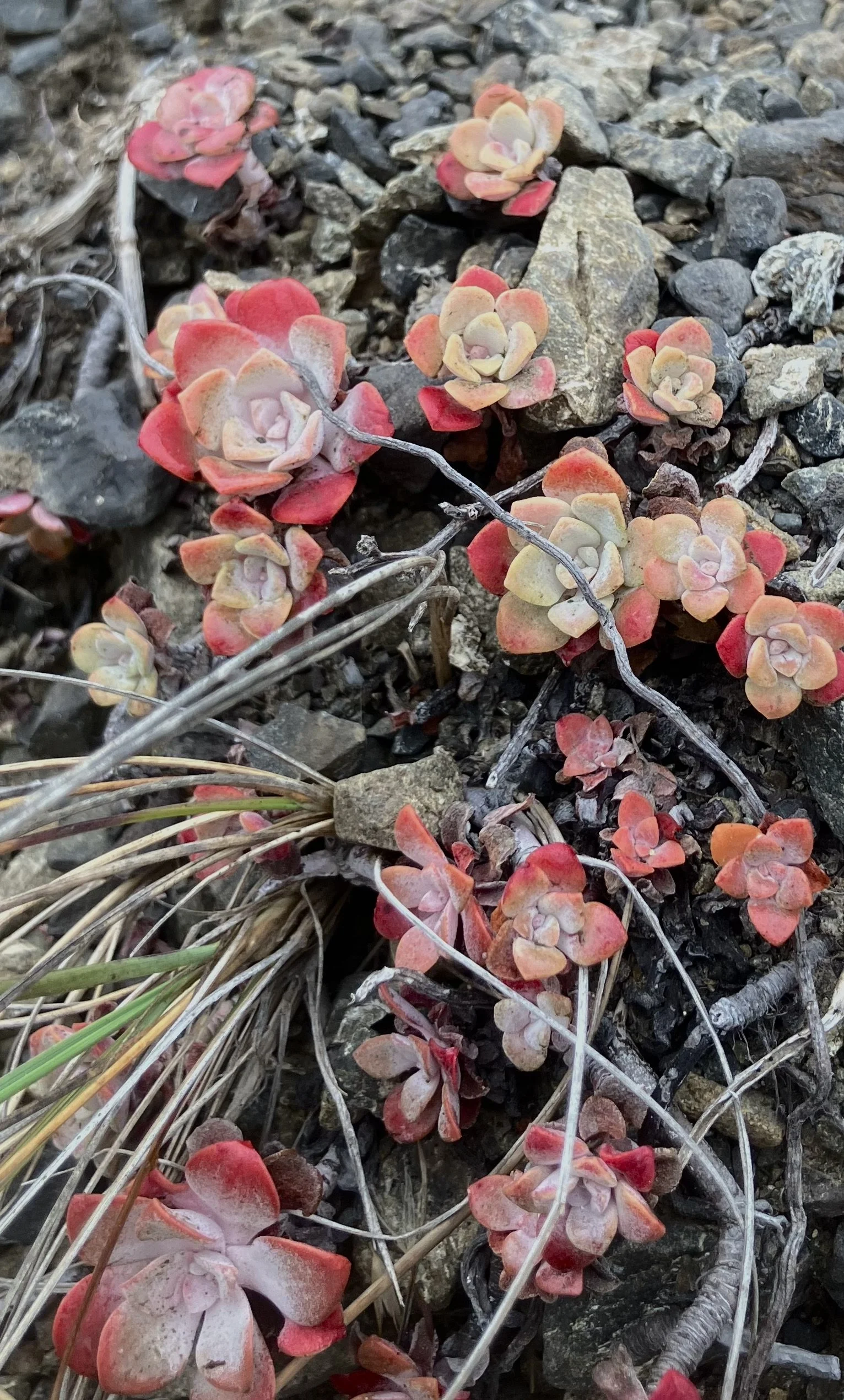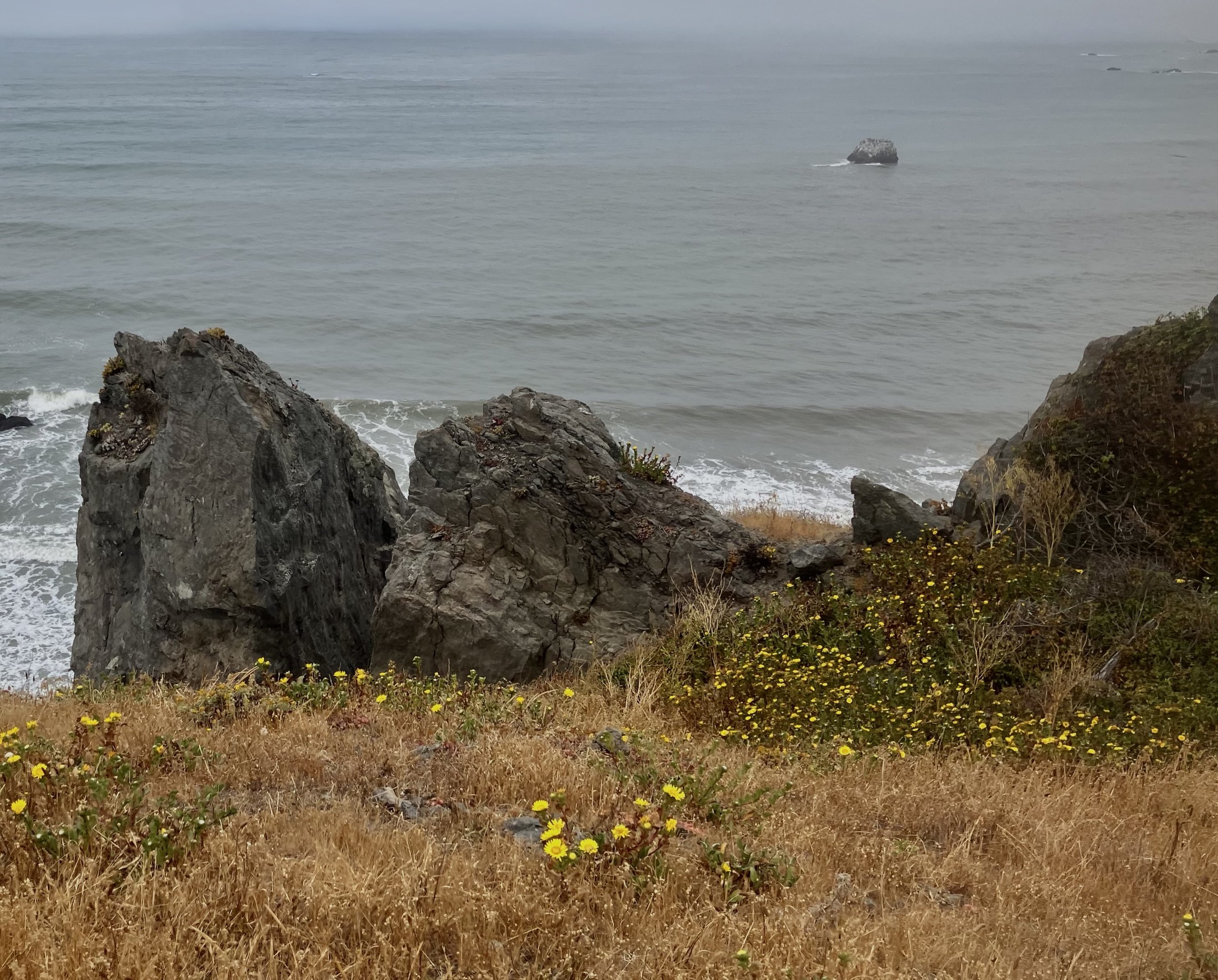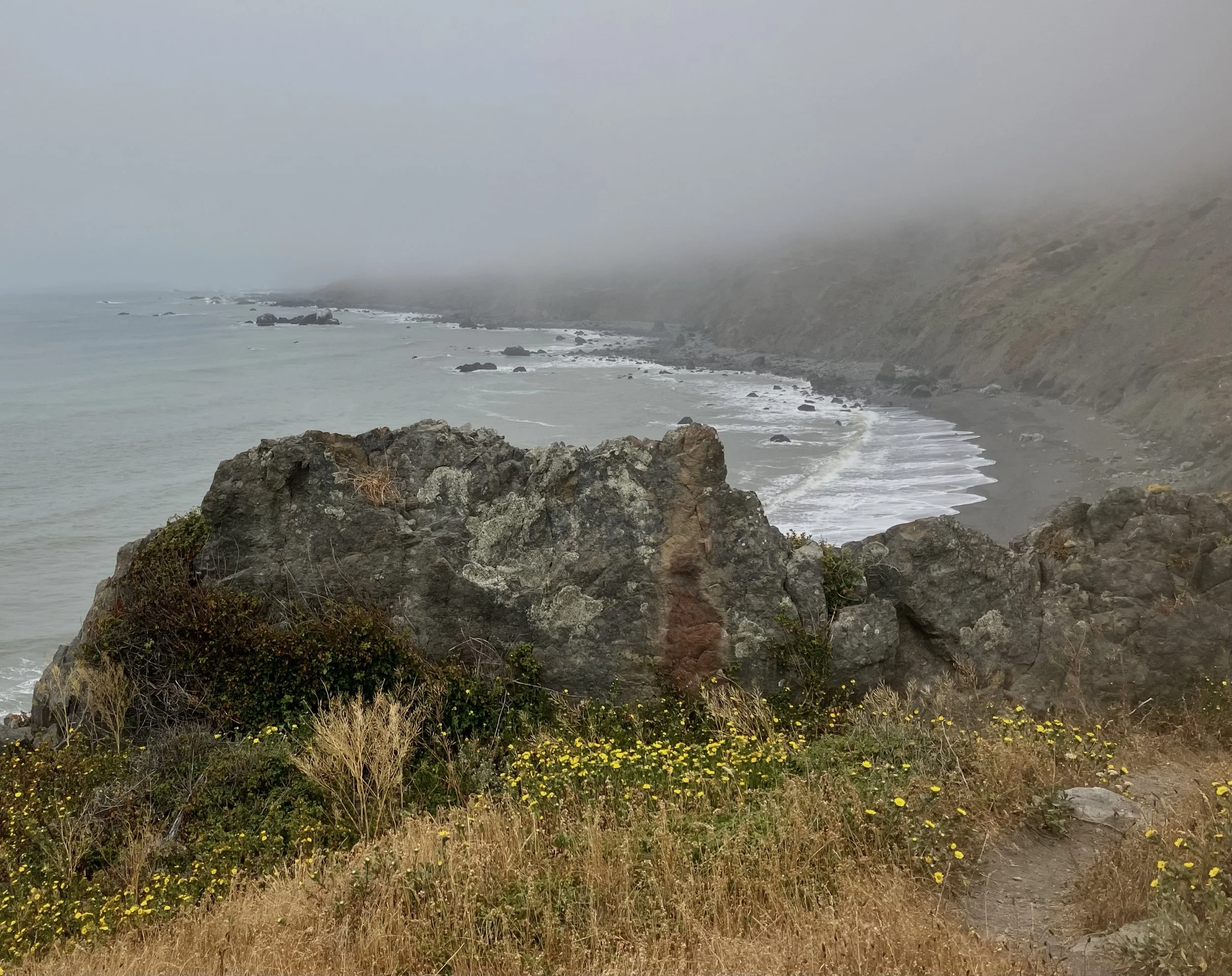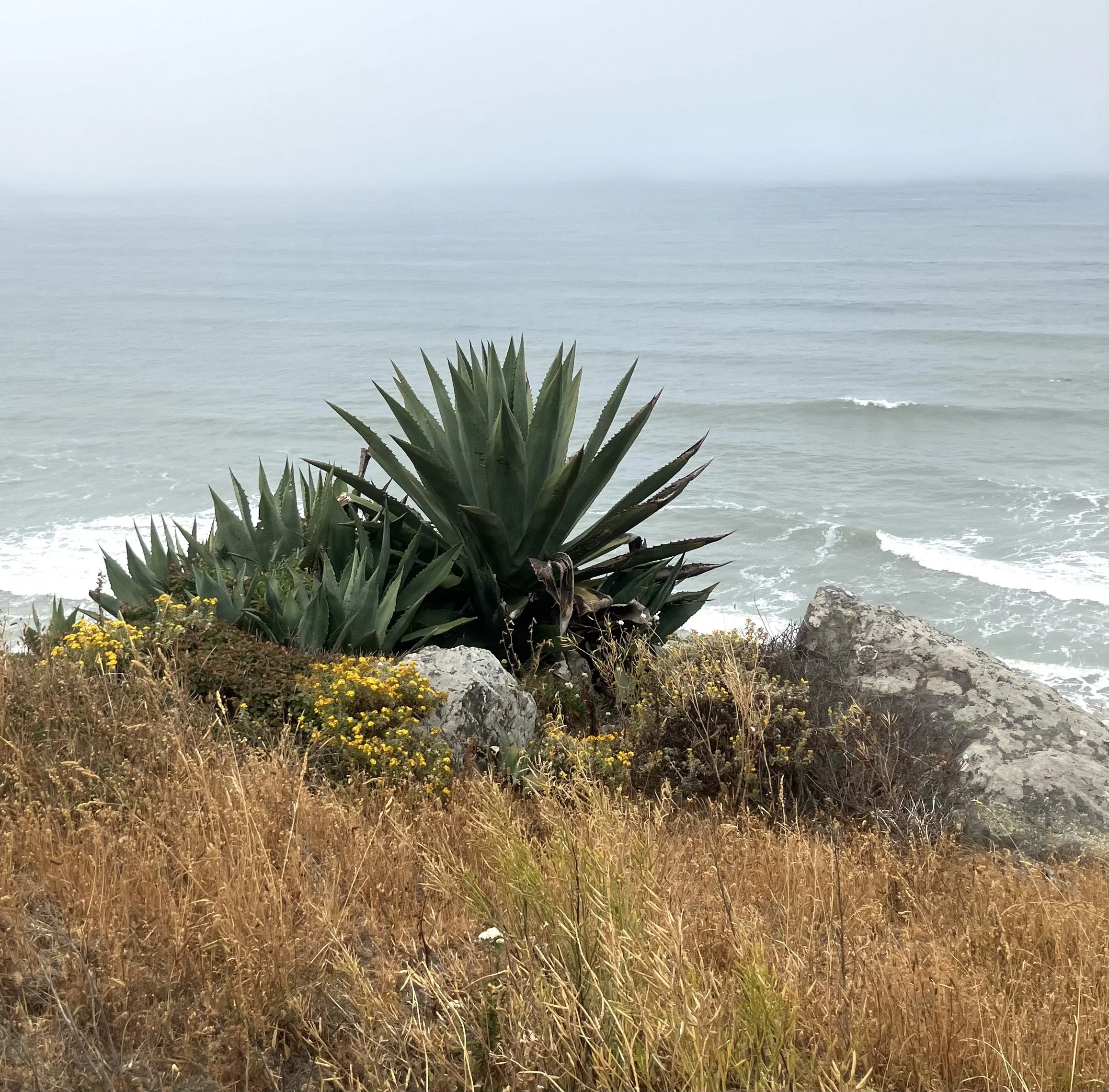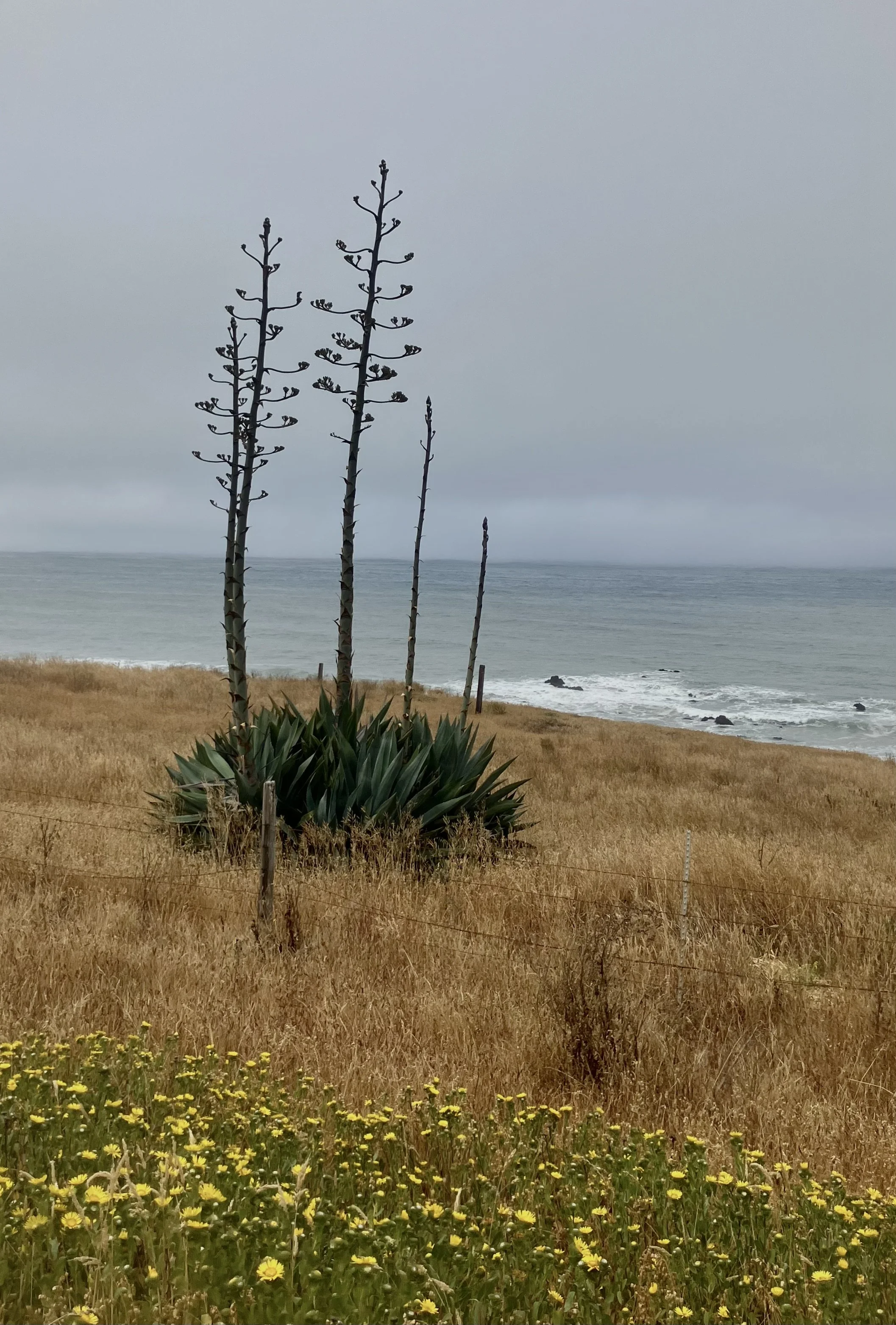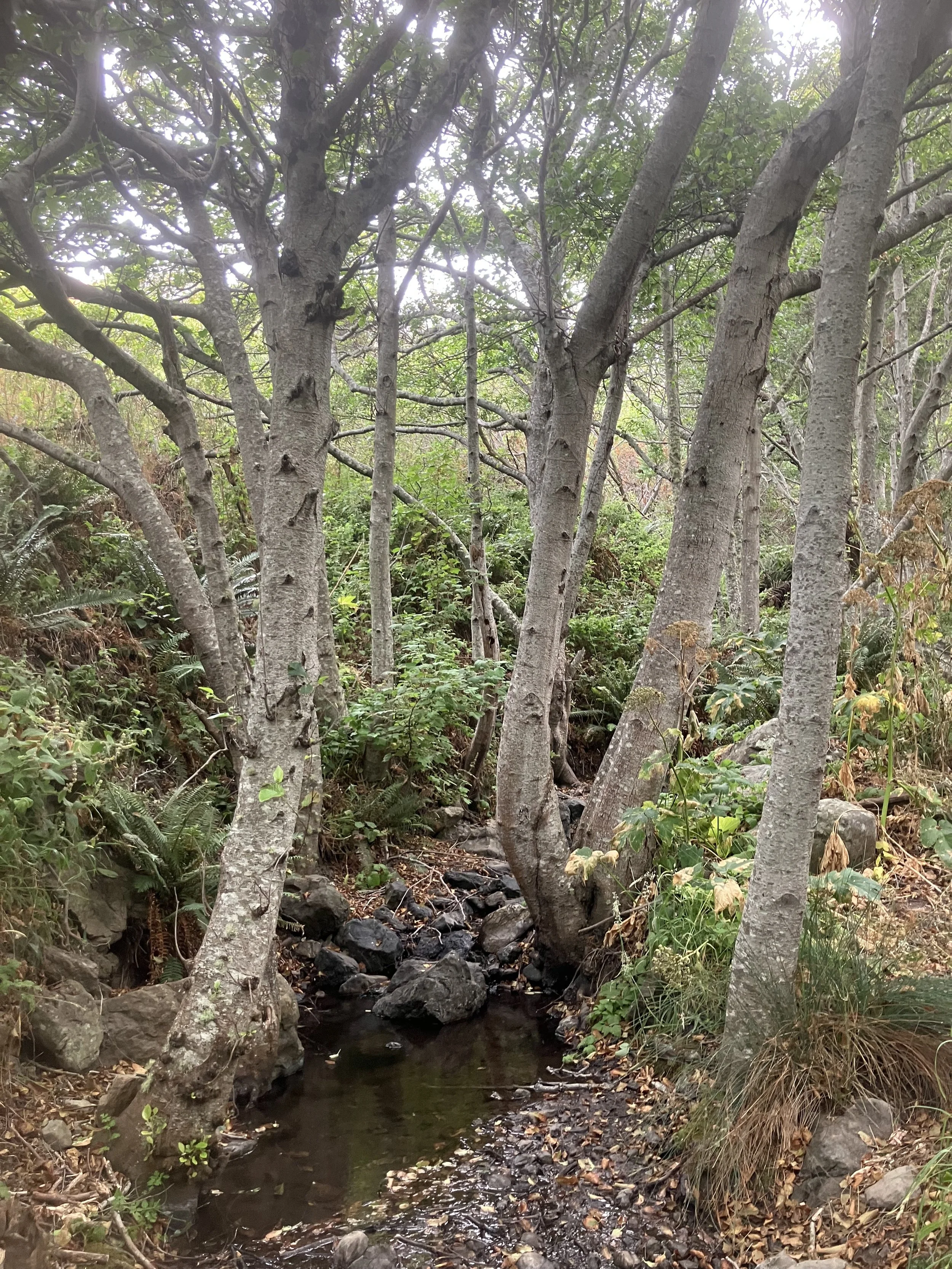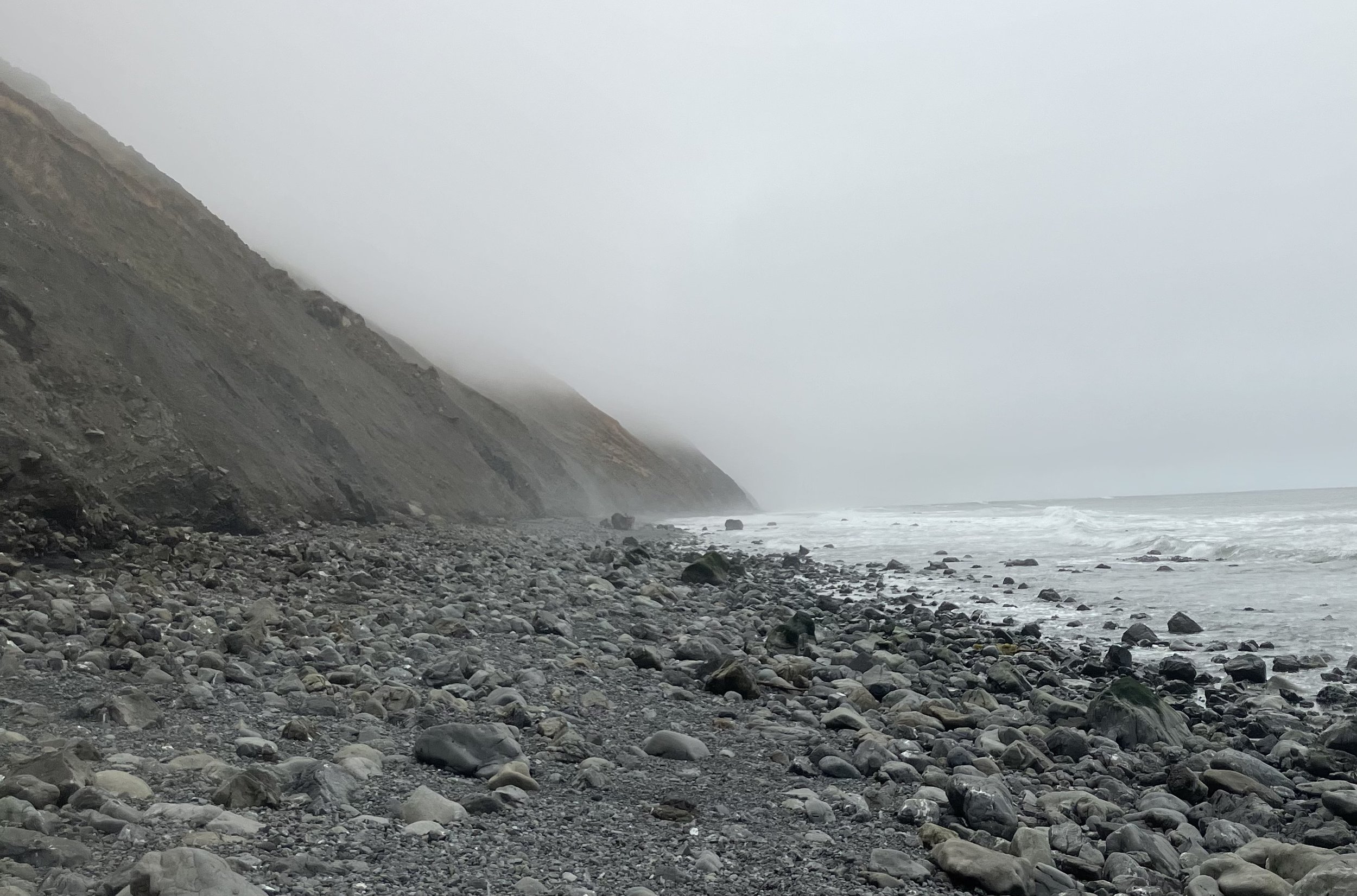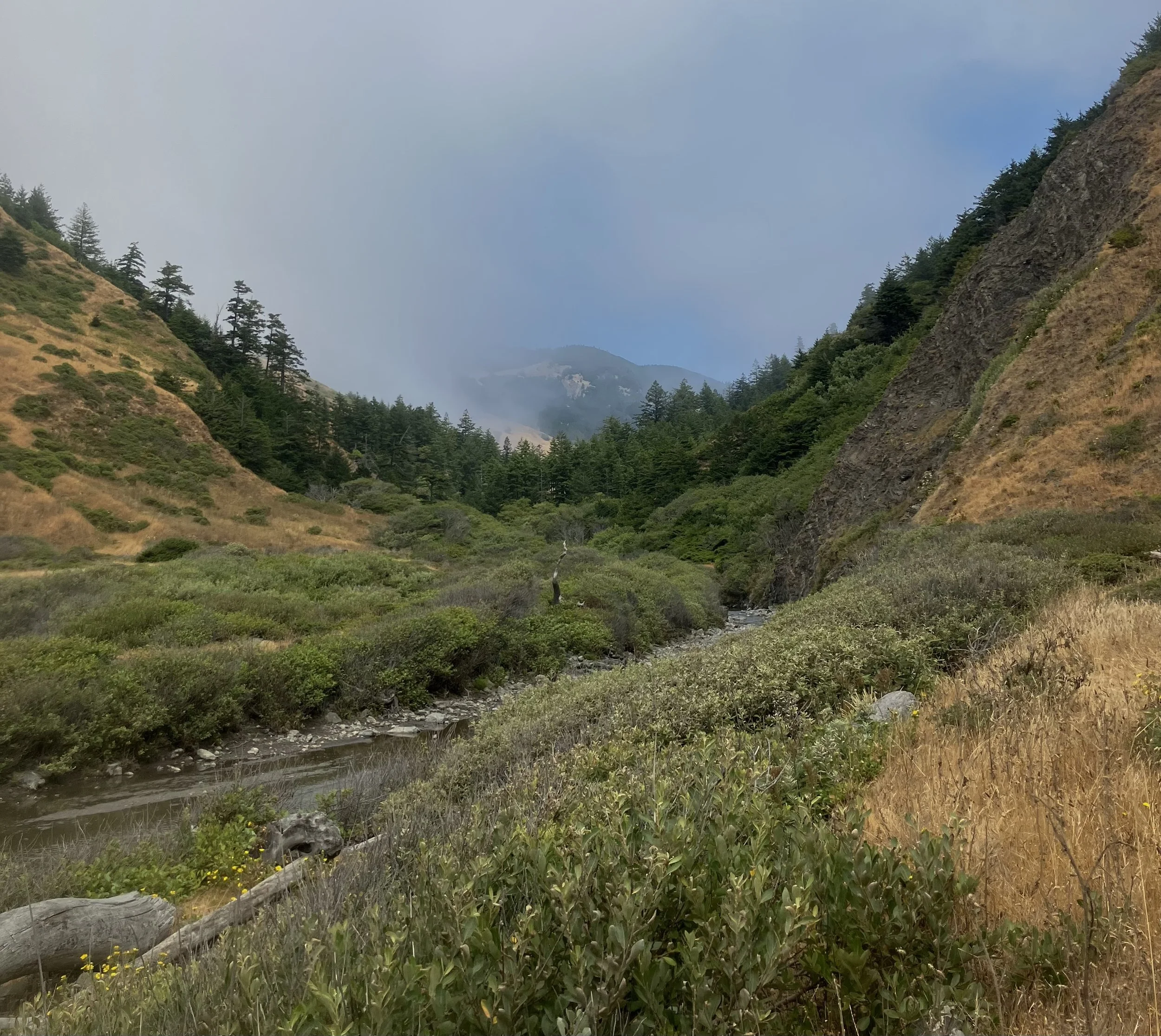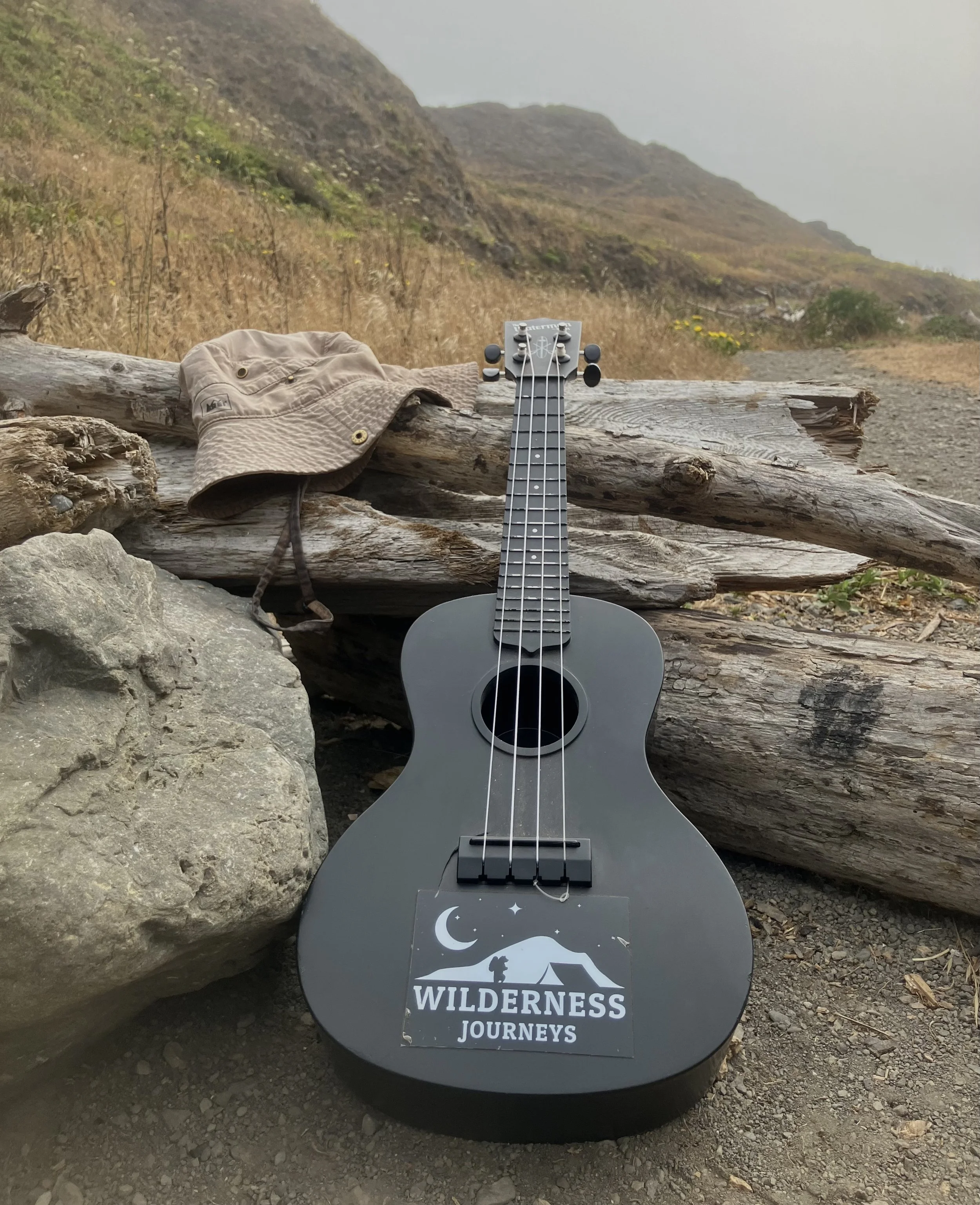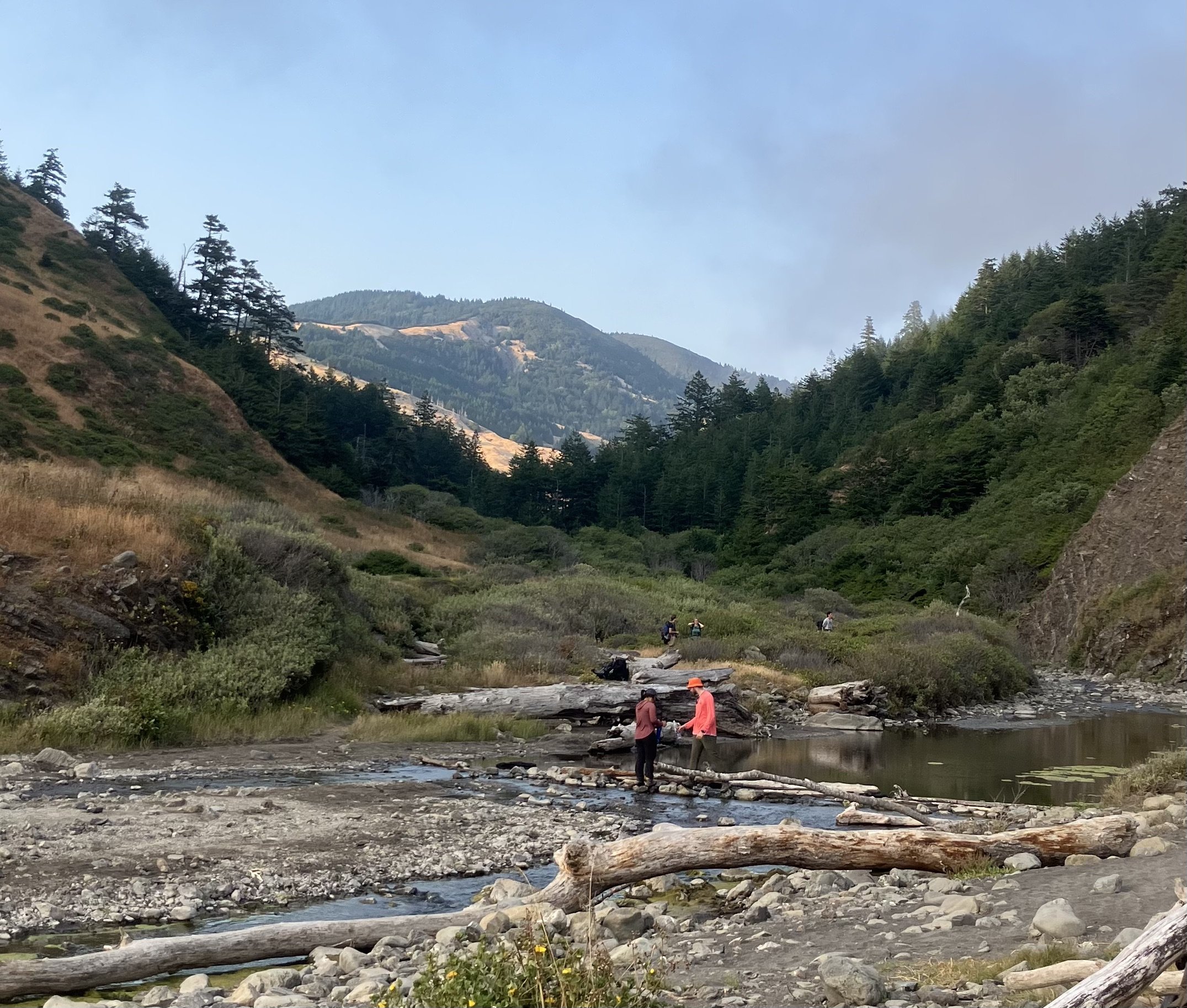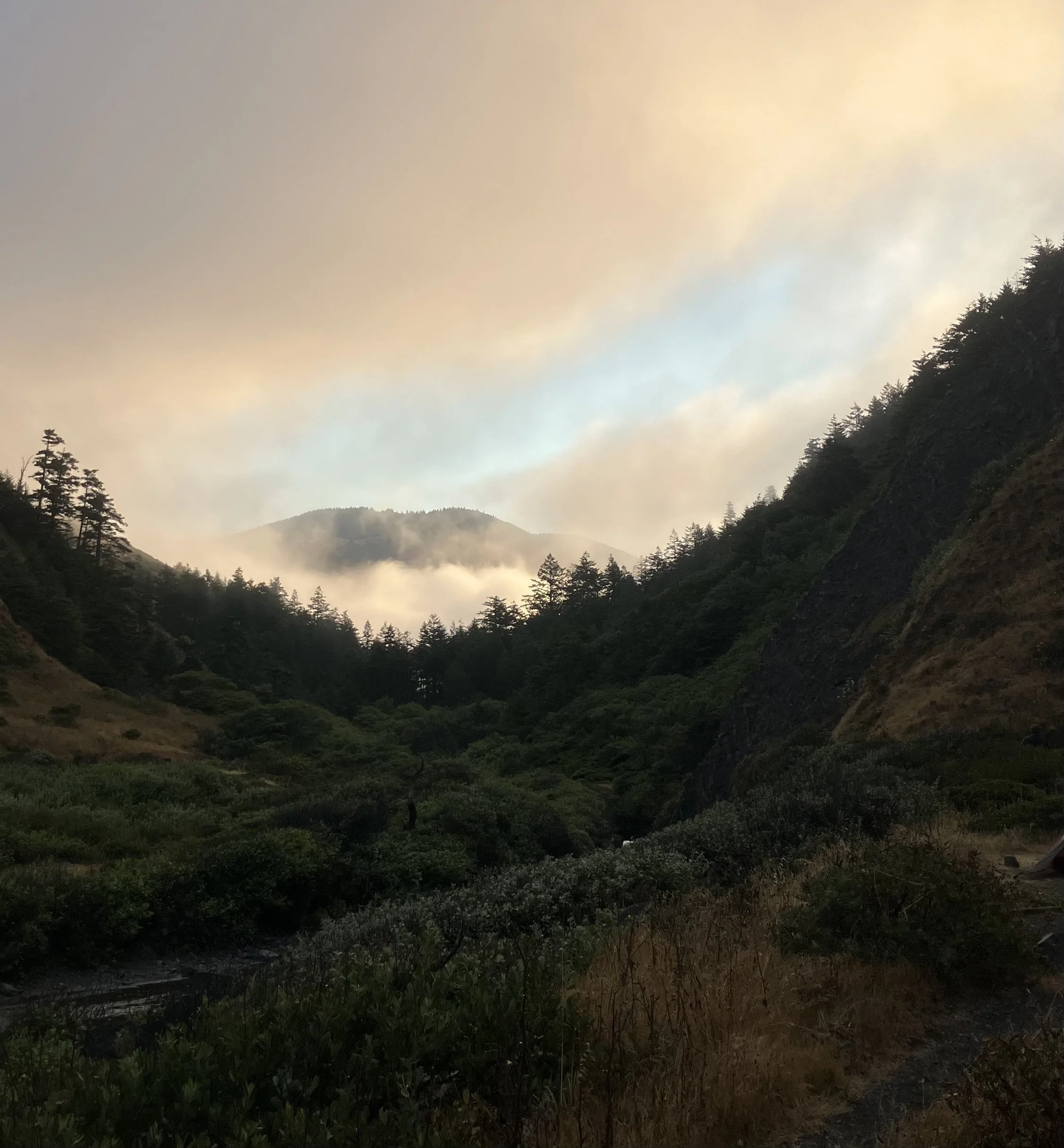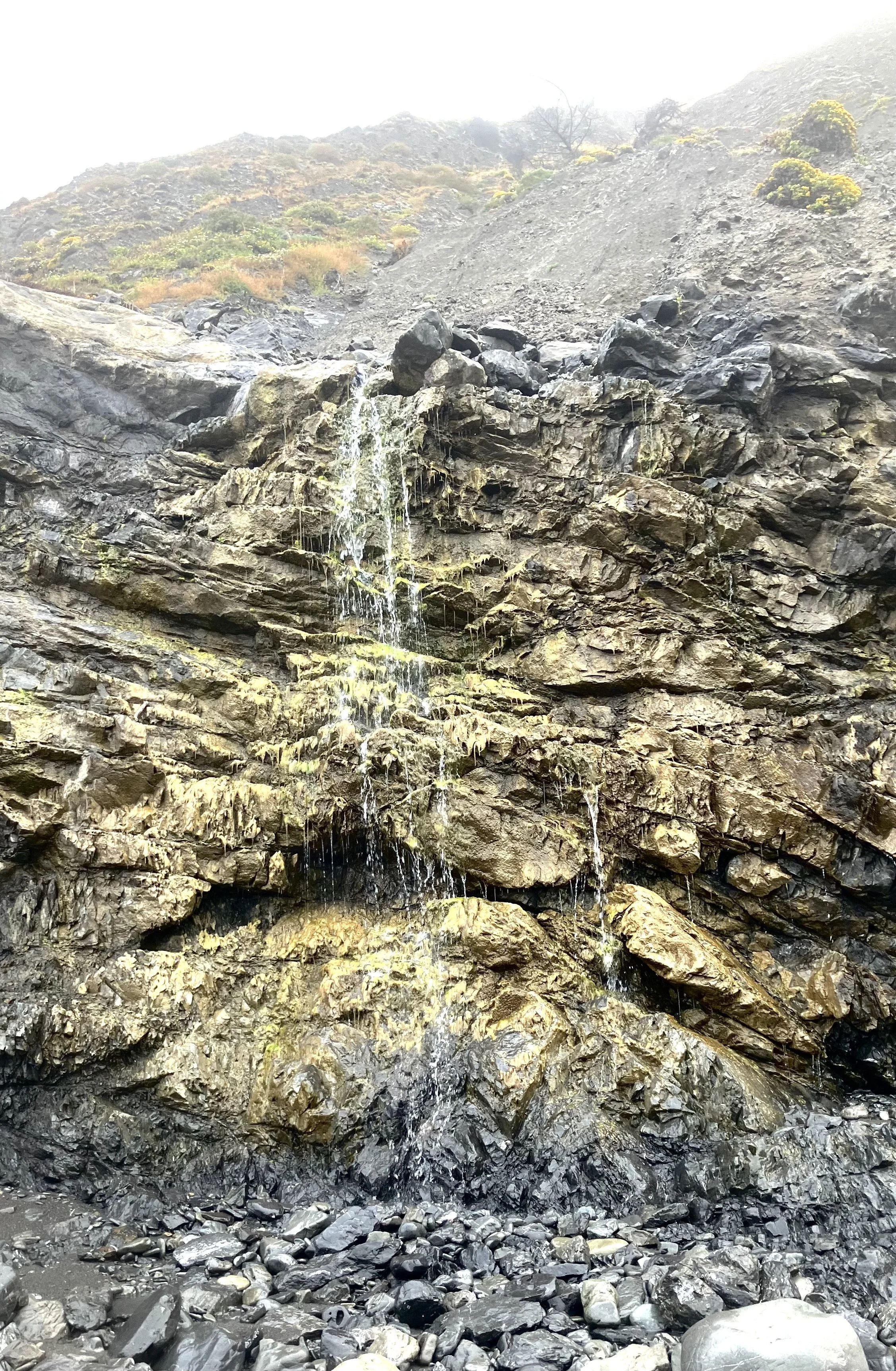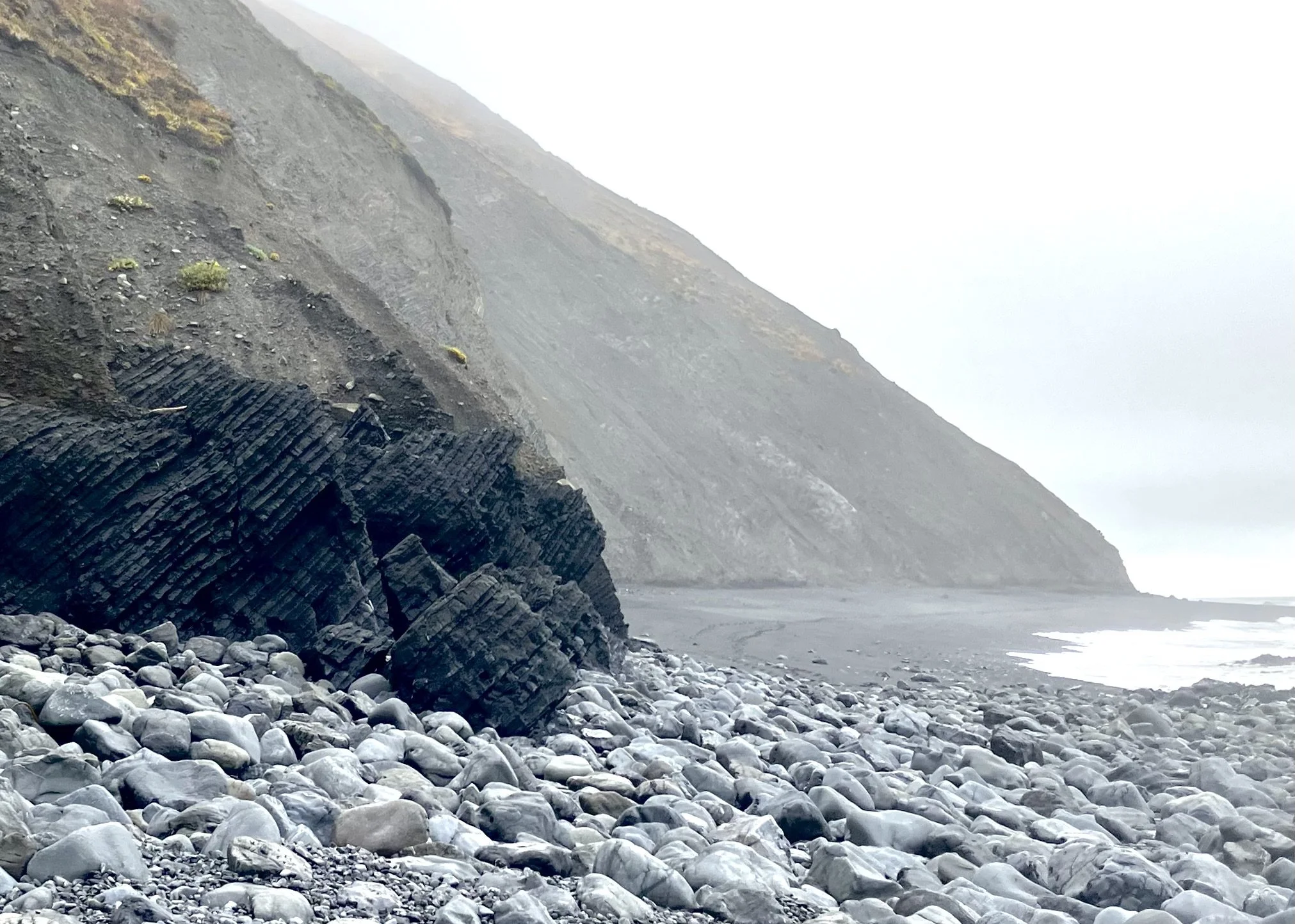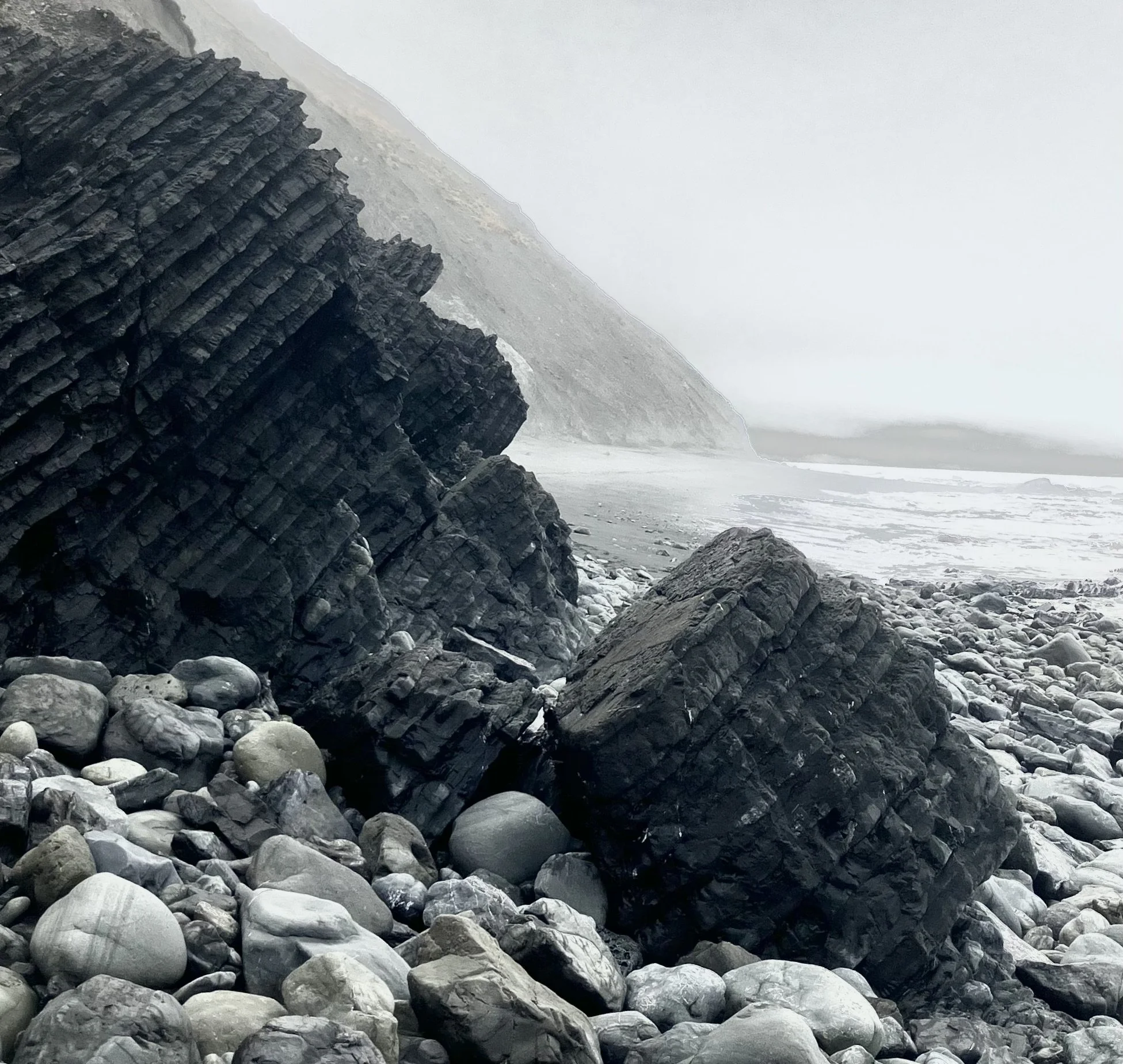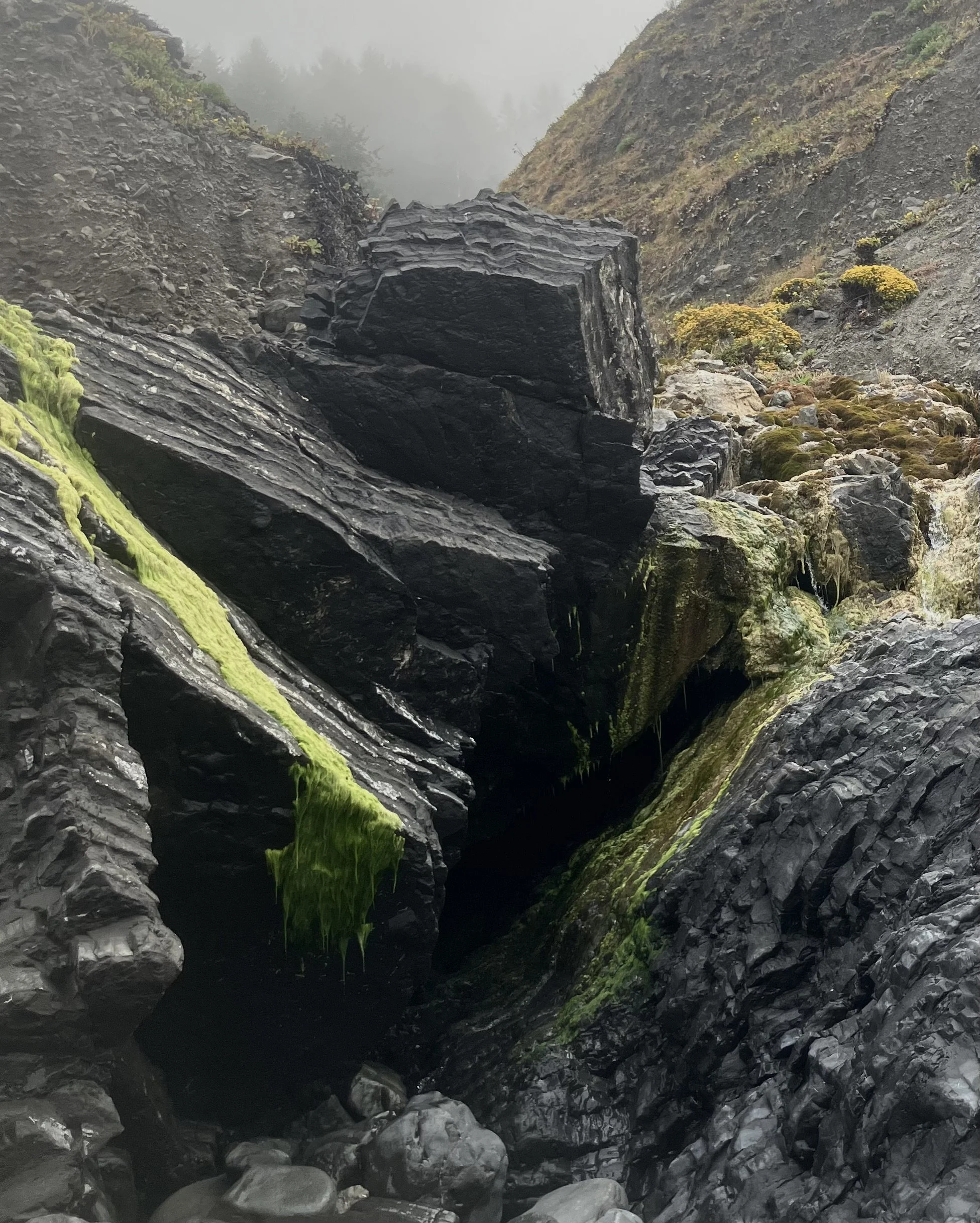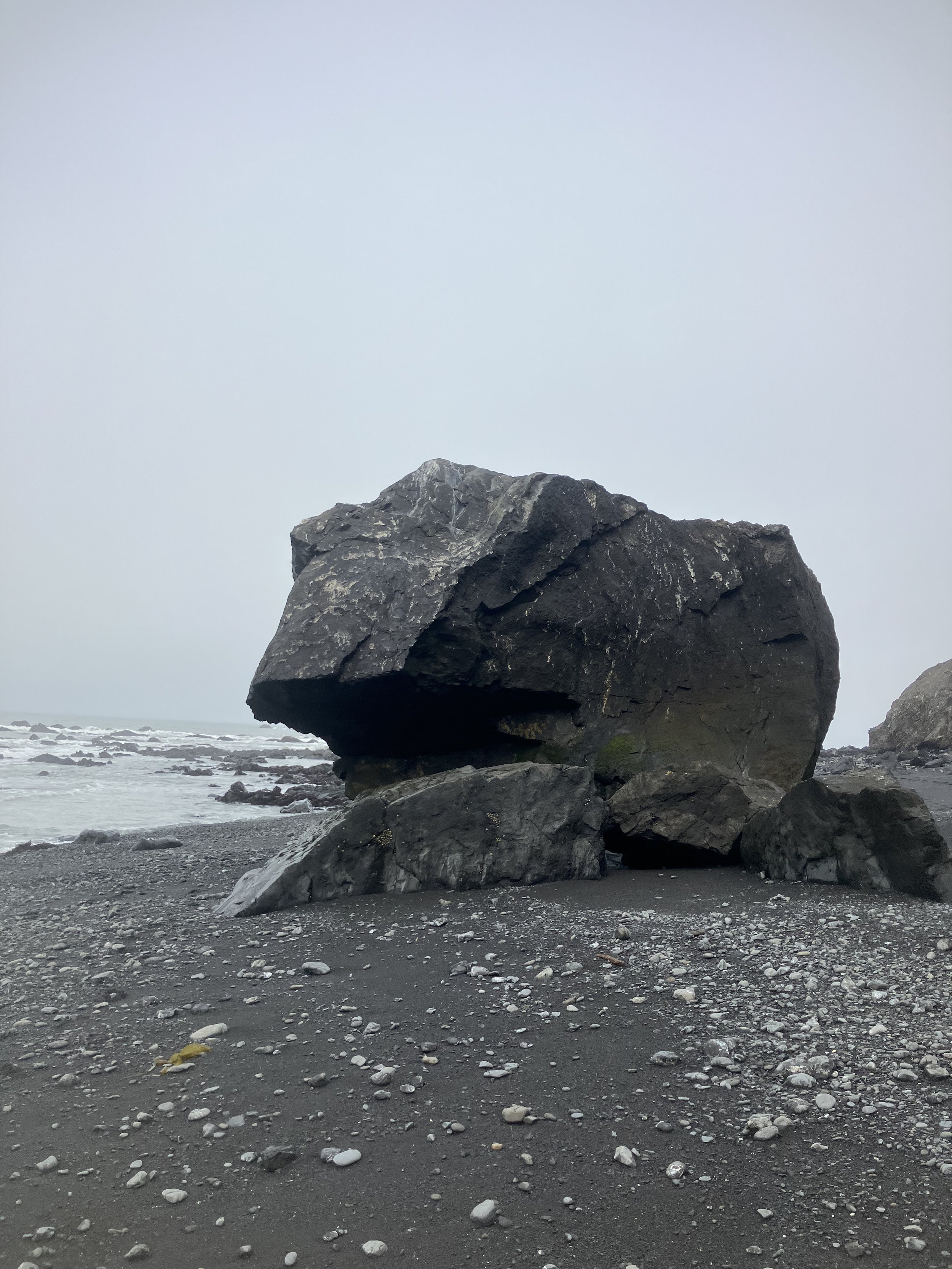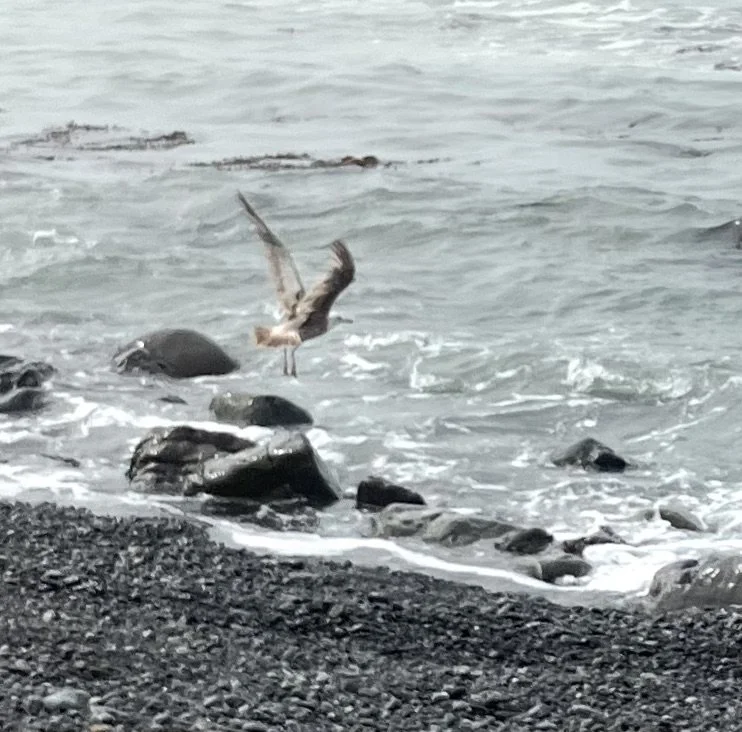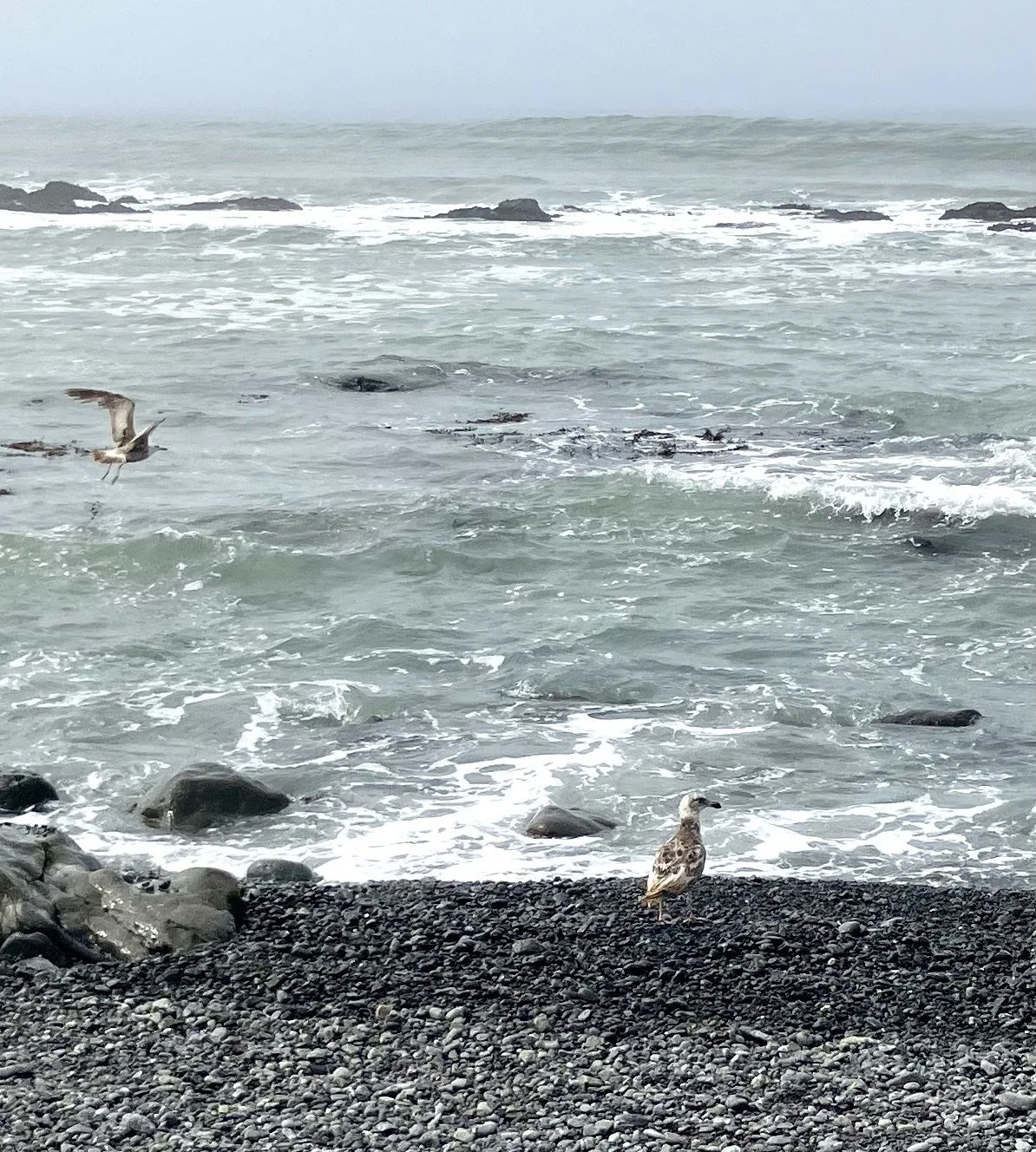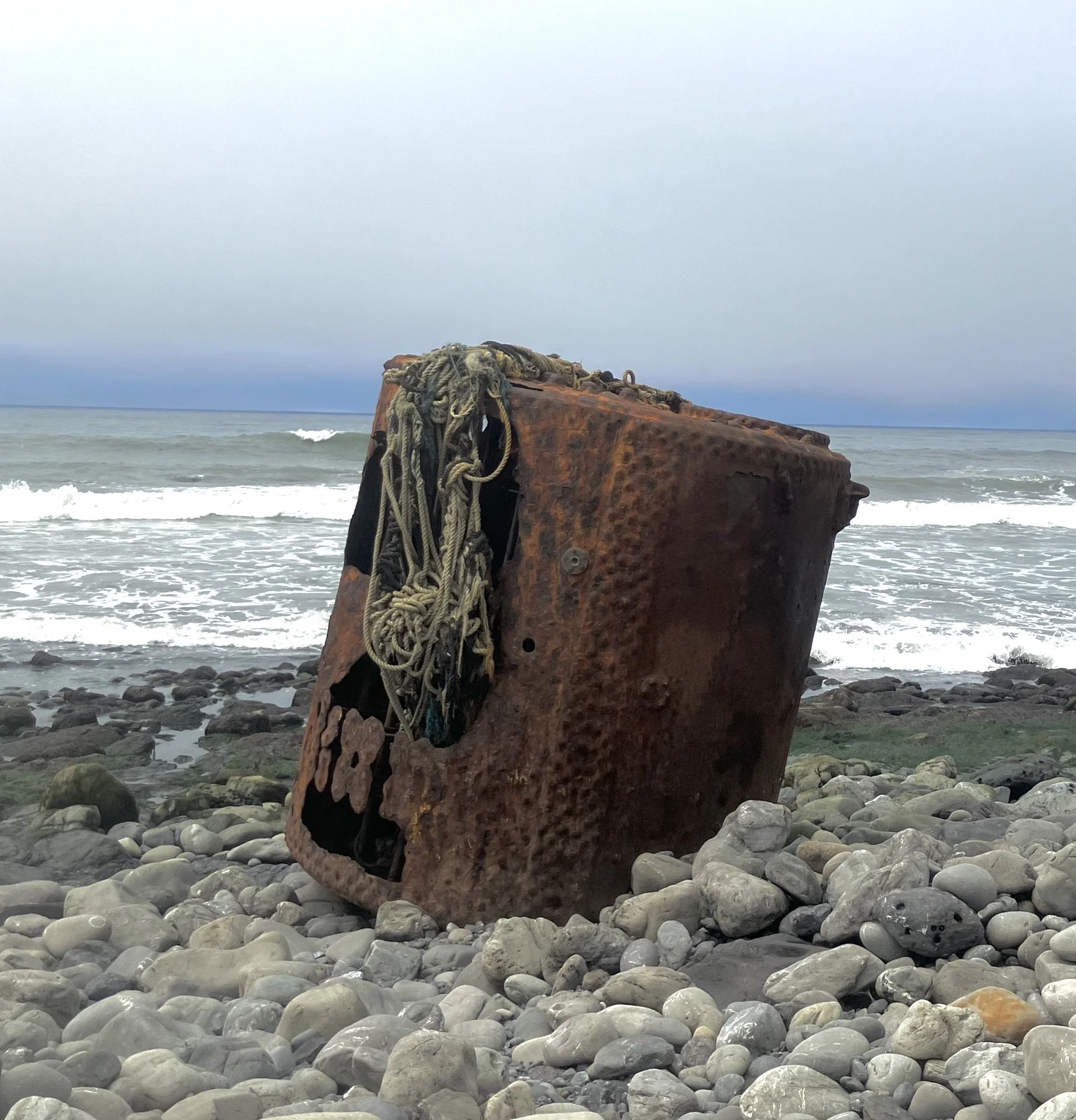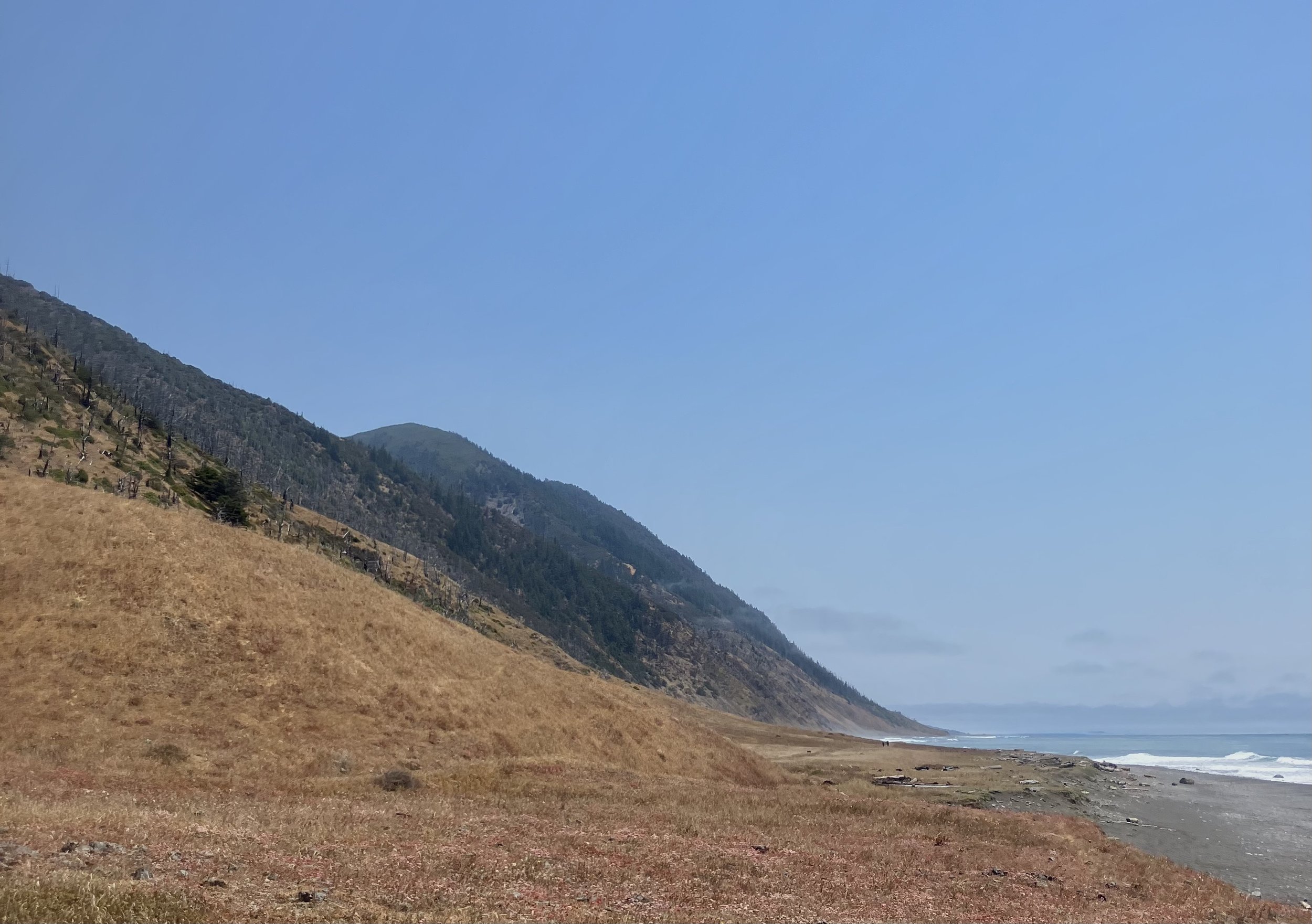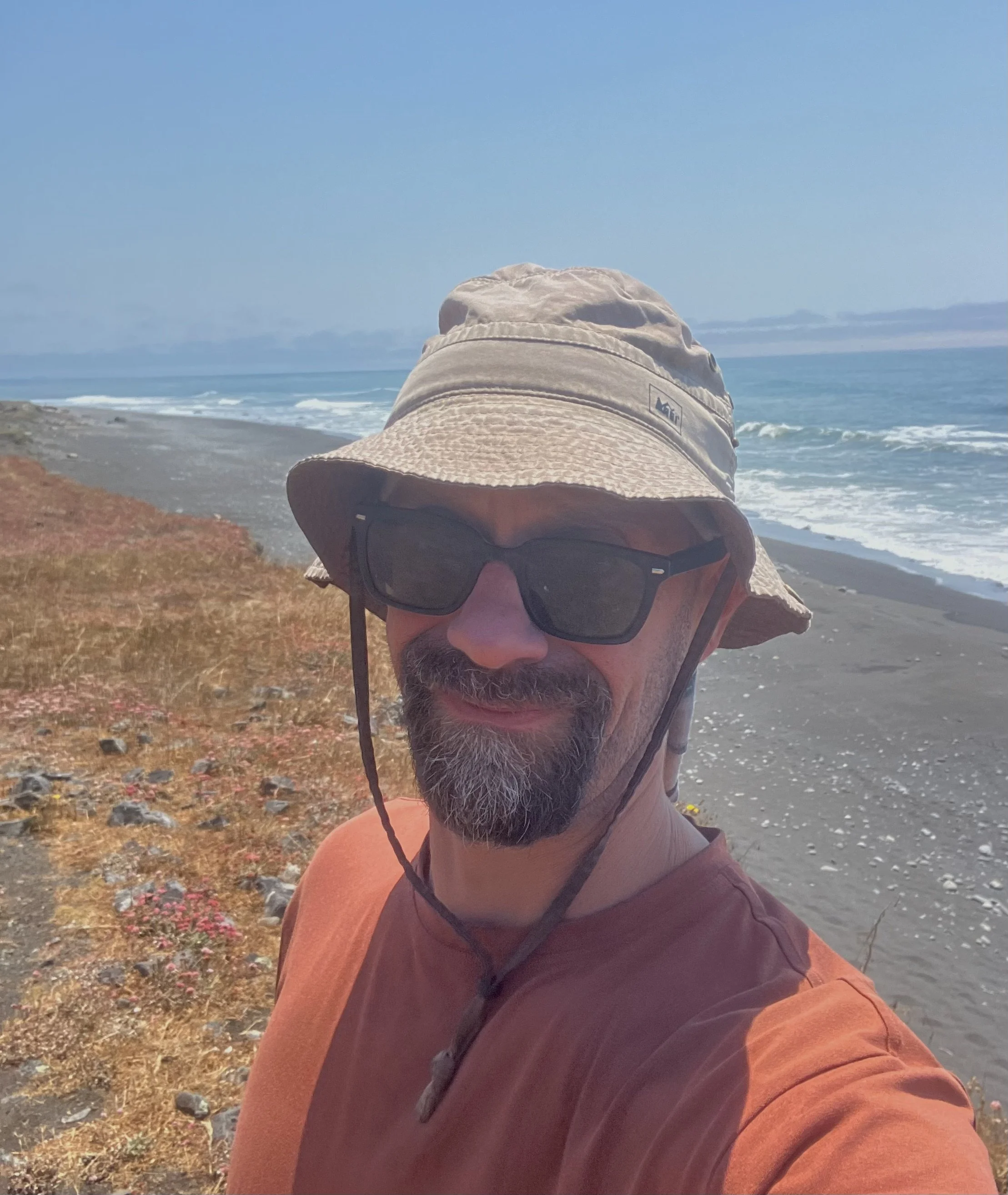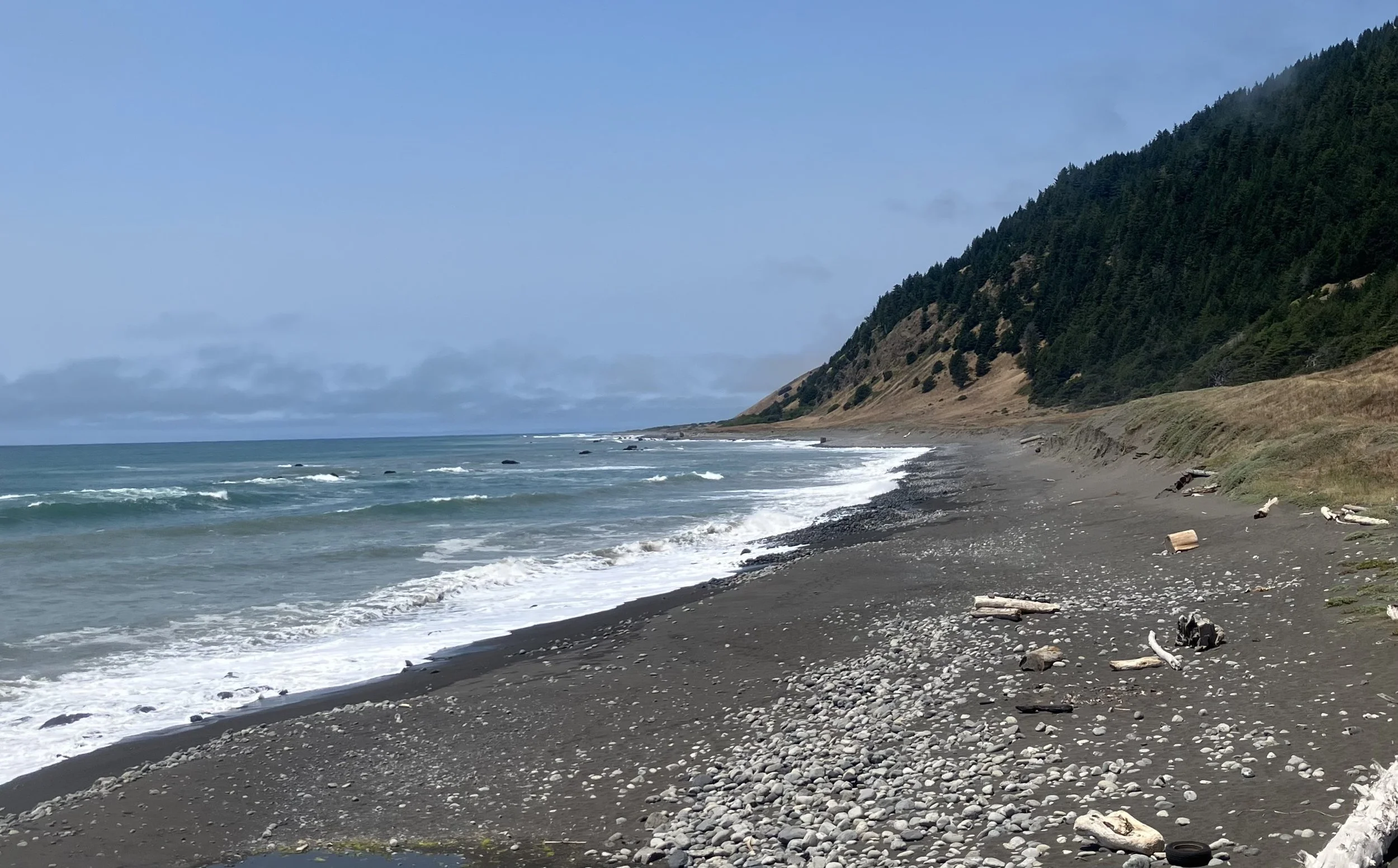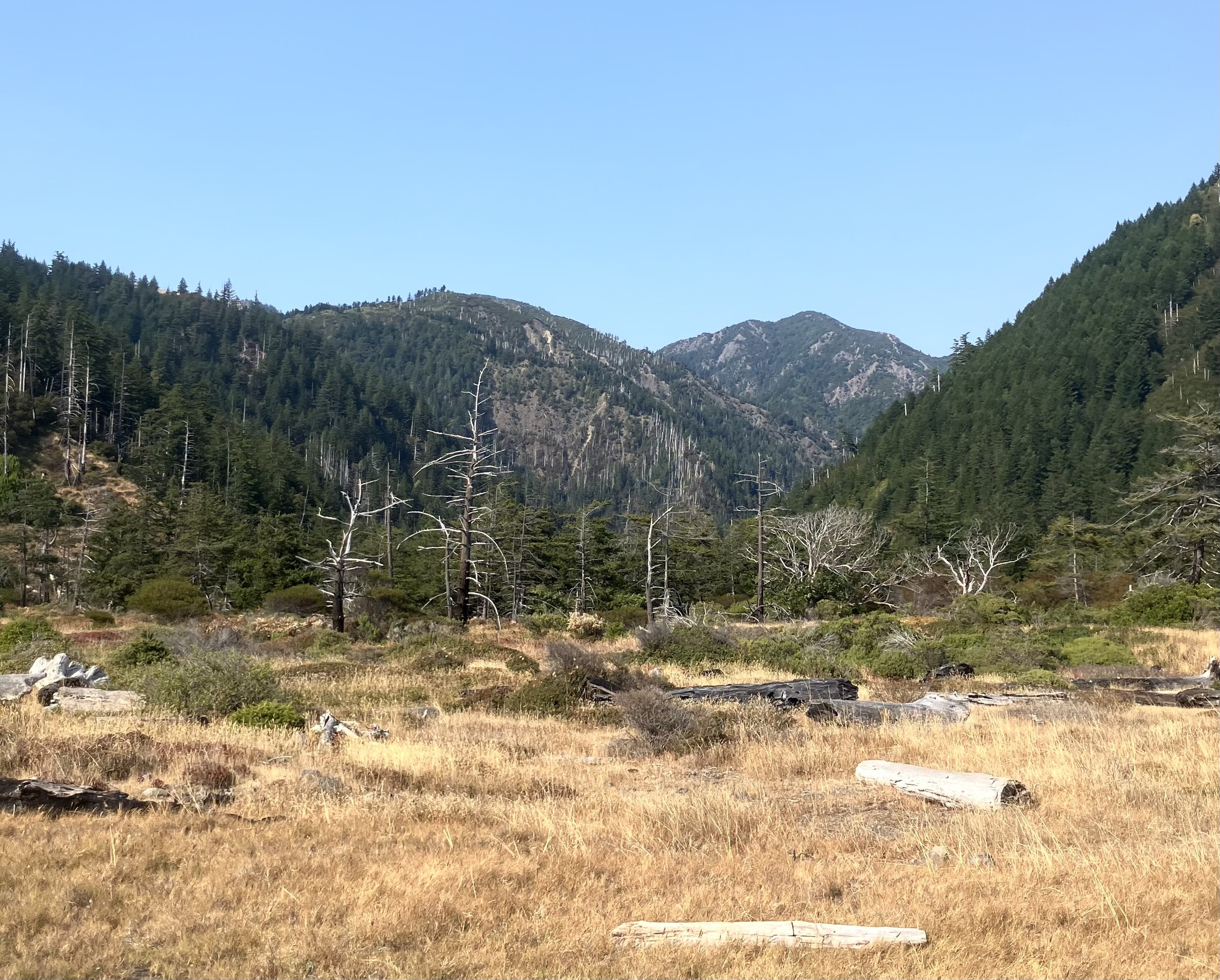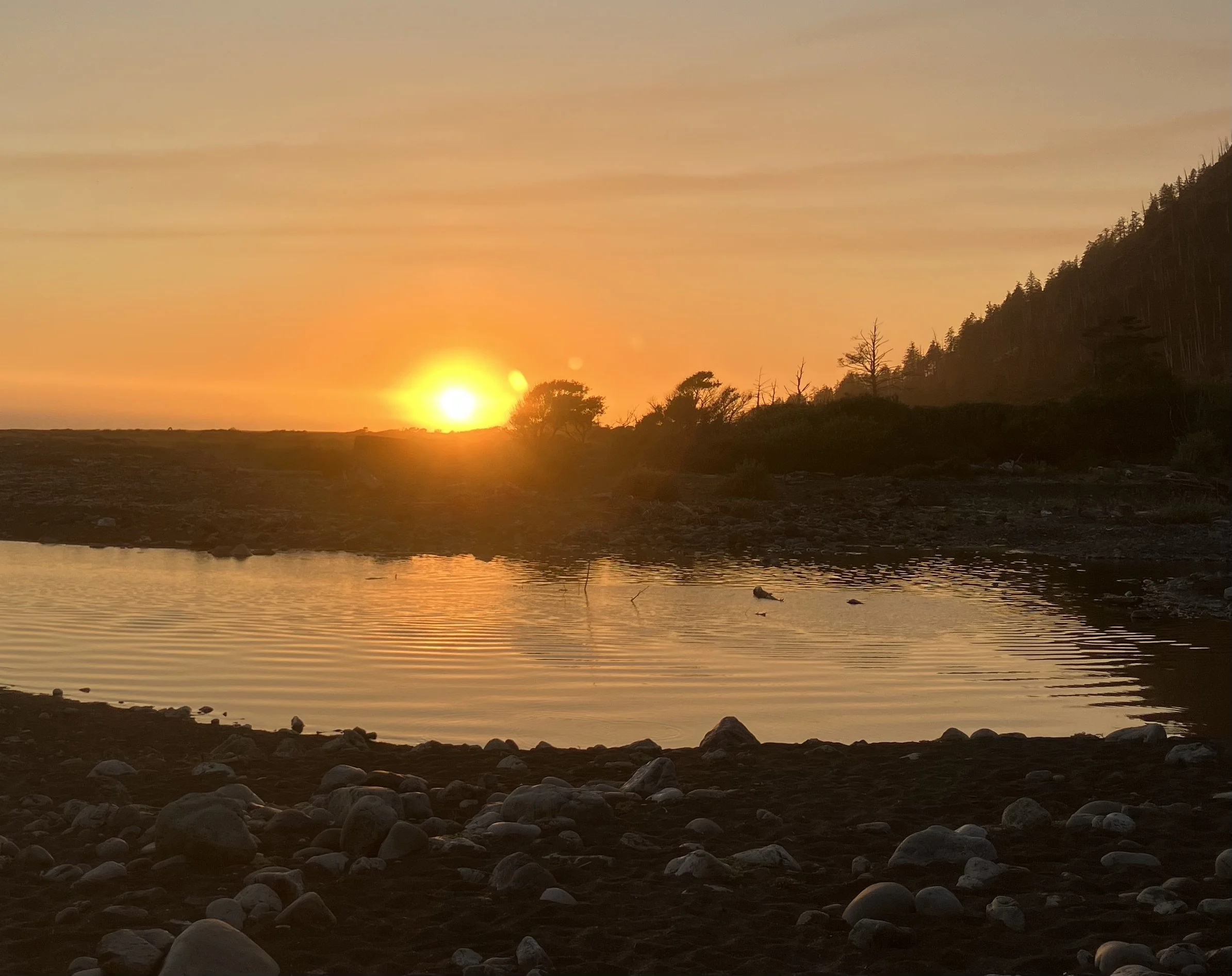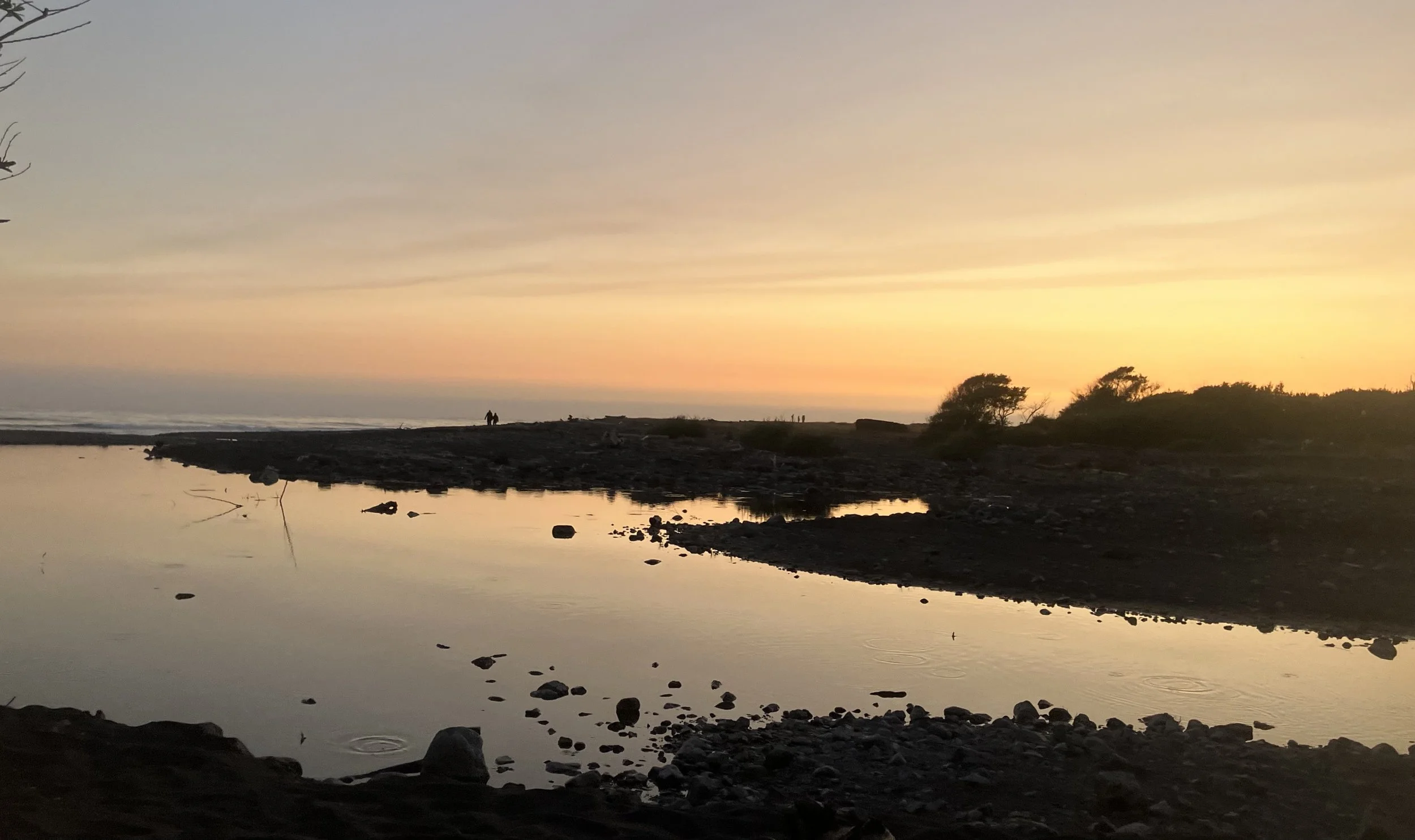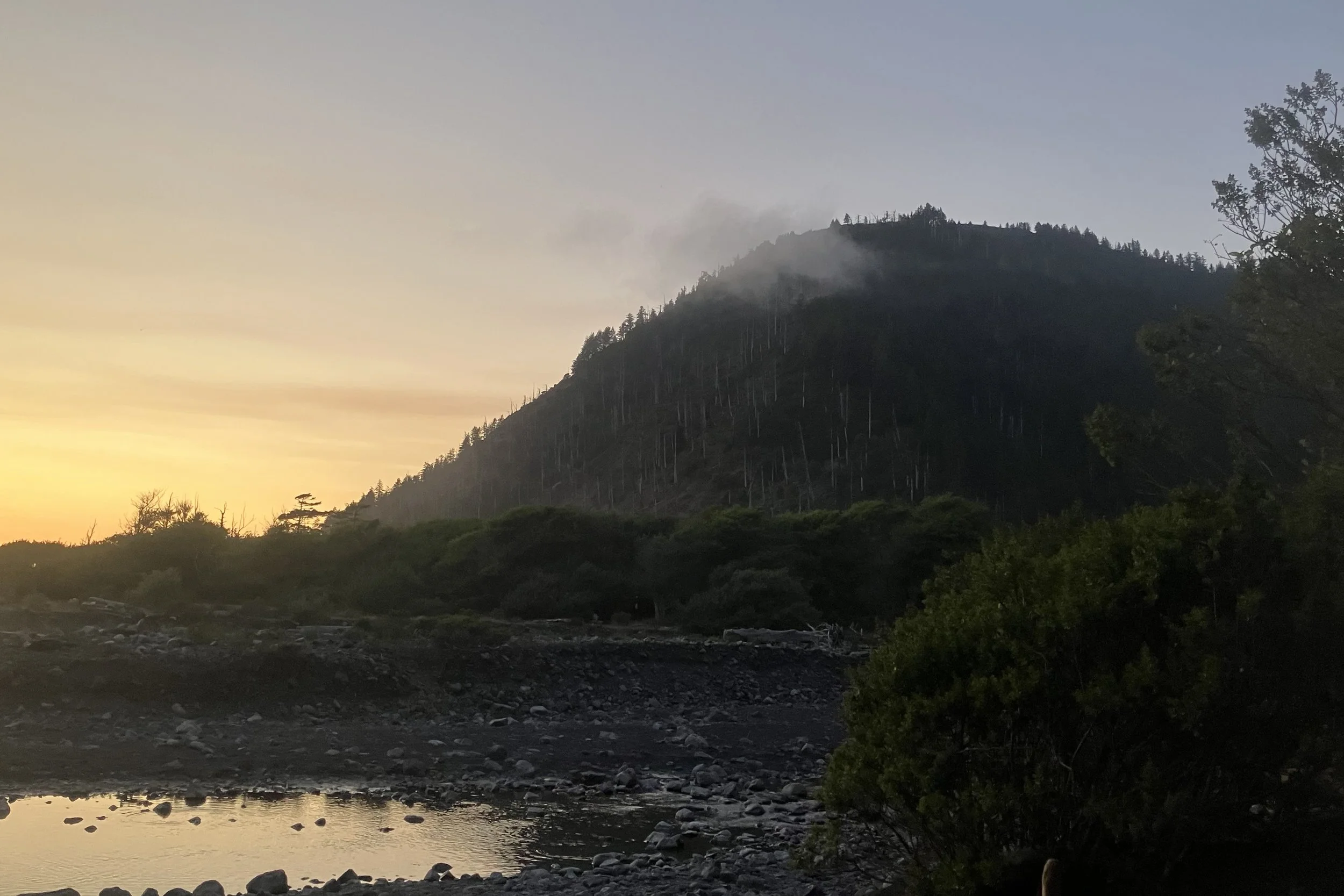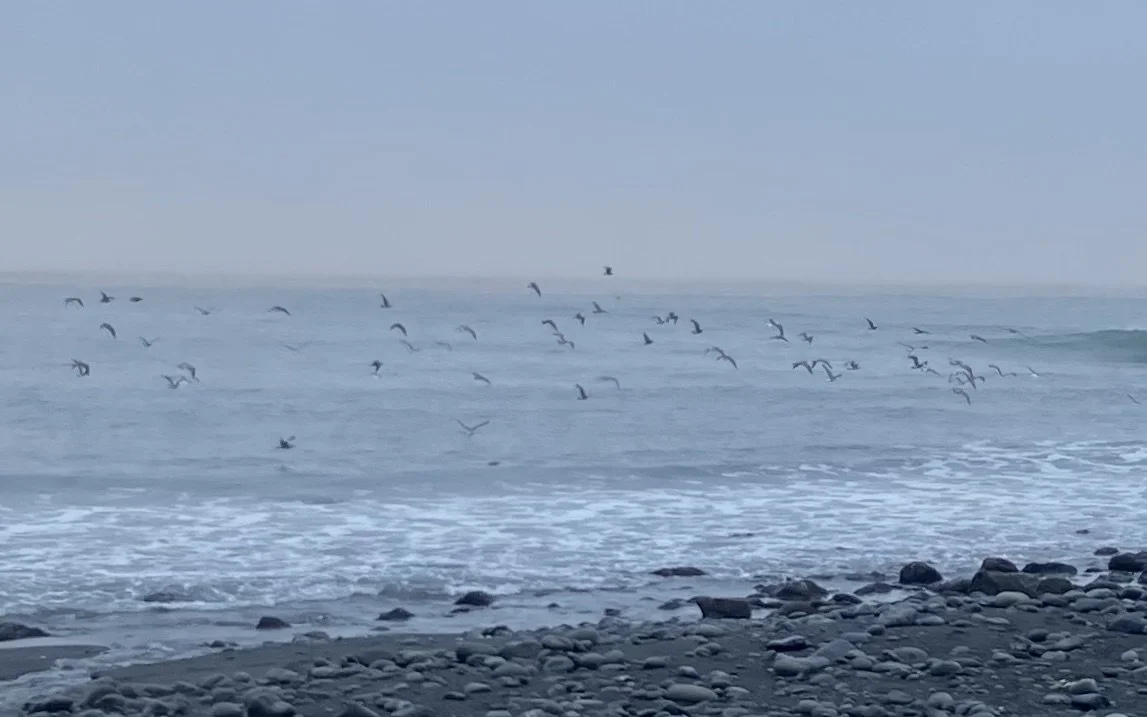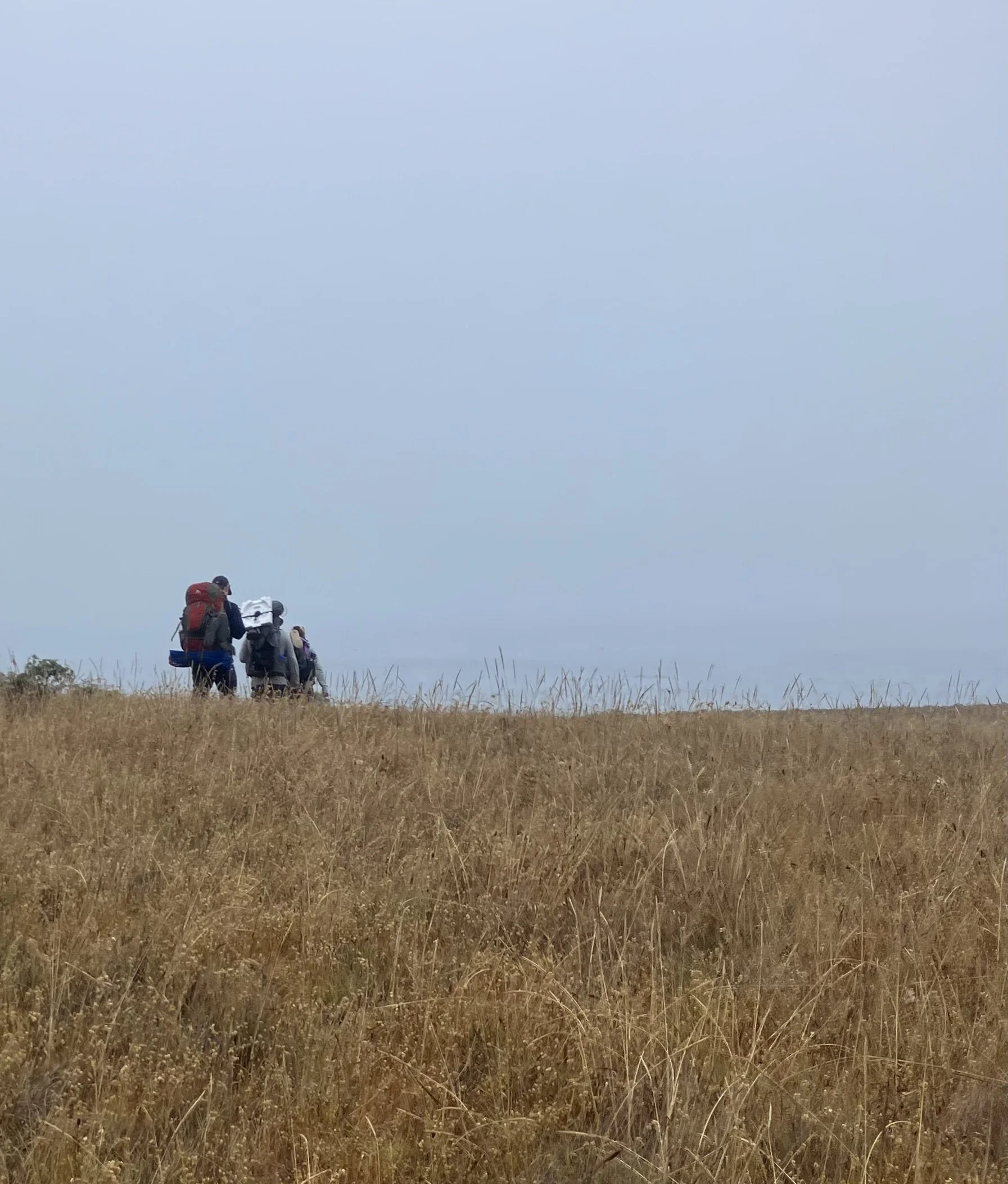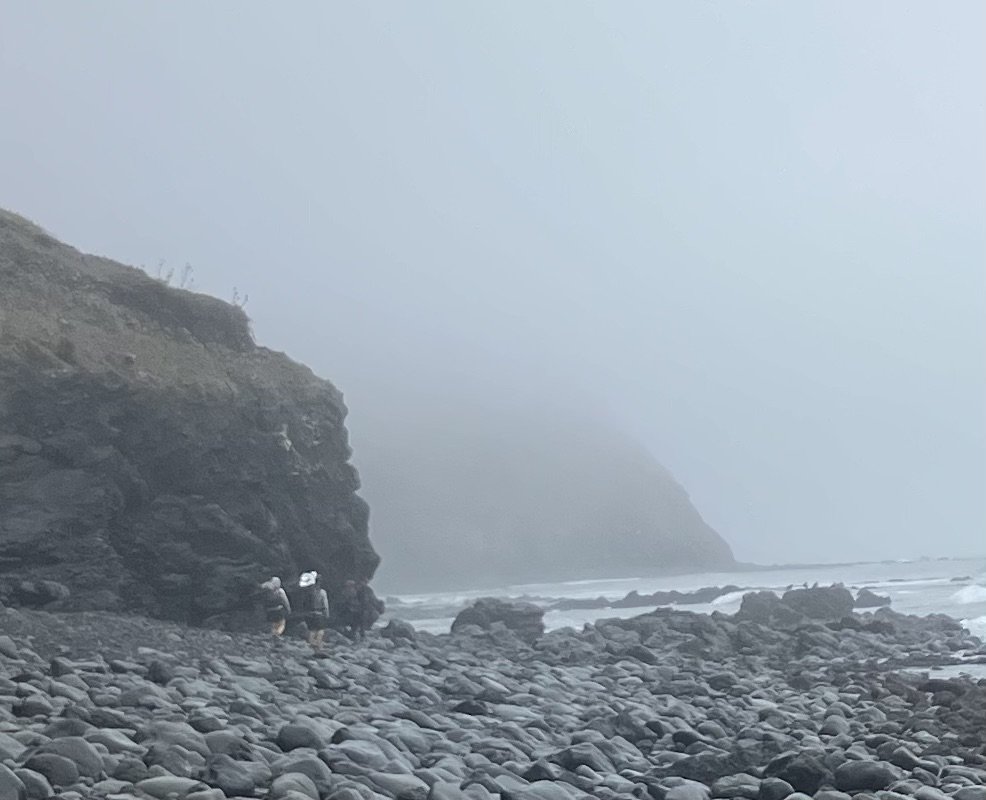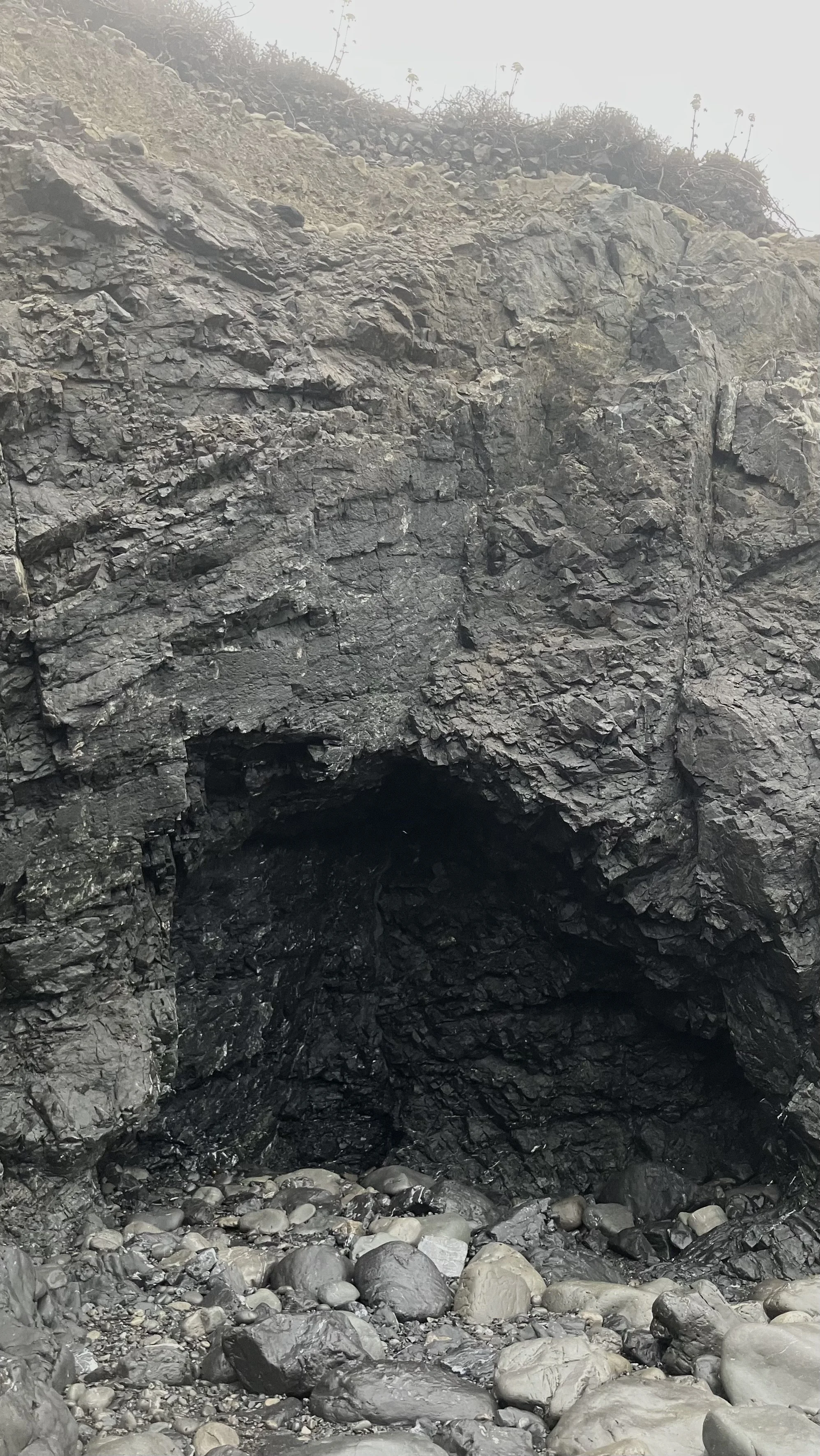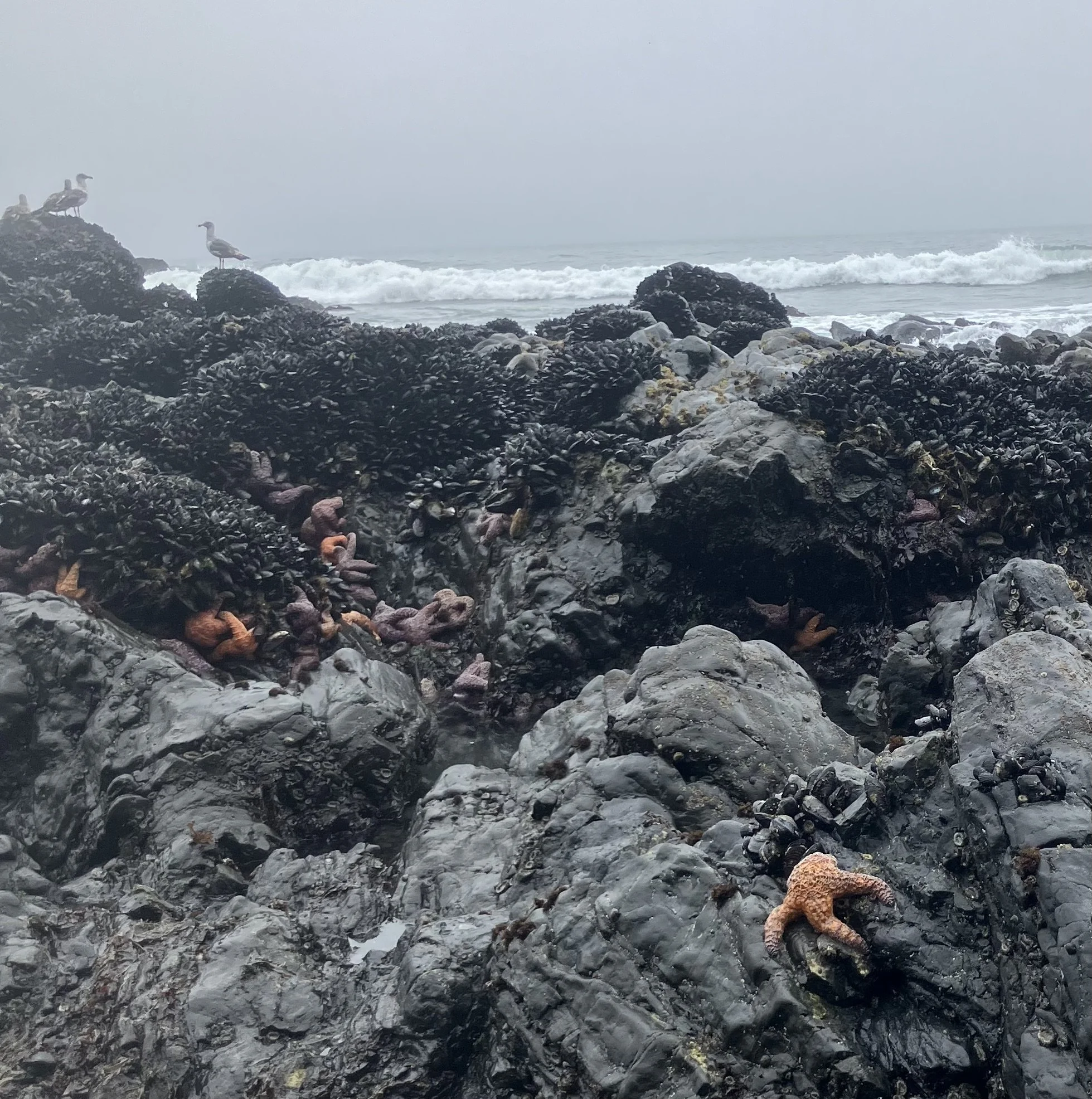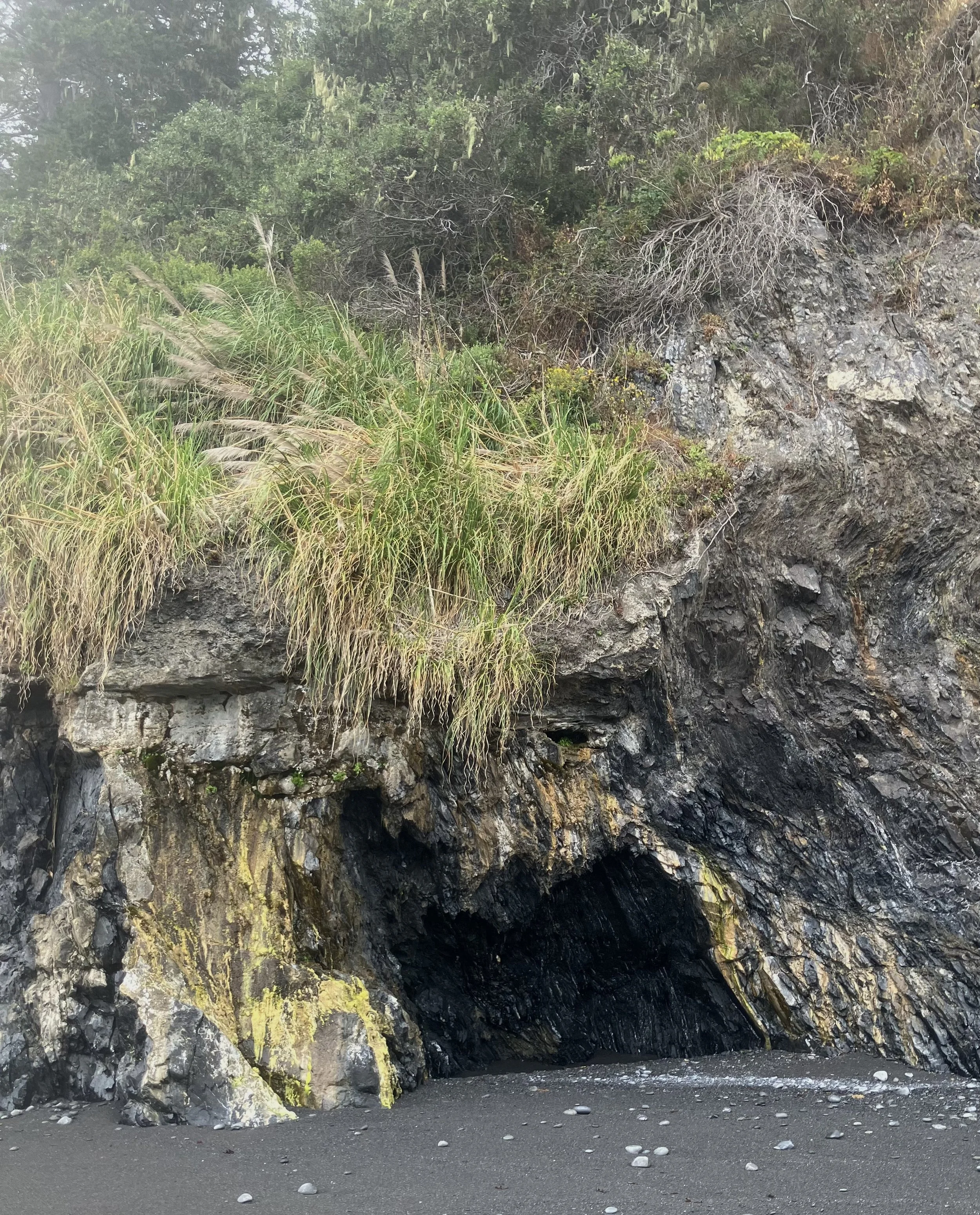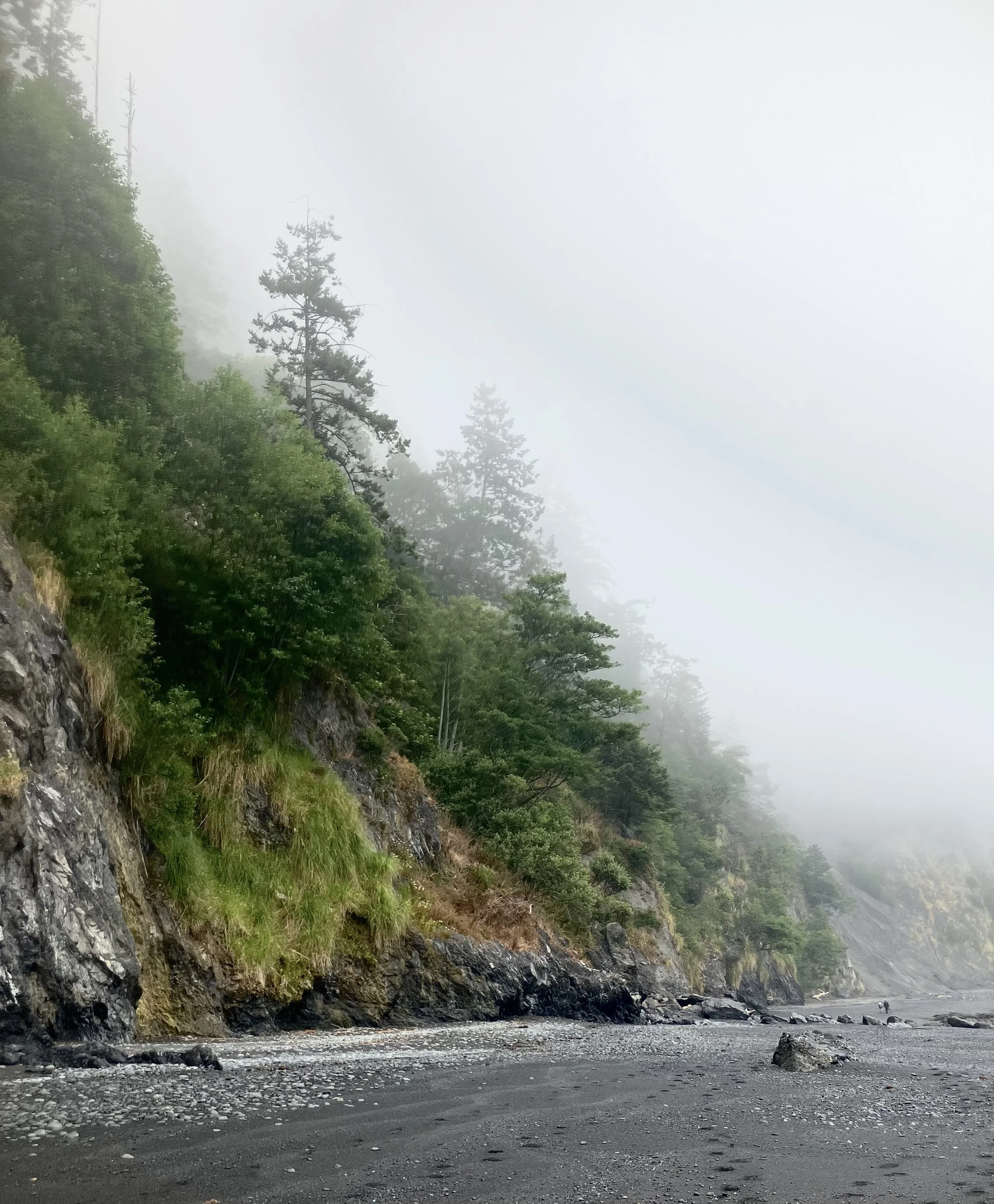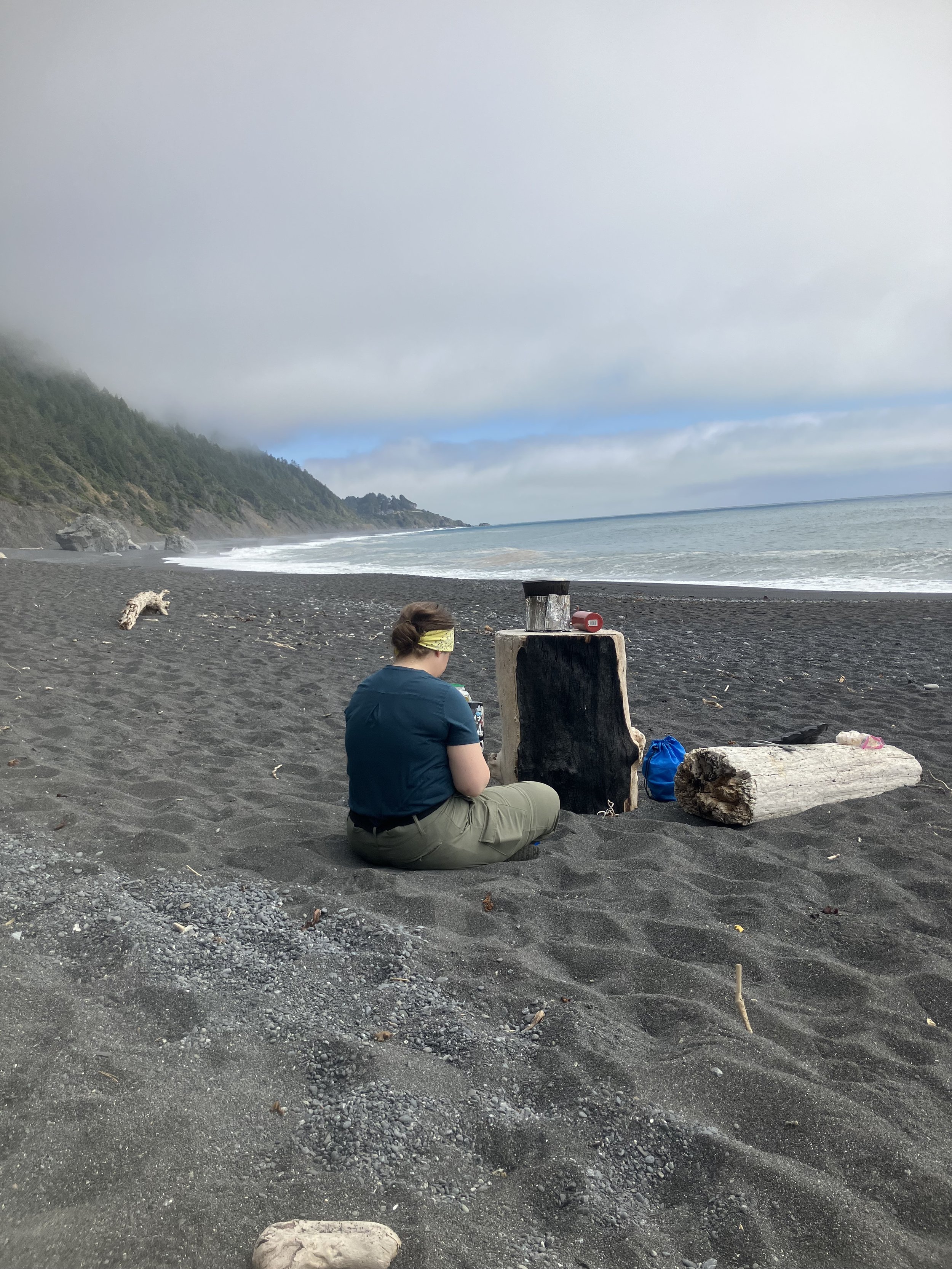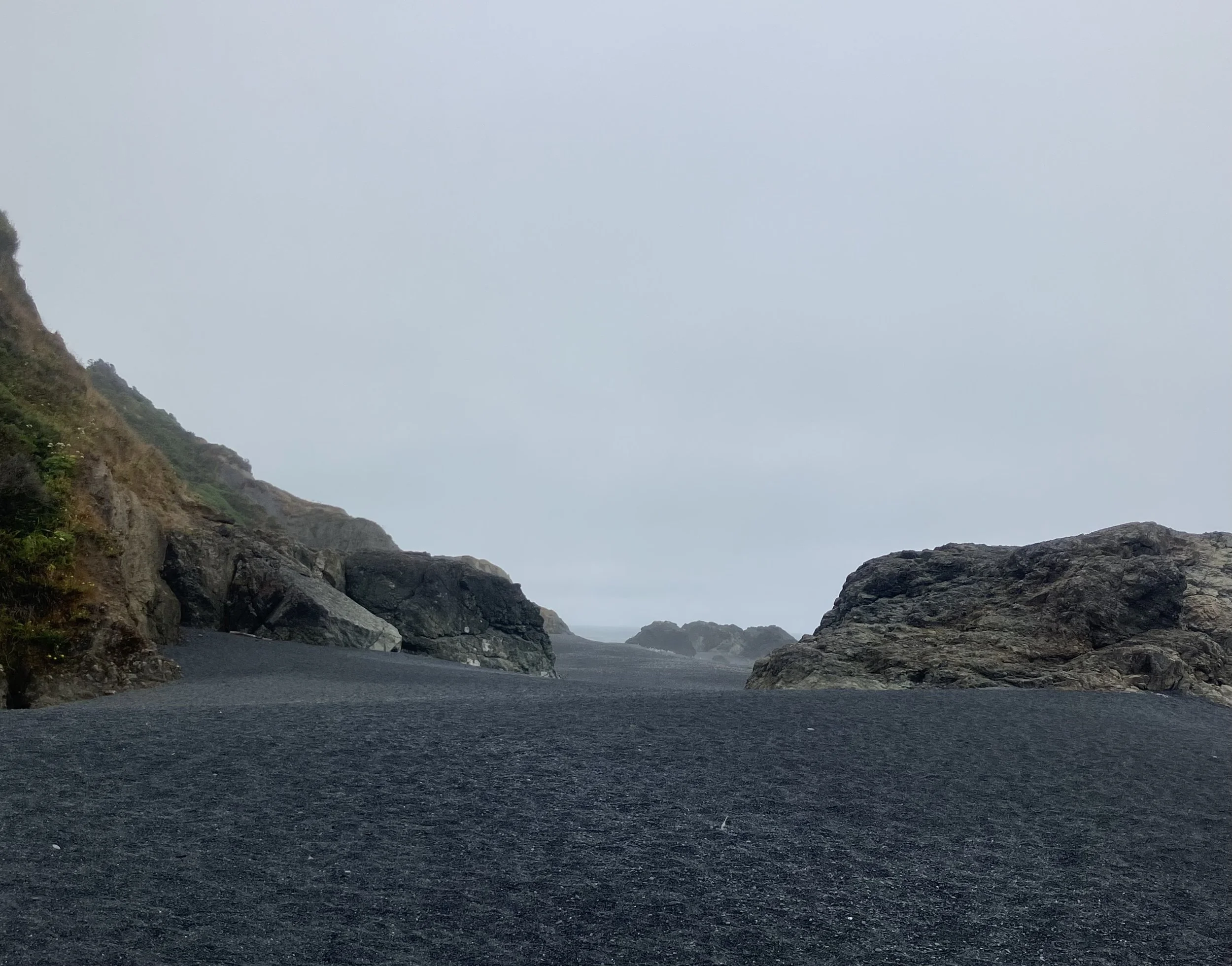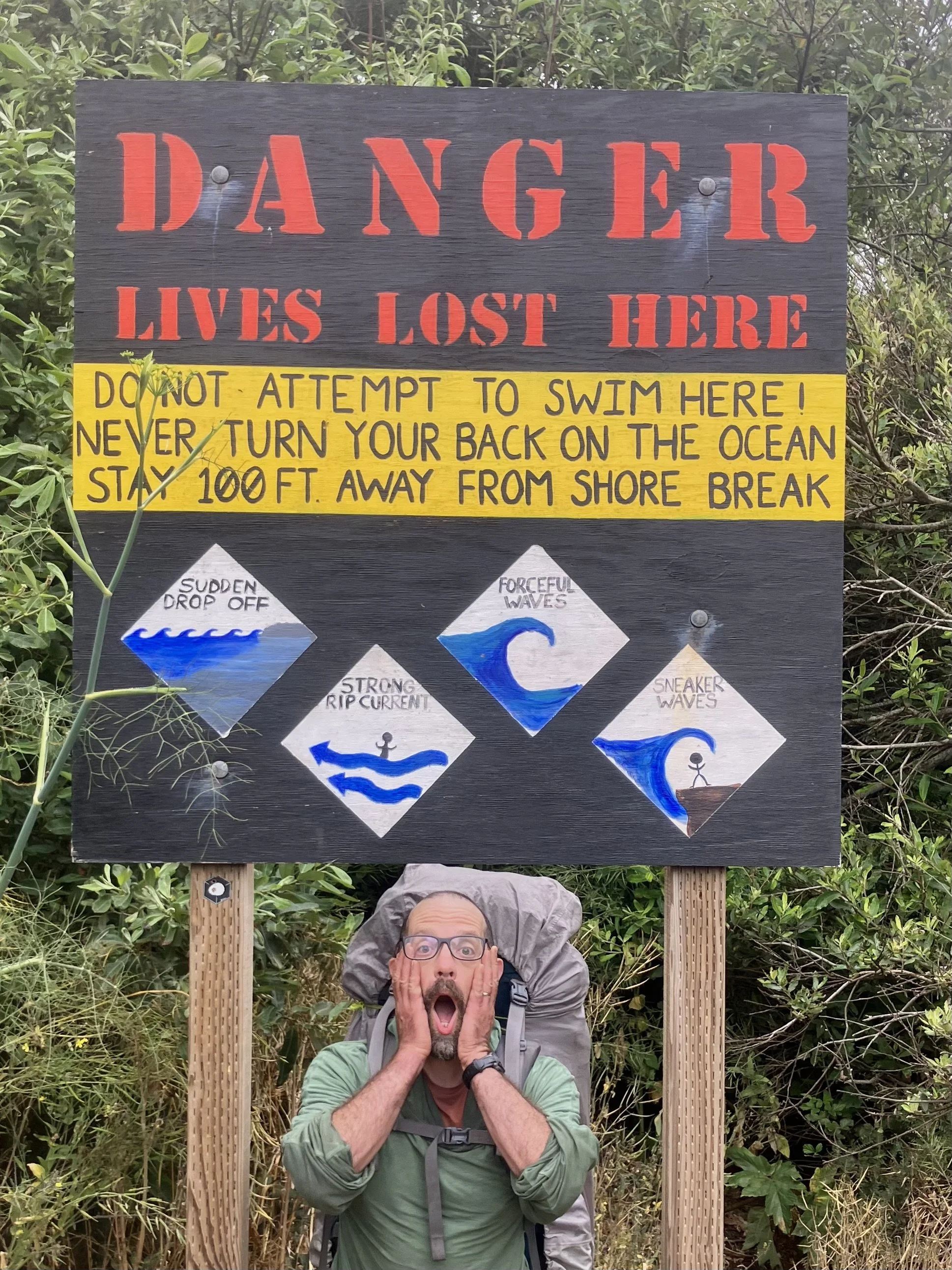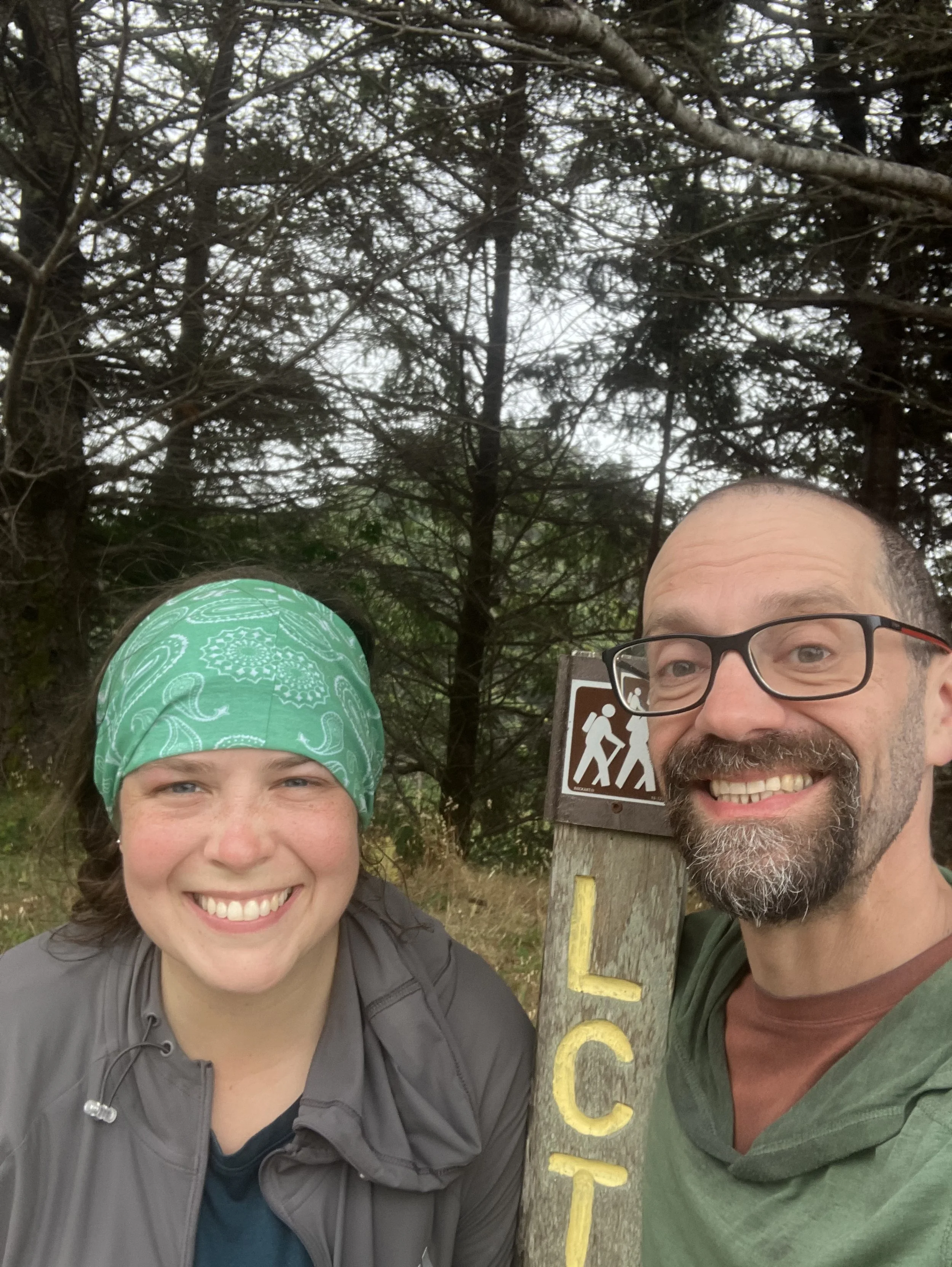Lost Coast Trail - A Liminal Experience
Liminality is a term that is often over-used and missed used. It is not just a thin space or an in-between, but is a space of stripping away and claiming something new (see Victor Turner’s essay in his work Forest of Symbols). It is a space where something moves from one thing to another. The 5-day, 25-mile hike I did on the Lost Coast Trail was an engagement in liminality.
First the obvious. The trail walks mostly on a beach right next to an ocean. There are a handful of times that you could be on a bluff, a little separated from the ocean, but for the most part the waves are always right next to you, on your right or left, depending on what direction you are walking. It is a stunning end-to-end hike with lots of excellent places to camp, plenty of fresh-water sources, and great views. But it is also an experience of liminality.
Depending on the time of day, you may be walking along the beach as the tide is going out, and notice all of the animals that lingered. Notice the water seeping into the sand with each wave, and realize that there is a thin line that divides the ocean from the space where you are walking. Over that line is a space teeming with the life of jelly fish, elephant seals, star fish, and water fowl. Seaweed sways, mollusks grow, and life is vibrant. On the beach, with the waves, there is life as well, but the life of the water gives way to the life of the land. The presence of the jelly fish drying in the sun and crab shells no longer housing any living thing is a reminder that the beach is a space between the land and the sea. The waves themselves are active practices in liminality, carving and softening the rocks and stones, moving the earth in a glacial pace, from one state of being to another. The constant sound of the waves, day and night, reminded us of all that was happening, of the kinetic reality of the beach.
And then, 50 feet or more up the shore are the bluffs, mountains, and forest. If there is a stream flowing the flora is lush and verdant. If not, the dry Spanish grass is attempting to inch closer and closer to the salt water. It is a space of land-dwelling life trying to move into the life of the ocean. The trail walks along that liminal space where there is life on either side but never mixing.
This idea of liminality can be expanded a little more with the presence of other hikers. Part of the experience of thru-hiking a longer trail is that you start to see the same people day after day. The regularity of contact creates a space for a new community, but one that may or may not last. You start alone, or in your small group (in this case there were two of us), but then you start to venture on the edge of being a part of a larger community. By the end of the hike we had found a new community that we enjoyed. We entered into a new space with hikers we had never met before.
Perhaps the biggest reminder of the liminality of the Lost Coast trail was the presence of death that we found again and again. Death and life. We saw the carcass of a seal, a porpoise (or dolphin – I didn’t look close enough to tell), a sting ray, and a deer. The beach is a place of death. And yet a place of life with all of the growth, all of the movement, even and especially with the bodies of death. We were in-between spaces and stages of life, death, and growth.
Of course, the trail is more than just liminality. There is a lot of sand to walk on, and small stones, and larger stones, and even larger stones, and then back to the sand. Walking on sand is tedious and slow, but that is part of hiking and experiencing any kind of wilderness.
You could hike the trail in three or four days if you wanted to and enjoy yourself. You could focus on just getting from one end to the other. But if you are fortunate enough to enjoy the Lost Coast Trail, I would encourage you to take some time to consider and meditate on the liminality of the experience. Be aware that you are in-between, standing in a space that is ending and becoming.
